“MODERN”
A Selection of the Öner Kocabeyoğlu Art Collection on École de Paris
Curator: Derya Yücel
March 4 – April 1, 2019
Akaretler/ SIRAEVLER No:55
Art's relationship to "reality" was reanalyzed, deconstructed and subverted in the 20th century. Thoughts which argue that the truth or meaning is within the perceived or the image created by the perception focus not on the representation of truth in art, but art's role in achieving "reality". As an object of esthetic experience, the work of art is a liaison between the artist and the spectator, which creates the sensory field of encounter. Abstraction opens a refined space for us to think on the authenticity of this esthetic experience.
With abstract narrative as its fulcrum, École de Paris (the School of Paris) occupies a place in art history as a style that was first defined in the 1930s and continued to develop internally until the 1970s; a style where individual expression finds an outlet through geometric or poetic forms. "School of Paris" is used to describe two distinct groups: One is the non-French artists who lived in Paris from 1910 to 1930. On the postwar period, "New" was added to the term (Nouvelle École de Paris) to describe abstract painters who live in Paris, regardless of whether they are French or foreign. The School of Paris evolved from a style to a phenomenon that went international; it gained its distinctive place in modern art history as an inclusive, expansive school.
The School of Paris selection of the Öner Kocabeyoğlu Art Collection titled "MODERN" focuses on the Lyrical and Geometric-Abstract works of a generation of artists who have bestowed Turkish modern art with their creative heritage. The selection features works by first-generation artists who joined the School from 1945 to 1960, and second-generation artists who experienced the School in Paris after the 1970s, including Fahrelnissa Zeid, Fikret Mualla, Hakkı Anlı, Abidin Dino, Selim Turan, Adnan Varınca, Avni Arbaş, Nejad M. Devrim, Mübin Orhon, Burhan Doğançay, Ömer Uluç, Albert Bitran and Yüksel Arslan.
Bringing together works by artists who were involved in an era of Turkish art history where strong ties were built and works were produced simultaneously with the West, the exhibition takes a fresh look at artists who experienced the School of Paris on surfaces enriched with the sensory properties of color, staining, composition and form, and thus made their mark on modern art history.
The Öner Kocabeyoğlu Collection is one of the leading collections that features significant works by modern, contemporary and emerging artists. Over 1500 works by more than 100 artists in the collection are shared with the public through research, publications, and curatorial exhibitions. Exhibits are loaned to many national and international museums and institutions by way of partnership agreements. The collection has its roots in Turkish artists of the Paris School, and continues to expand with the works of 20th Century Modern Art, post-1960 Contemporary Art, new artists of young generations, and globally-recognized contemporary artists.
“When I paint, I find that I become one with all living beings, or the universe as the sum total of the infinite diversity of existence. Then I cease to be myself and become a part of the creative process that is purged of identity, where I blast out those paintings like a volcano spouting molten rock and lava. More often than not, I need to check a canvas I just finished to understand what I have depicted. Sometimes, I stand in awe at the multiplicity and diversity of what I have made.”
Fahrelnissa Zeid
(Roditi, E., 1988. Dialogues on Art with Fahrel Nisa Zeid, trans. Fatih Özgüven, Milliyet Sanat Dergisi, 206, 16)
“I don't claim to paint figurative or abstract art alone. I paint all of them. I am not tied to other artists or schools of art. I try to remain outside of all trends and movements."
Fikret Mualla
(Dino, A., & Güler, A., 1980 Gören Göz İçin Fikret Muallâ, Istanbul: Cem Publishing 115)
“My current preferred technique is counter-light (contre-jour). My patterns are huge blots on a canvas. But their contours are always luminous. My objects do not rest on the ground; they are suspended, as if in empty space. My first period was figurative. I was influenced by Cézanne. In fact, it is a much Cézanne-like style. Then came Cubism, with the influence of Metzinger and Picasso, that lasted until 1961. My third period is abstract.”
Hakkı Anlı
(Akdora, G., 1987, Objelerim Genellikle Kadın, O, Güzel Estetik Yaratık 2000’e Doğru, February 22-28, 49-50)
“In the beginning, was there word or drawing? Or did the two emerge together? There is one thing I do know though: Lines are like words and drawing is like talking - they are vital, inevitable, or I daresay organic, needs. Not much thought should go into it, I guess. It is not much different from how water flows from the spring.”
Abidin Dino
(Dino, A., 1995, Kısa Hayat Öyküm, Istanbul: YKY, 113)
“Painting is confession.”
Avni Arbaş
(Esra Aliçavuşoğlu, December 11, 1998 Cumhuriyet, 6)
“After my hugely successful exhibition in Warsaw this year, I can confirm that the vista of modern art will not be constrained to Cézanne’s Sainte-Victoire Mountains or Picasso’s Côte d’Azur. The artist of today should not limit their appeal to Western audiences; they should consider viewers in Warsaw, Moscow, Samarkand or Peking. There is a new sphere of common artistic existence."
M. Nejad Devrim
(Dostoğlu, H., 2001 Nejad 1923-1995, Galeri Nev, Mas, Istanbul)
“I see colors when I close my eyes. Reds, blacks, other colors. I need to paint them.”
Mübin Orhon
(Melda Kaptana, 2003. Ben Bir Bizans Bahçesinde Büyüdüm, Yapı Kredi Publishing, Istanbul)
“Art cannot exist when truths are being reinvented all the time. Every art movement grows old, quickly becomes academic. Once accepted by the society, it begins to repreat itself. It becomes a prescription refilled by everyone. It evolves into a habit that has long forgotten its reason for existence. This is what fashion or snobbishness is all about. True art can only exist by developing, being in movement, being reborn every moment. Therefore, if a form of art is readily accepted by the society, the artist should have an inkling of self-doubt."
Selim Turan
(Turan, S., 1969. Sanat ve Toplum, Tiglat, Istanbul)
“I may always paint about the same topic, but since the times change, so do myself and my subjects. We just don't notice this change... Besides, it's impossible to repeat yourself as long as you keep painting. Just like Sartre said: I change by remaining constant.”
Adnan Varınca
(Doğanın Özünü Tuvaline Taşıyan Ressam: Adnan Varınca, antikalar.com, 09.12.2011)
“I can't stand garish colors. When I see straight-up purples, yellows, cold blues, all I can think of is to cover them somehow, sully them. Colors that feel like they have been cast aside suddenly rise to eminence and significance in art. Sometimes they complete the picture, sometimes they move the composition to a different level. To me, colors are not the be-all and the end-all; they are transition points, instruments that will lead the painting elsewhere.
Albert Bitran
(Sönmez, N., June 13, 2000 "İstanbul Gezintilerim resmime Yansıdı Albert Bitran" Cumhuriyet)
“Why abstract the nature but not solidify human thought? How many artists have asked themselves this question?”
Yüksel Arslan
(Edgü, F., 1982, Arslan, Ada Publishing, Istanbul)
“Instead of hanging on to a style like a lifeline, I needed to let it go and swim on my own. I needed to take a risk, swim against the current of styles."
Ömer Uluç
(Burcu Pelvanoğlu, May 22, 2010 By Ömer Uluç on Ömer Uluç, Fotografya)
“City walls document the flow of time; they reflect social, political and economic changes while bearing witness to the assault of the elements and traces left by humans. This is what makes city walls edifices to the human experience and an archive of our times. It is abstract expressionism shaped by the elements, depicted by nature, and chosen for its arbitrary beauty.”
Burhan Doğançay
(Half a Century of City Walls: Burhan Doğançay Retrospective Book, May 23 - September 23, 2012, Istanbul Modern)
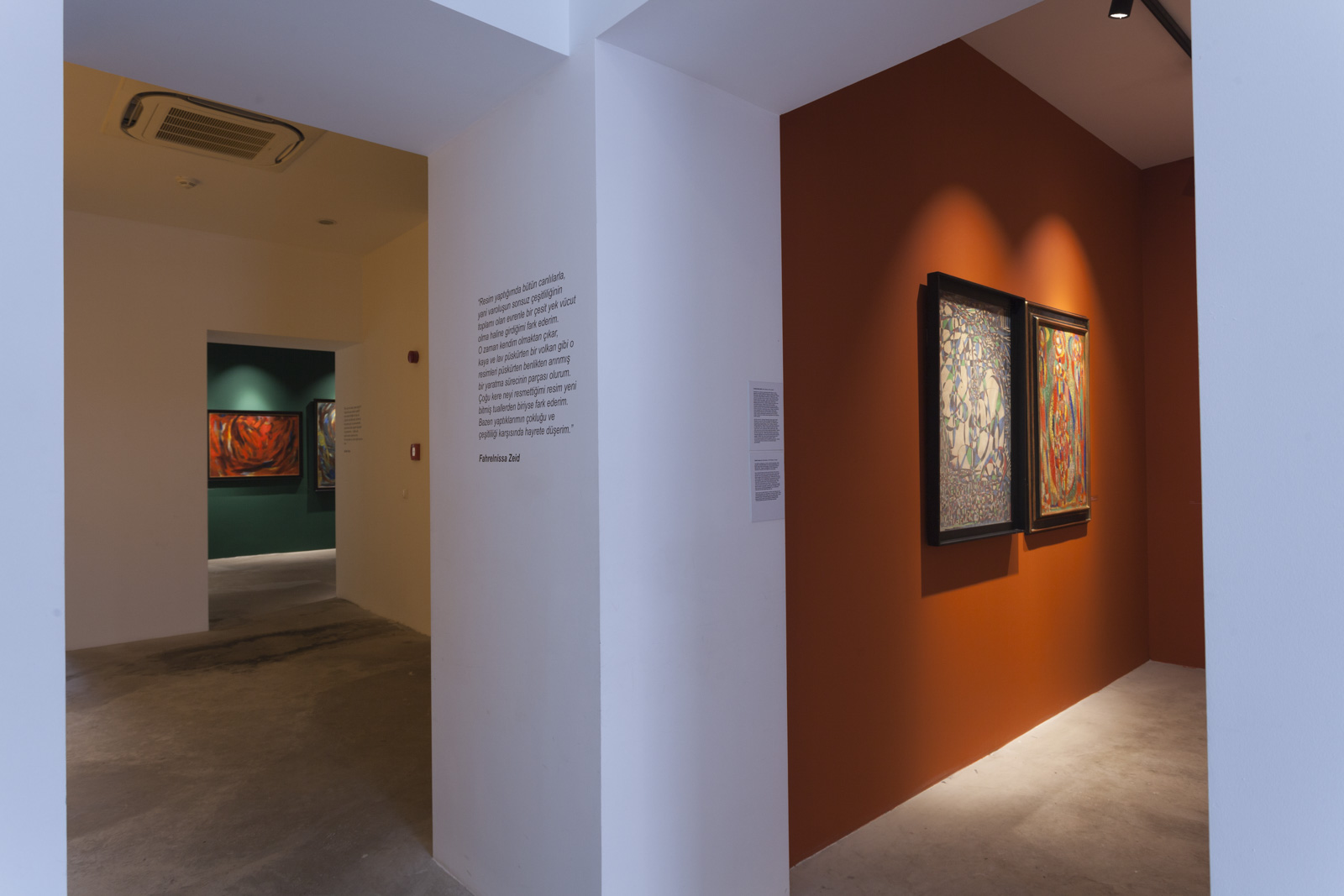
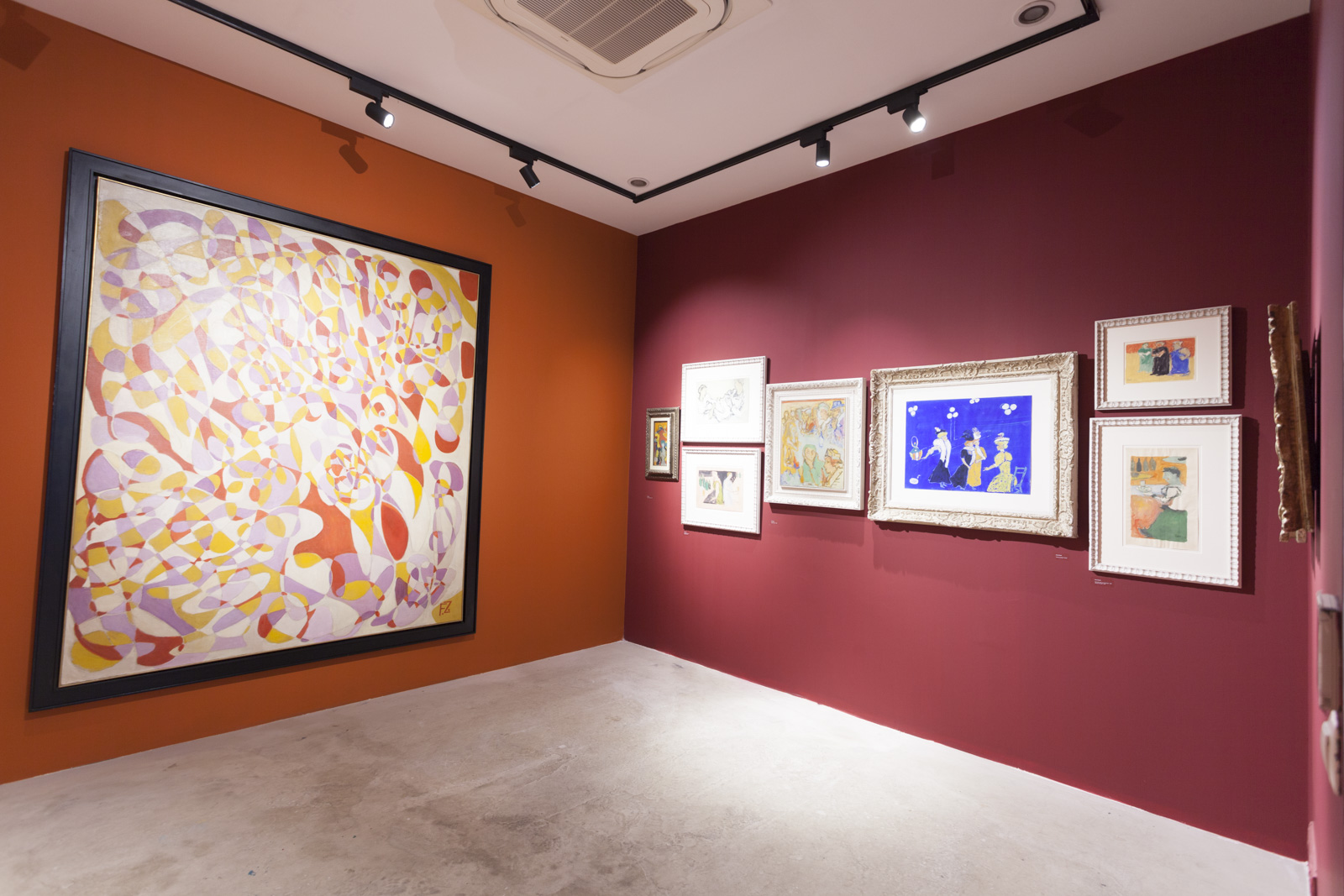
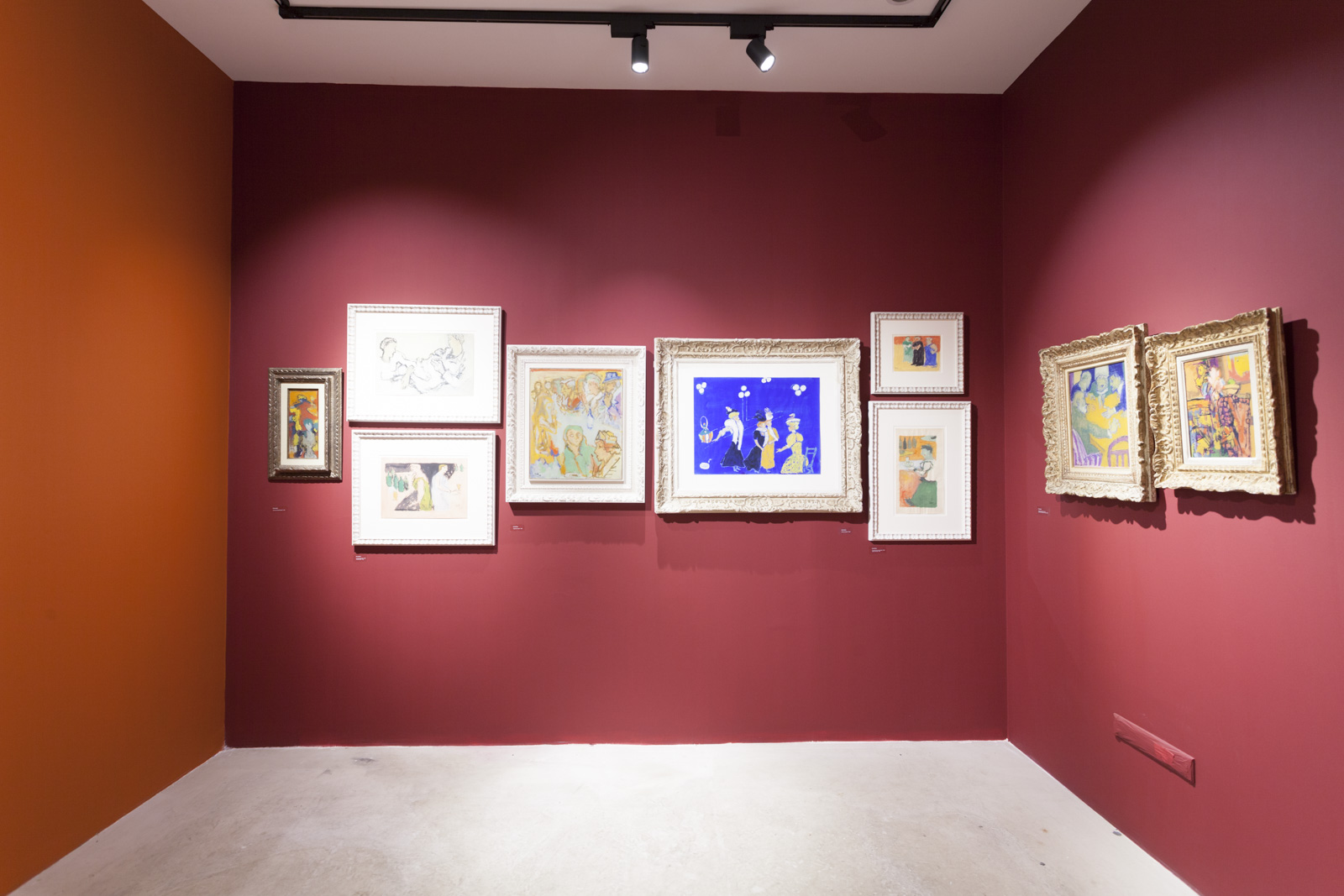
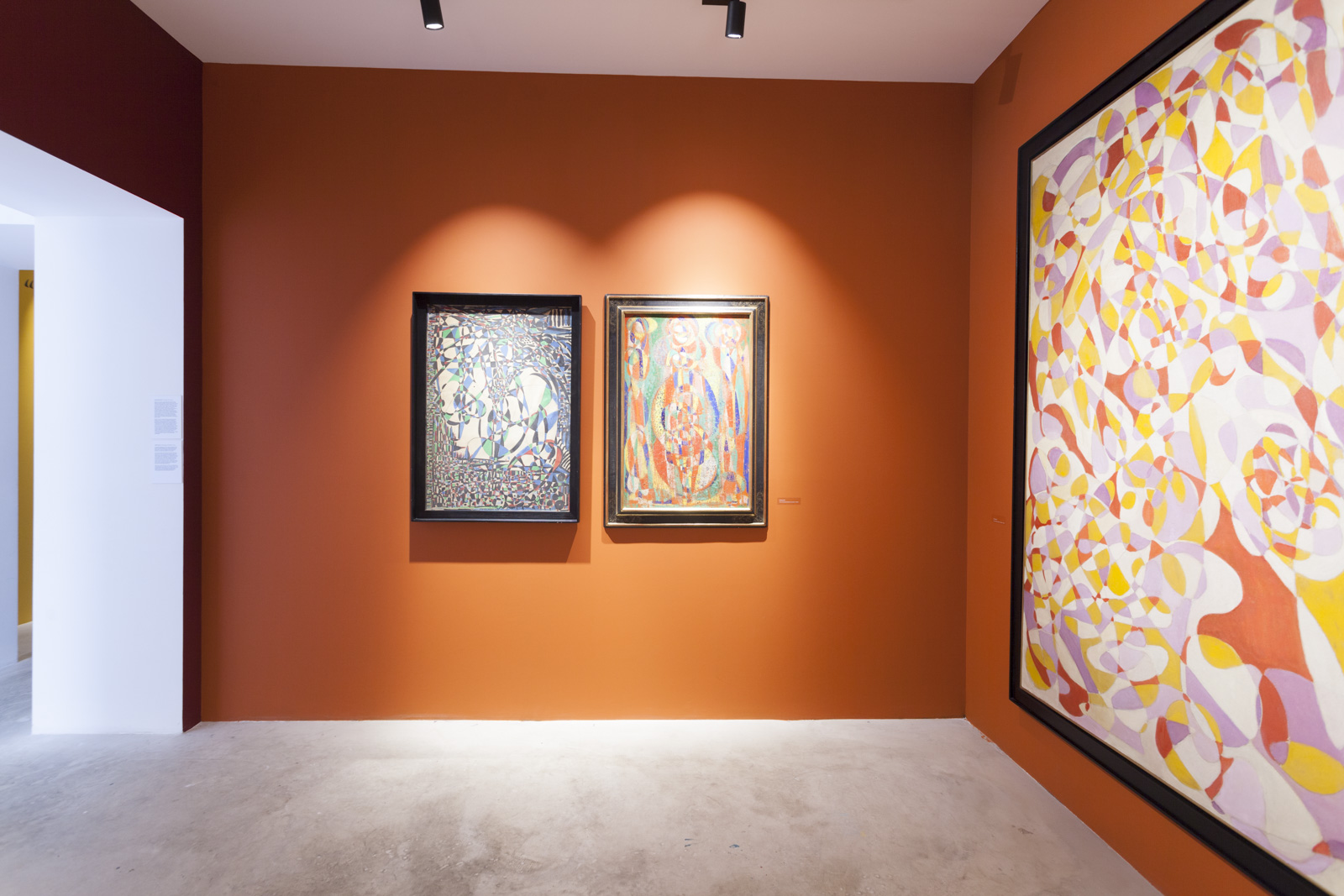
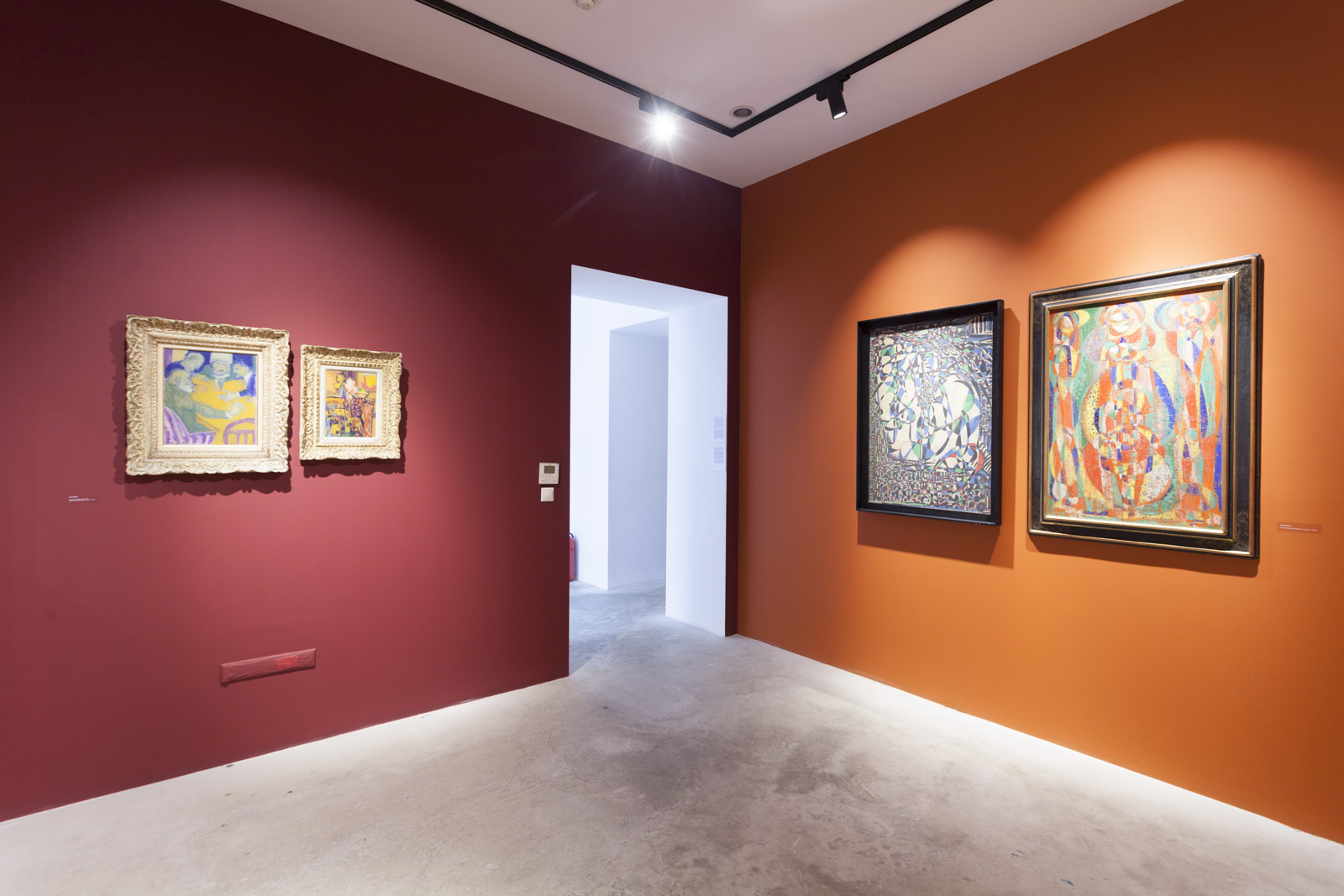
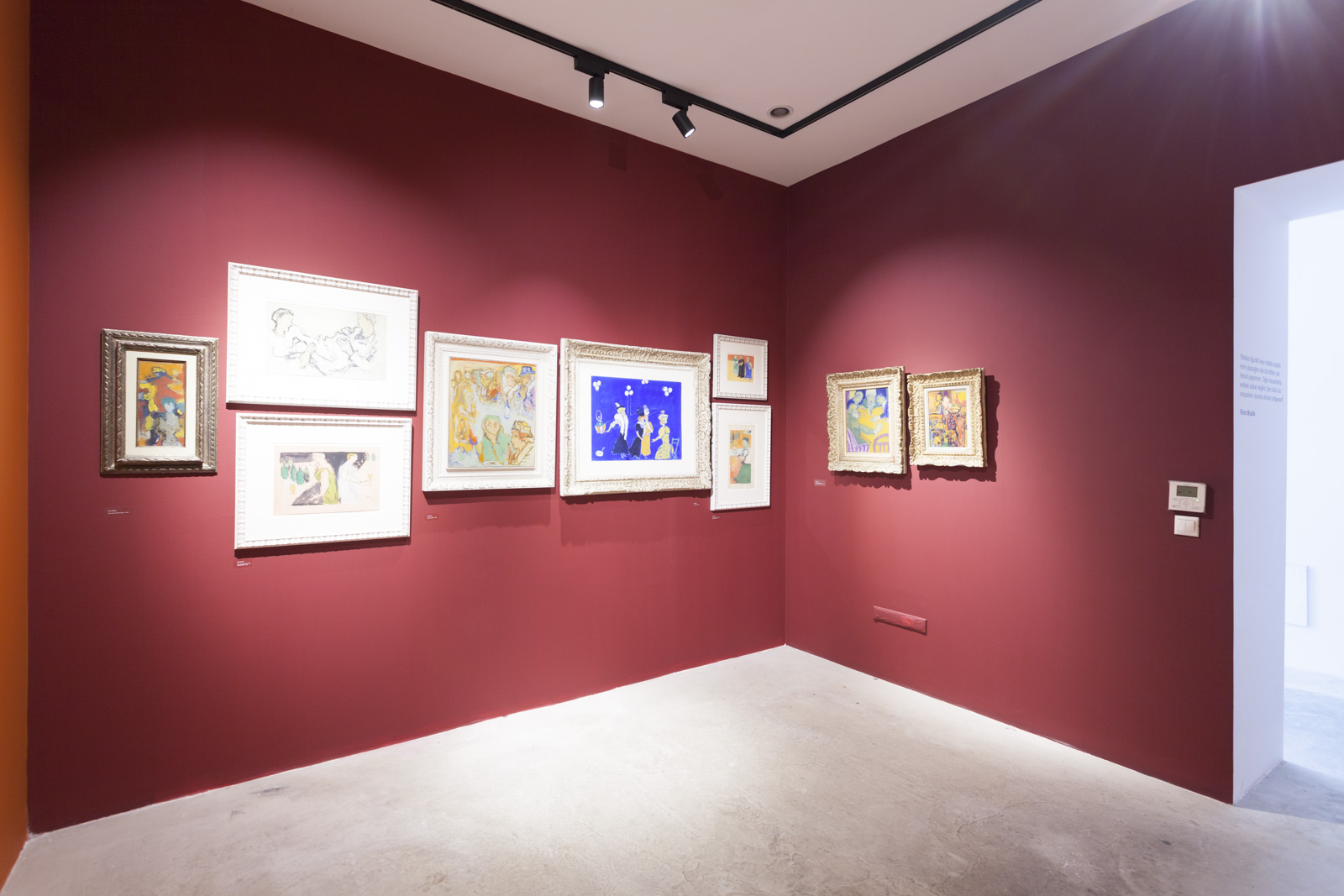
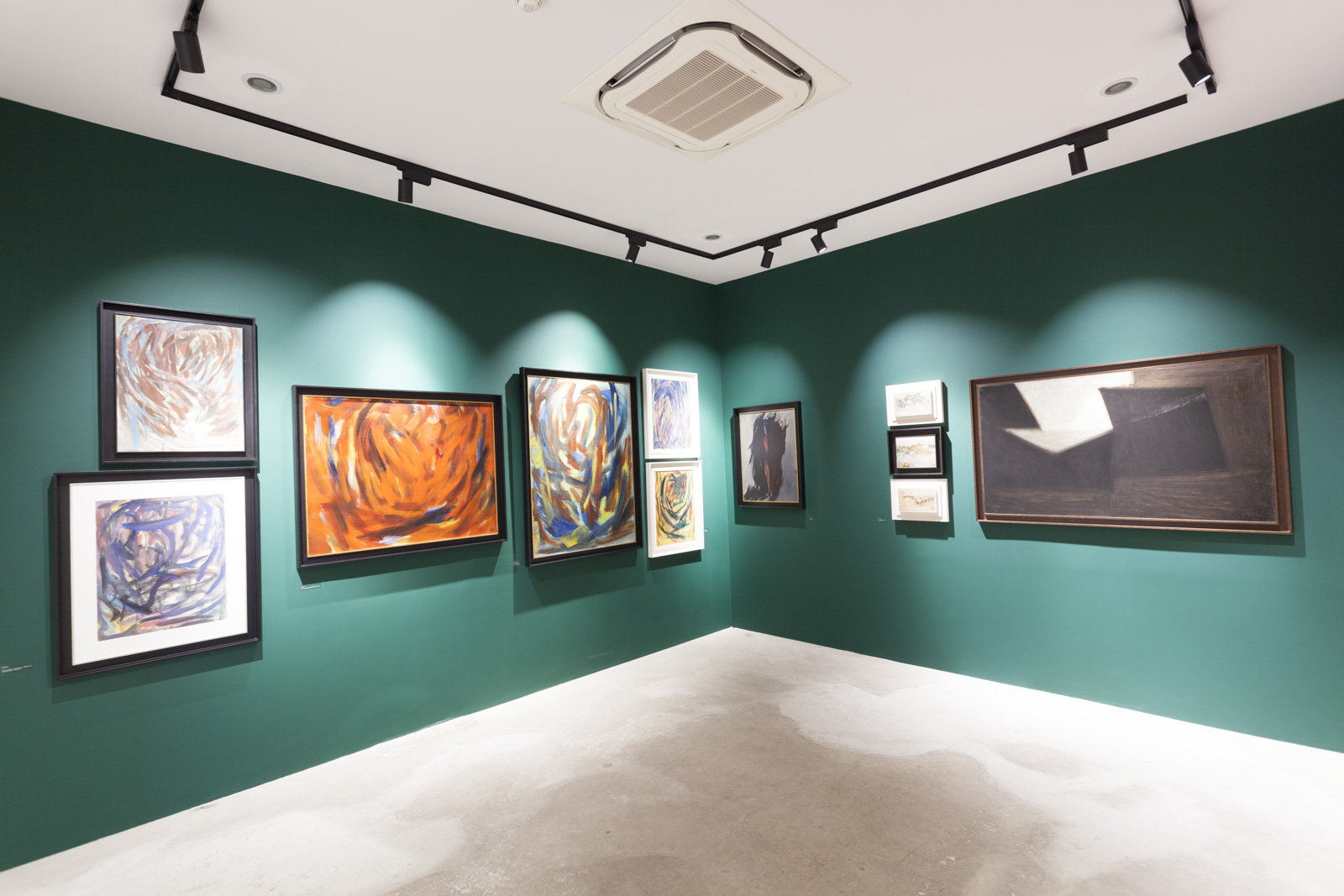
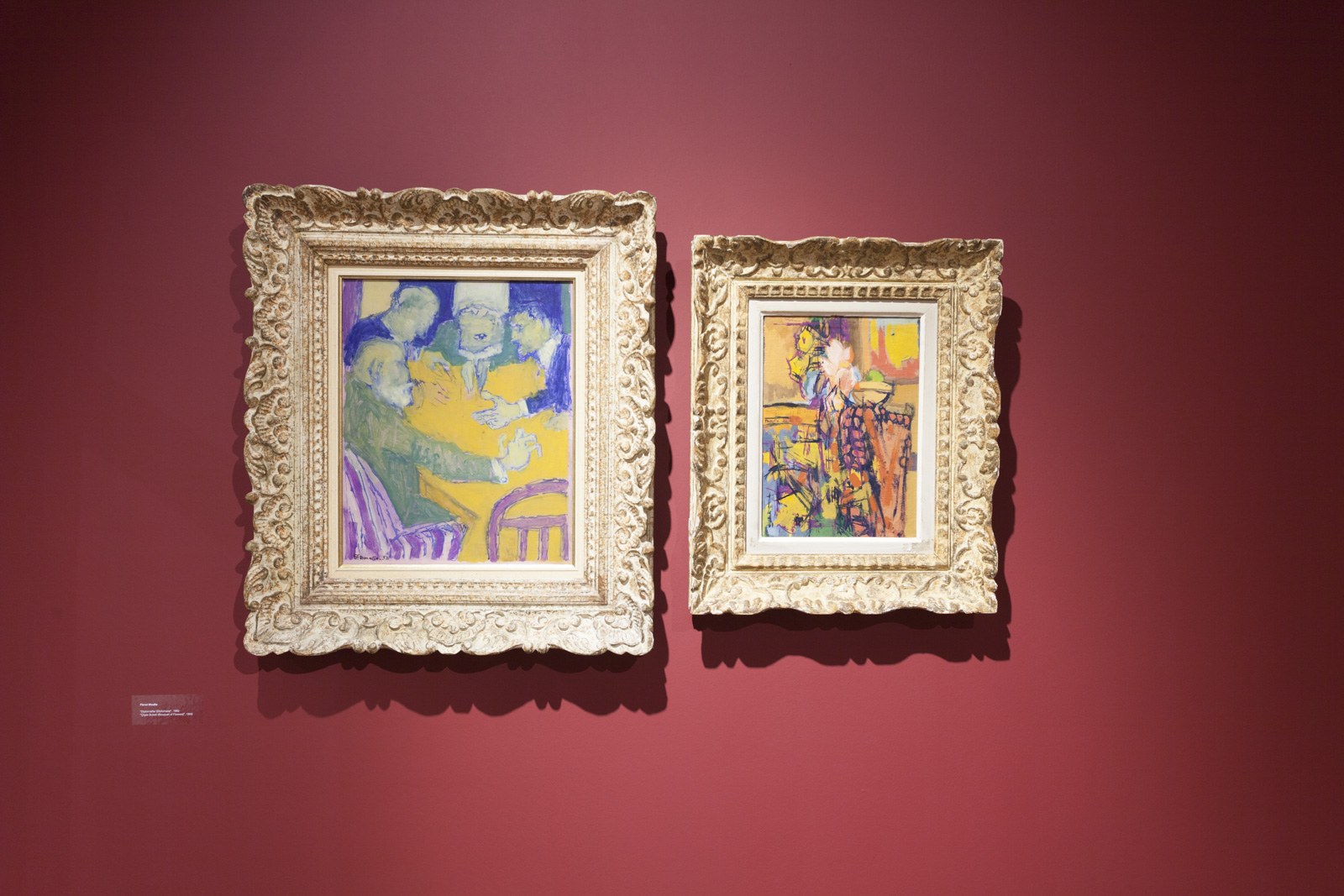
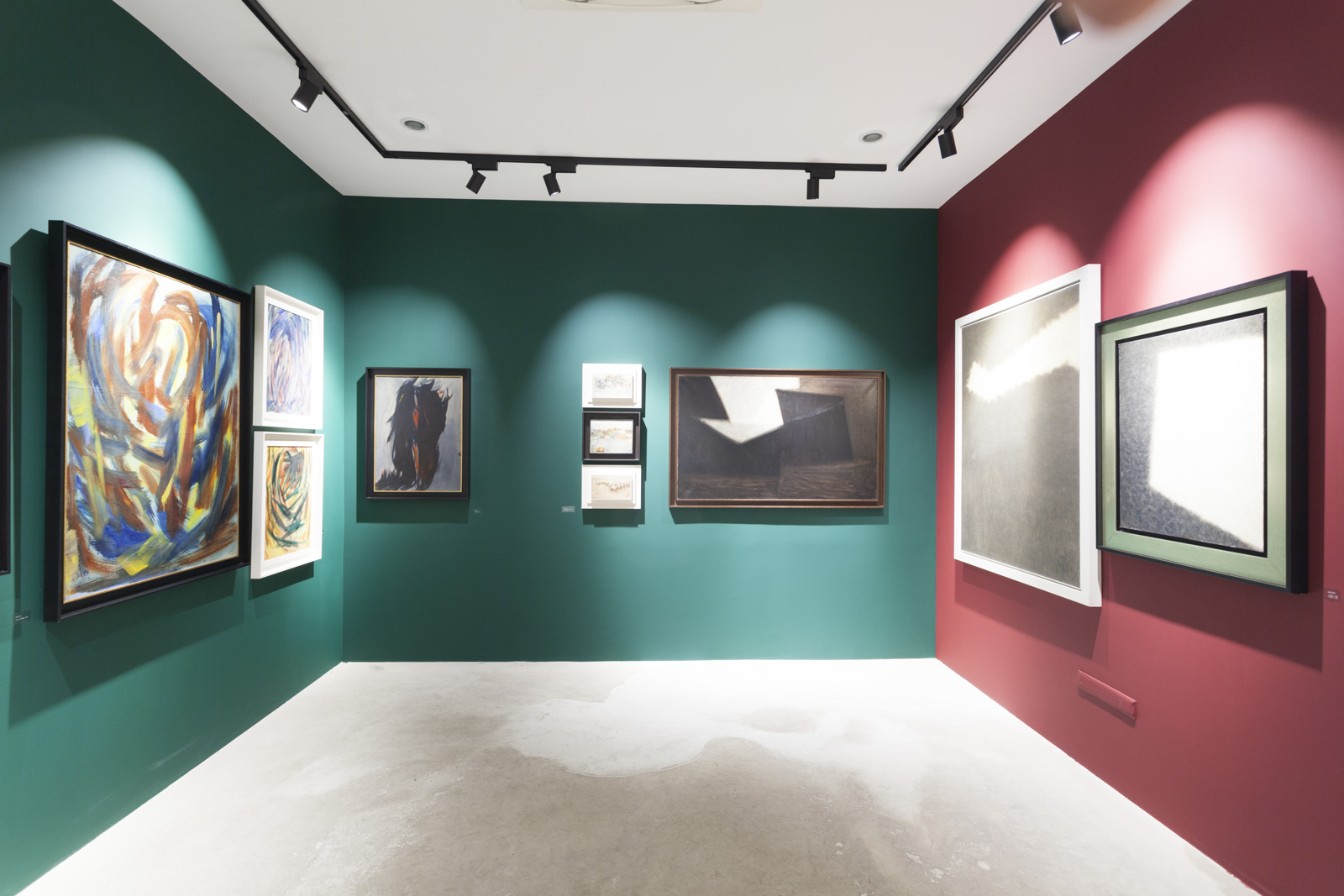
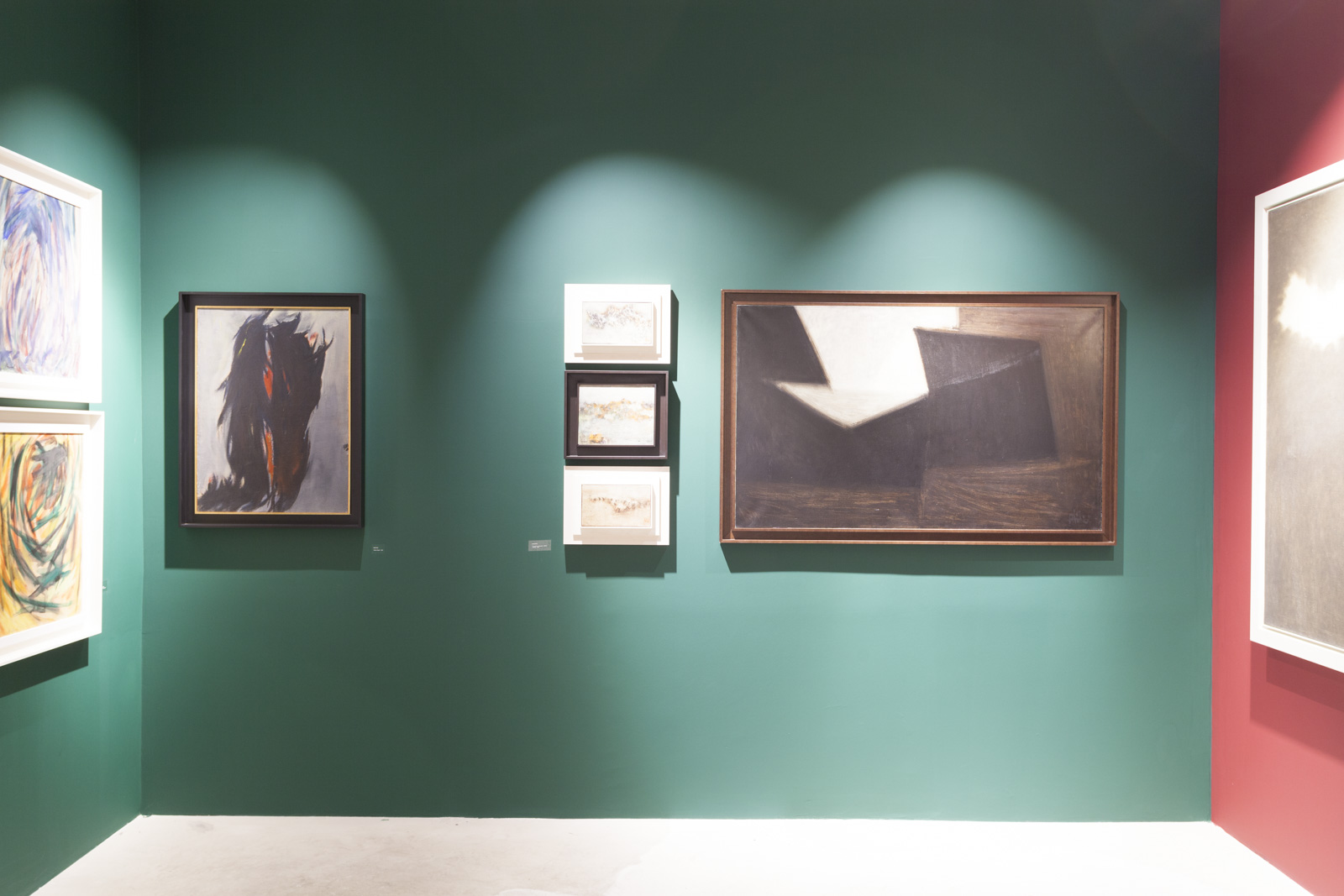
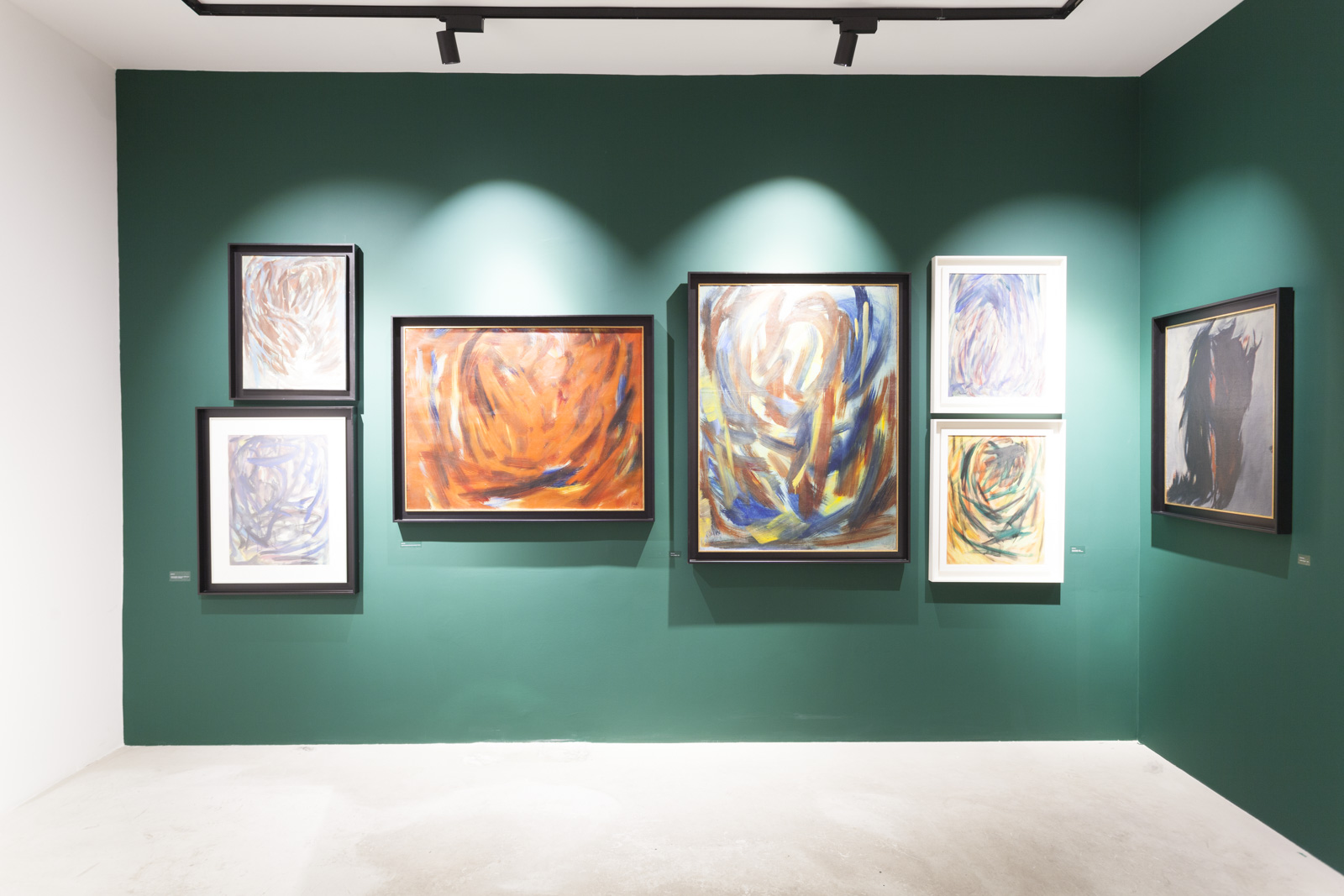
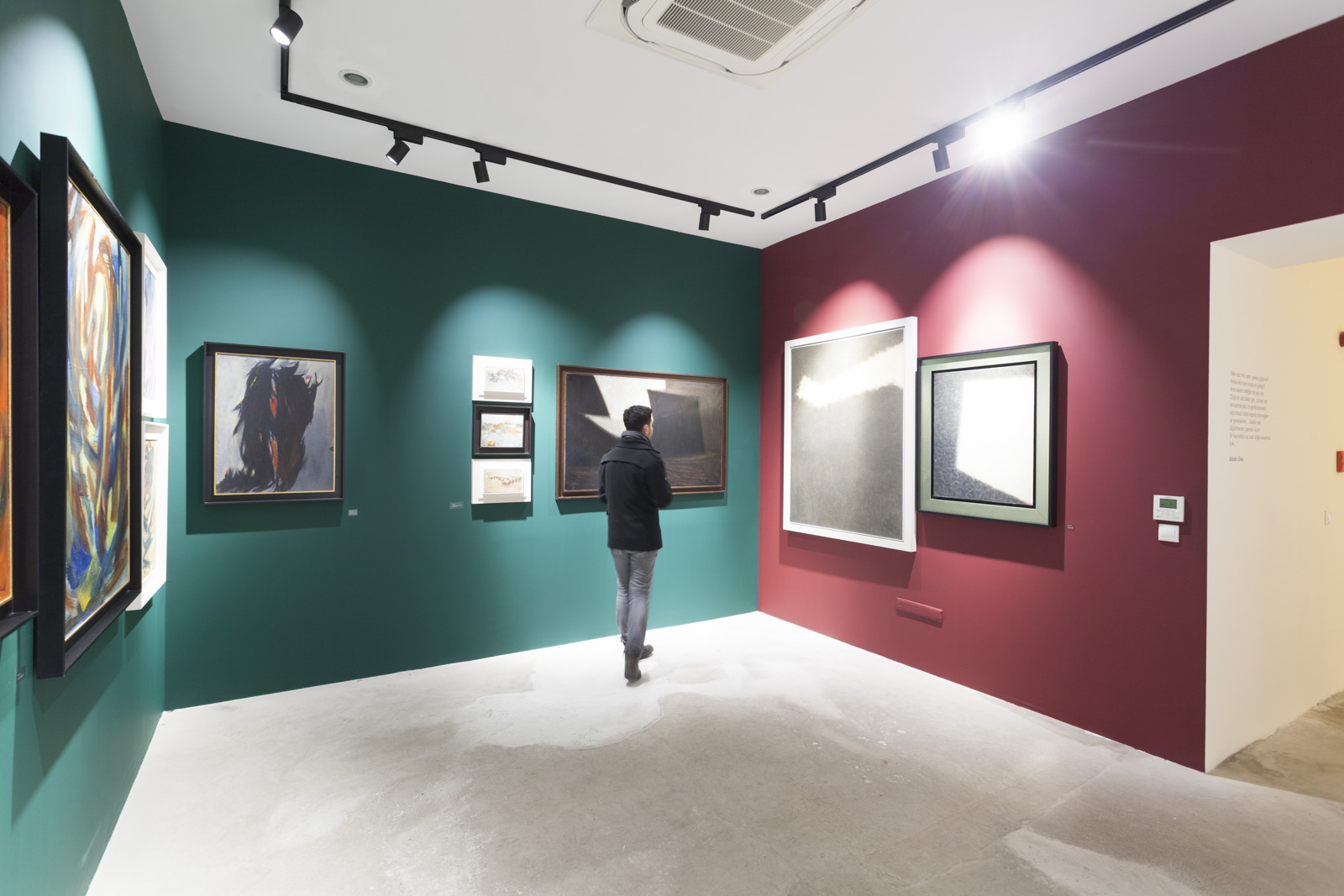
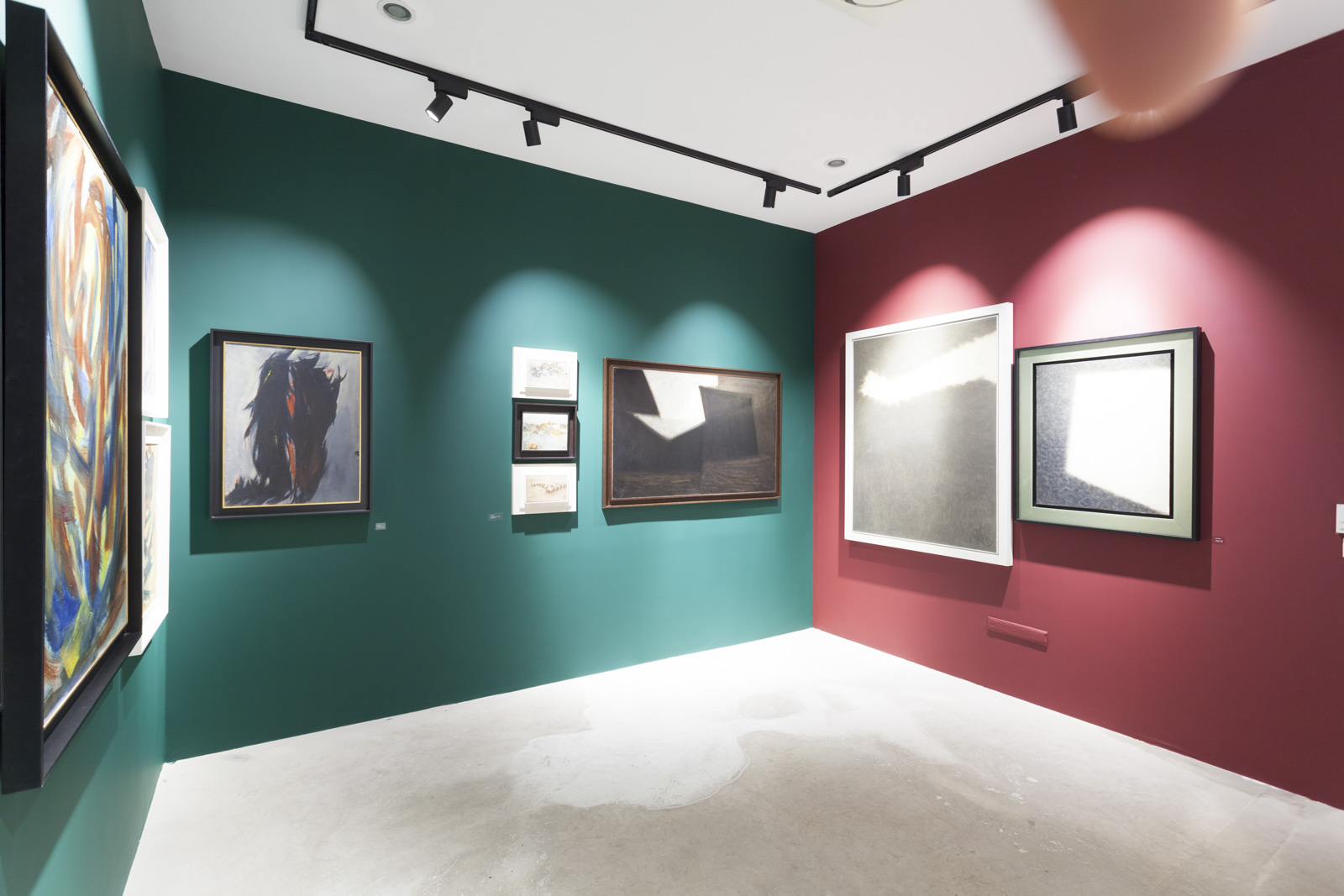
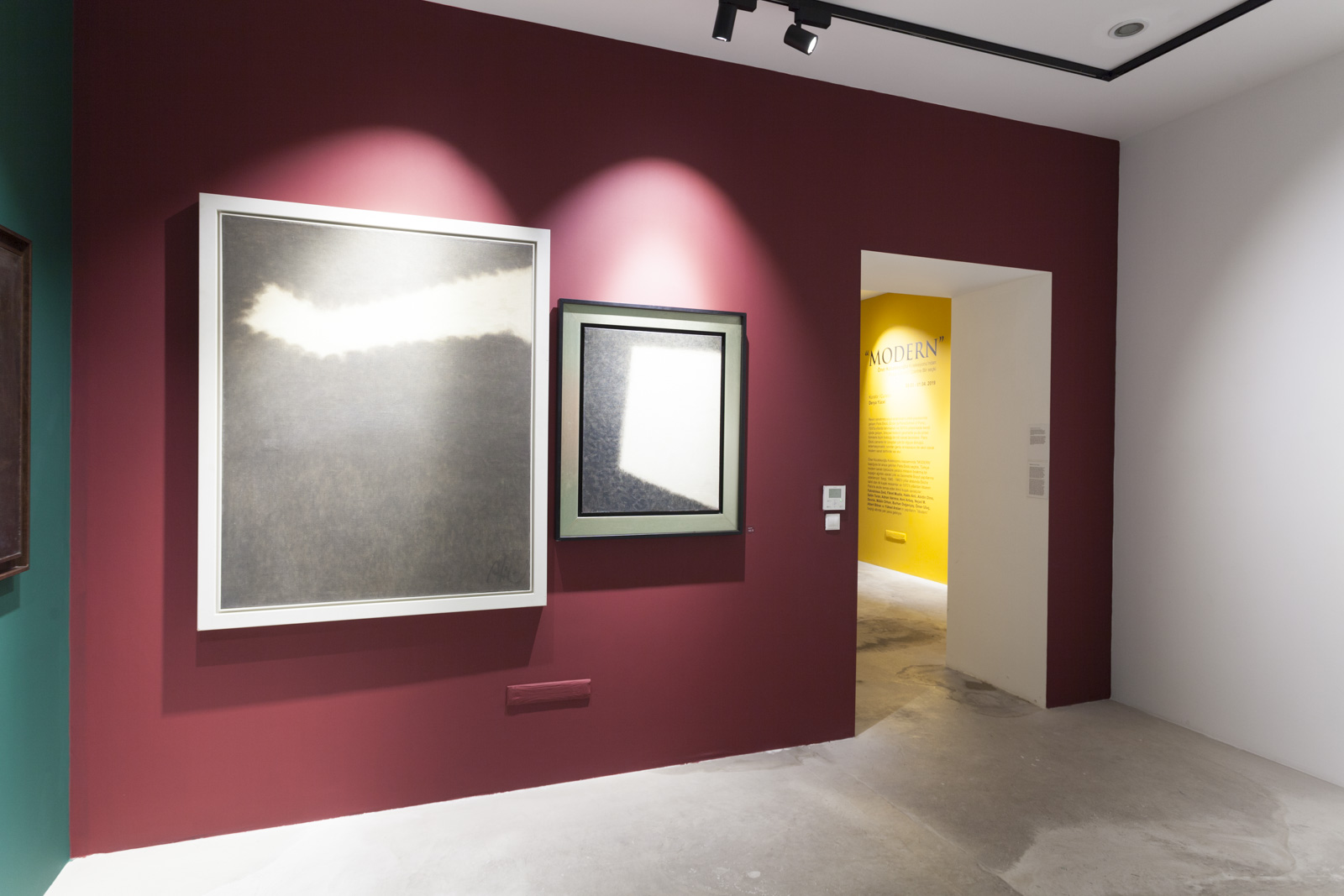
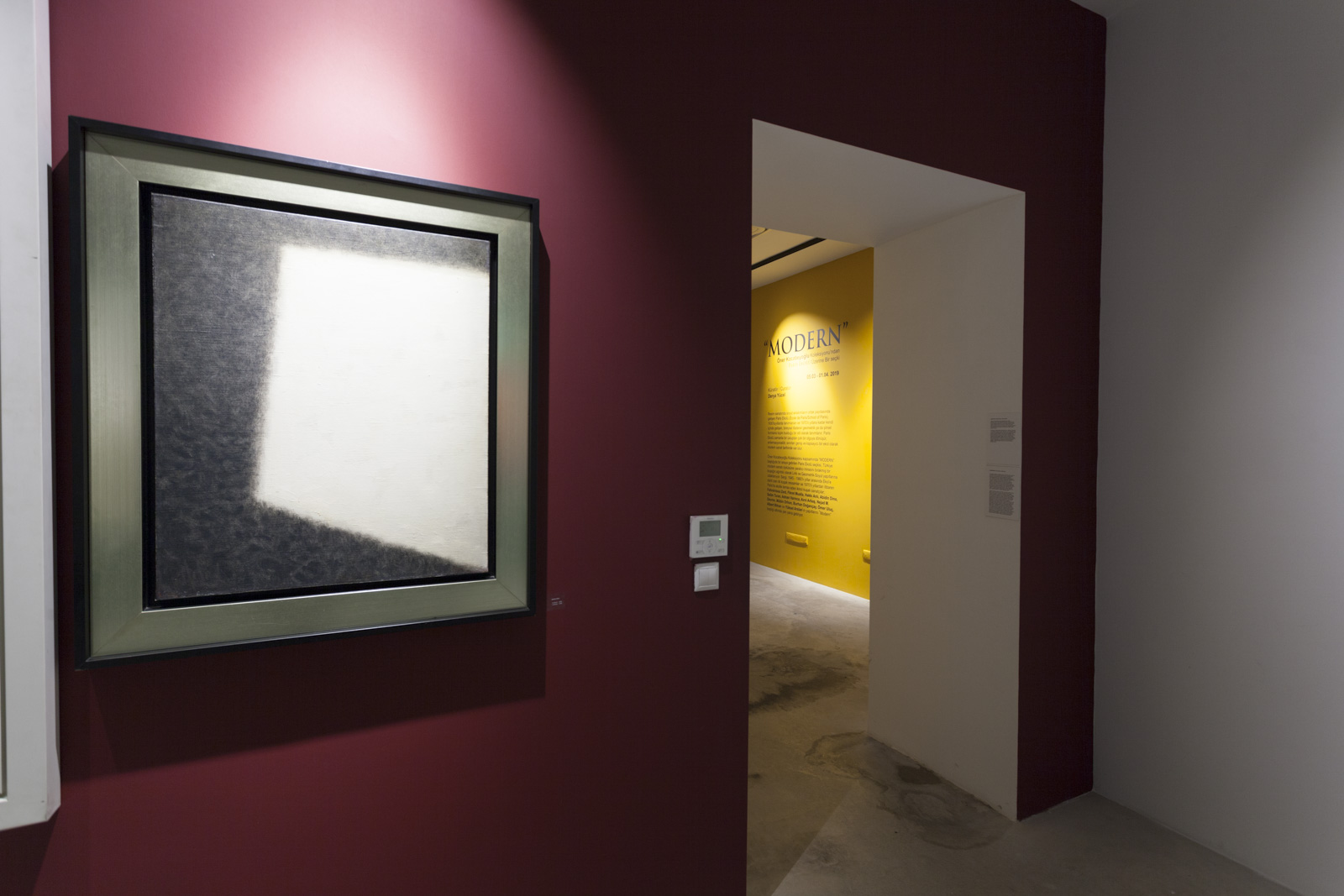
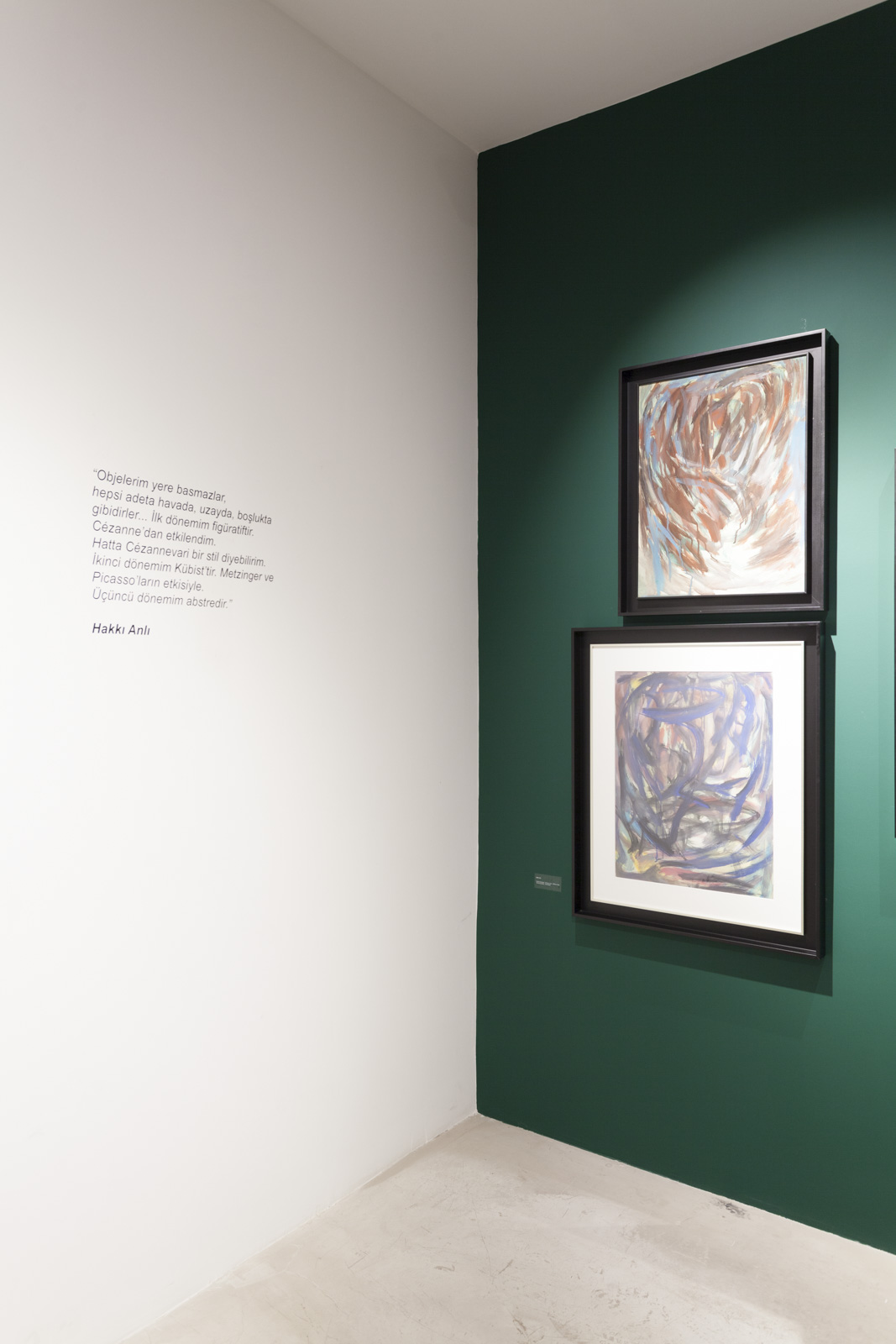
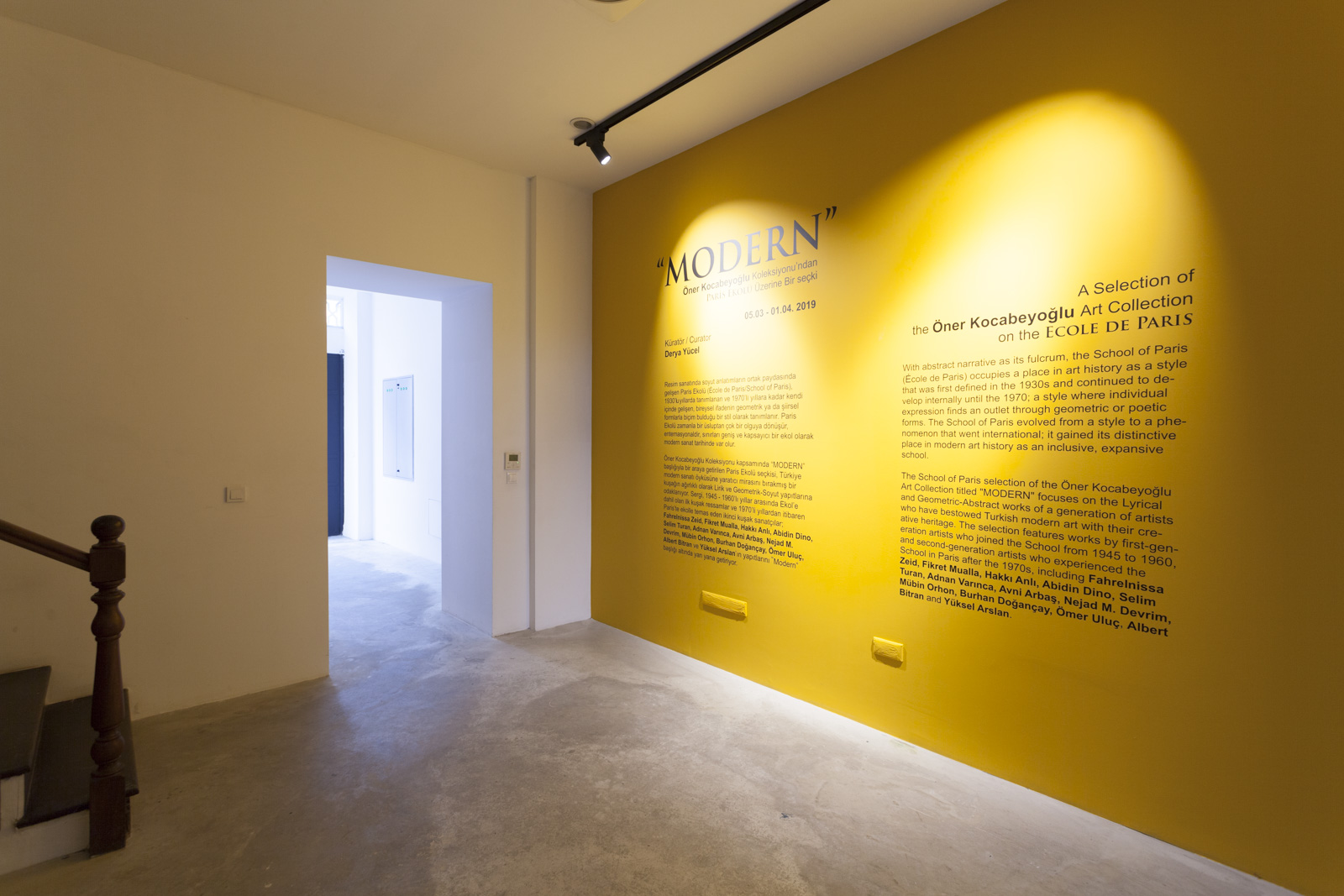
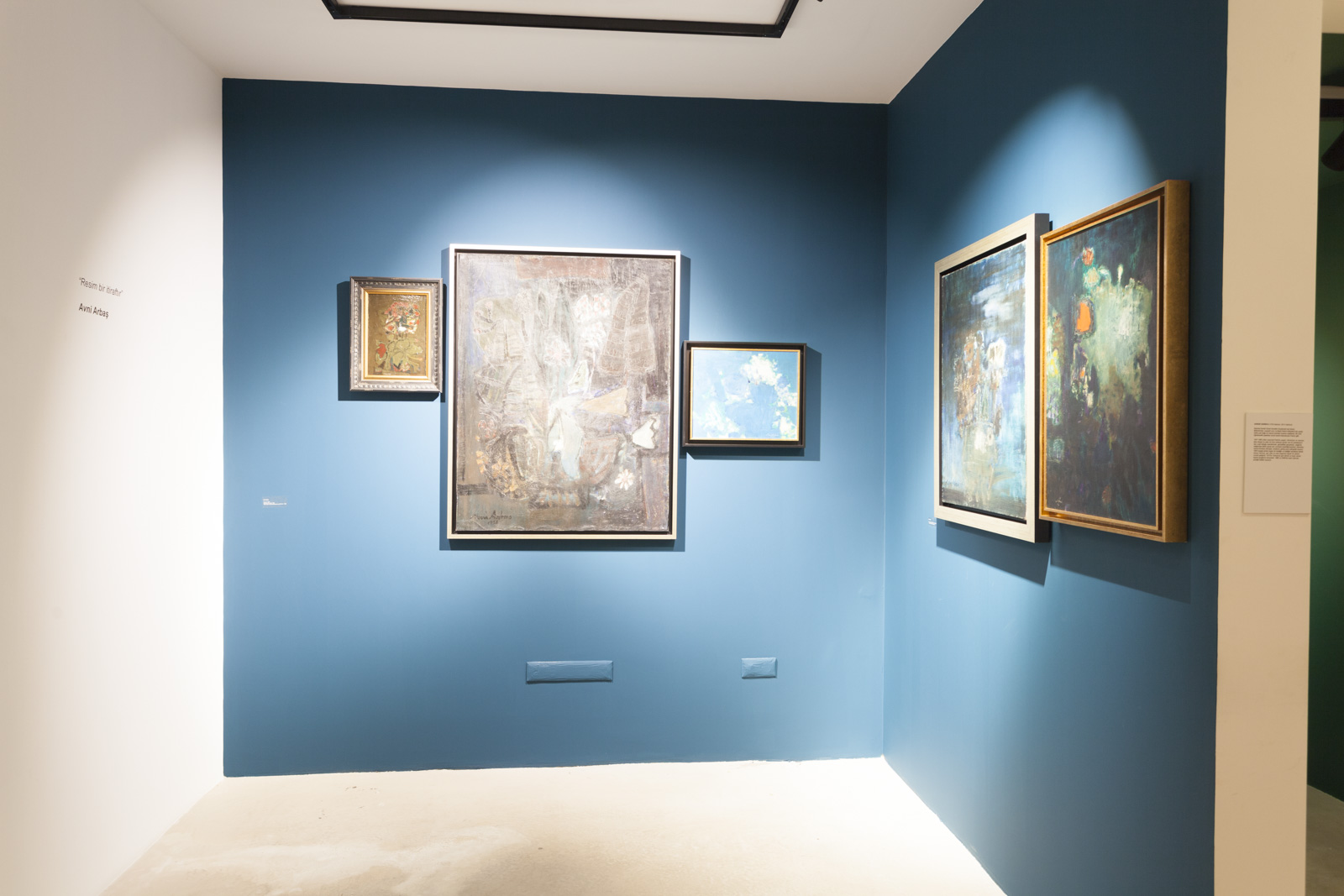
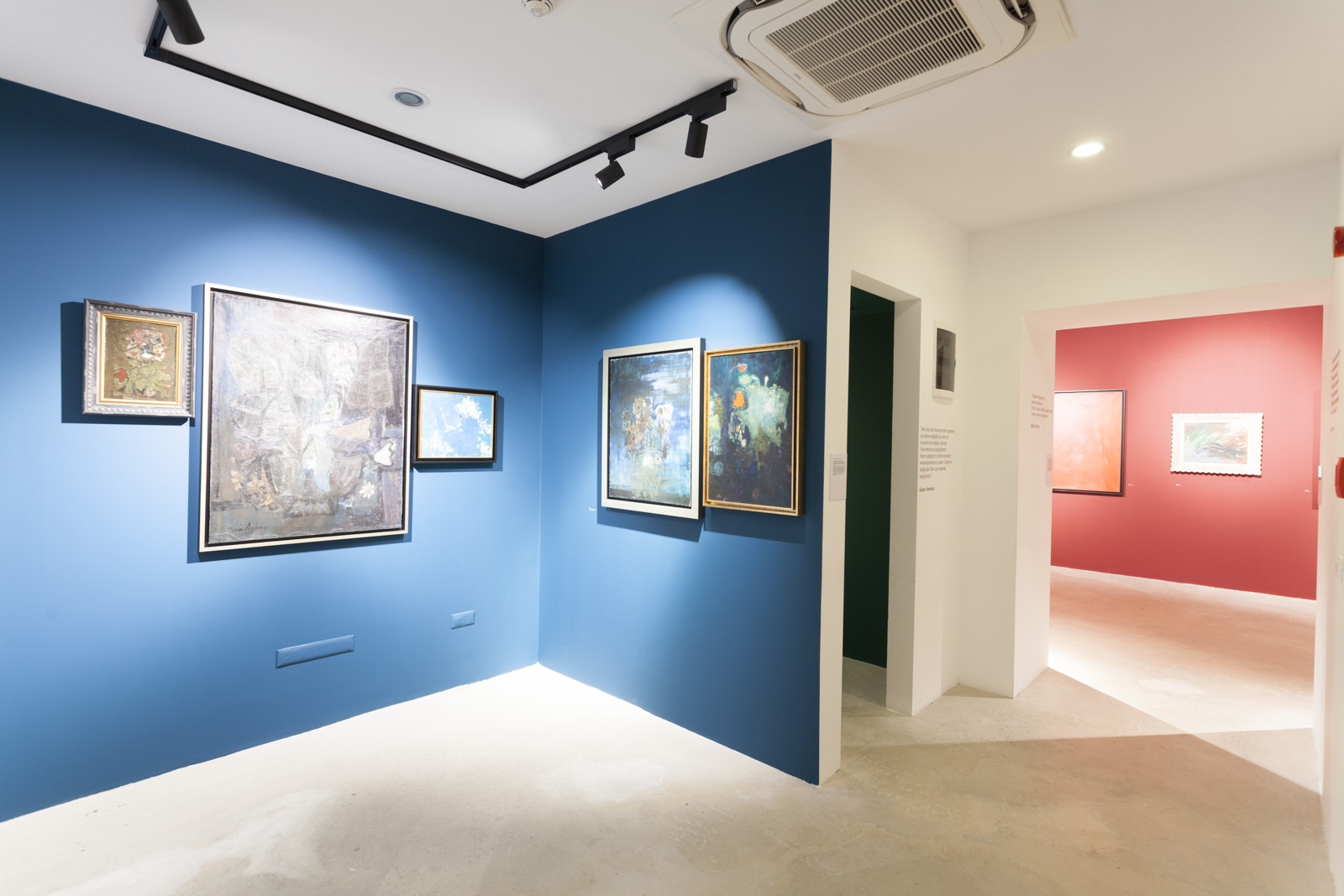
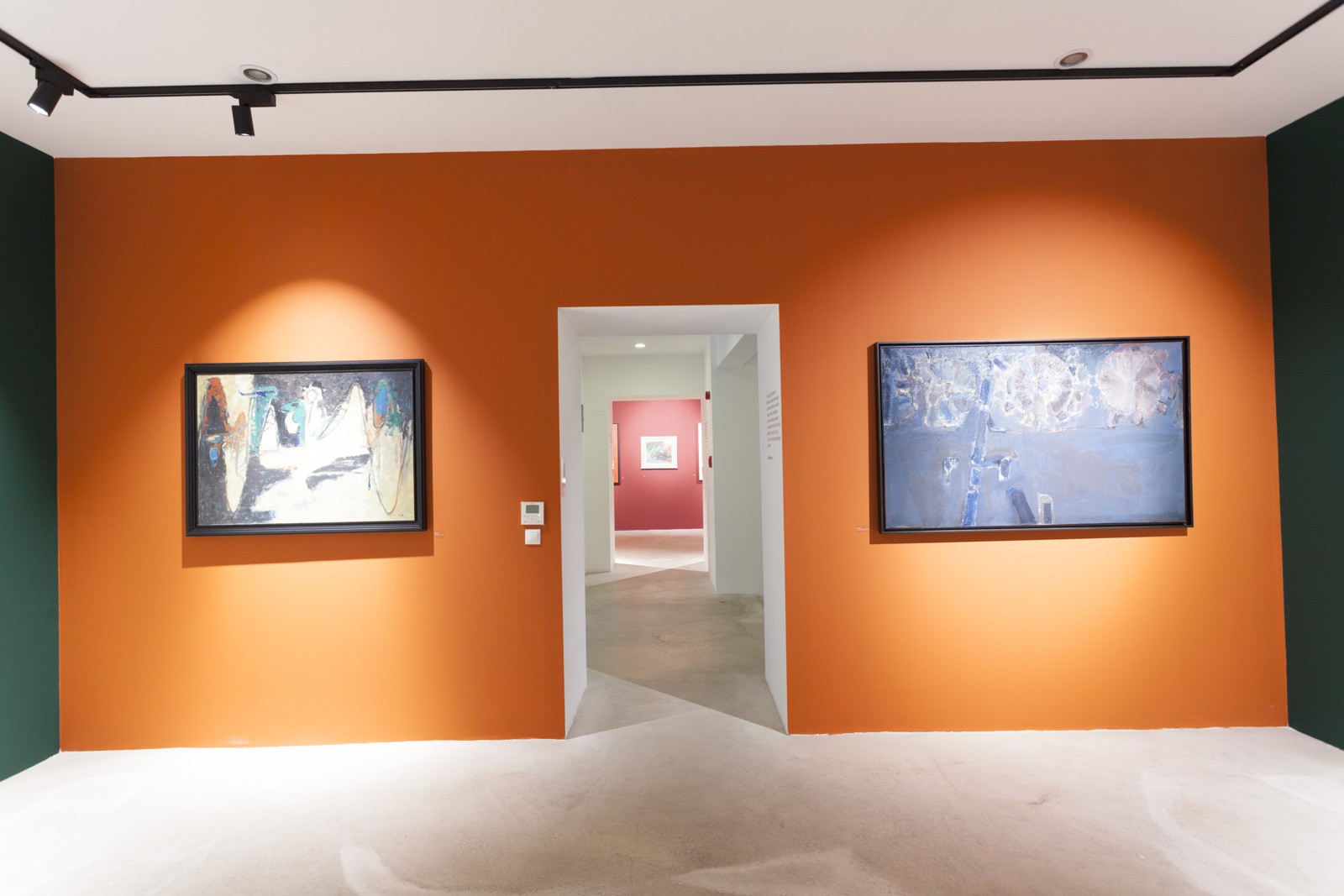
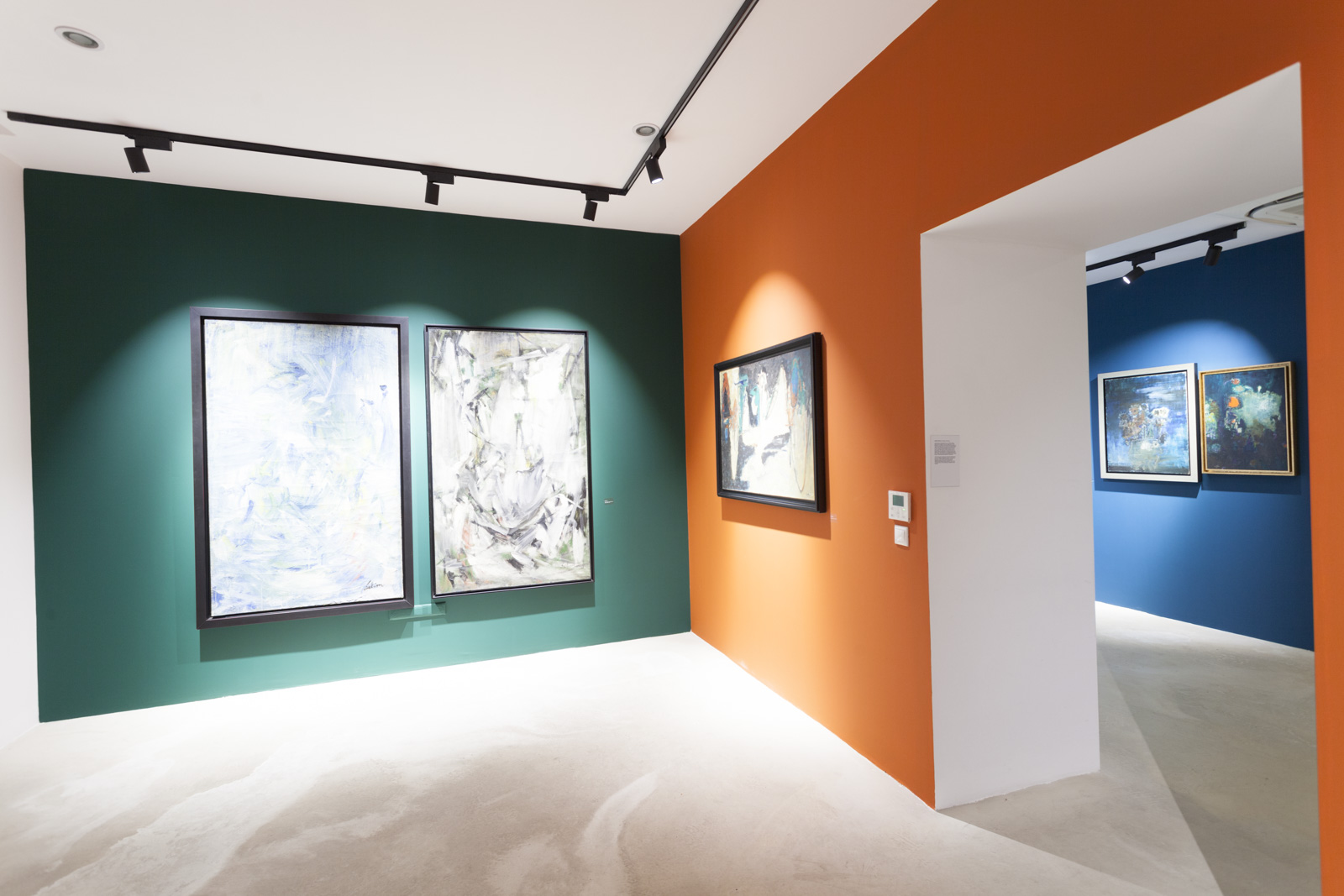
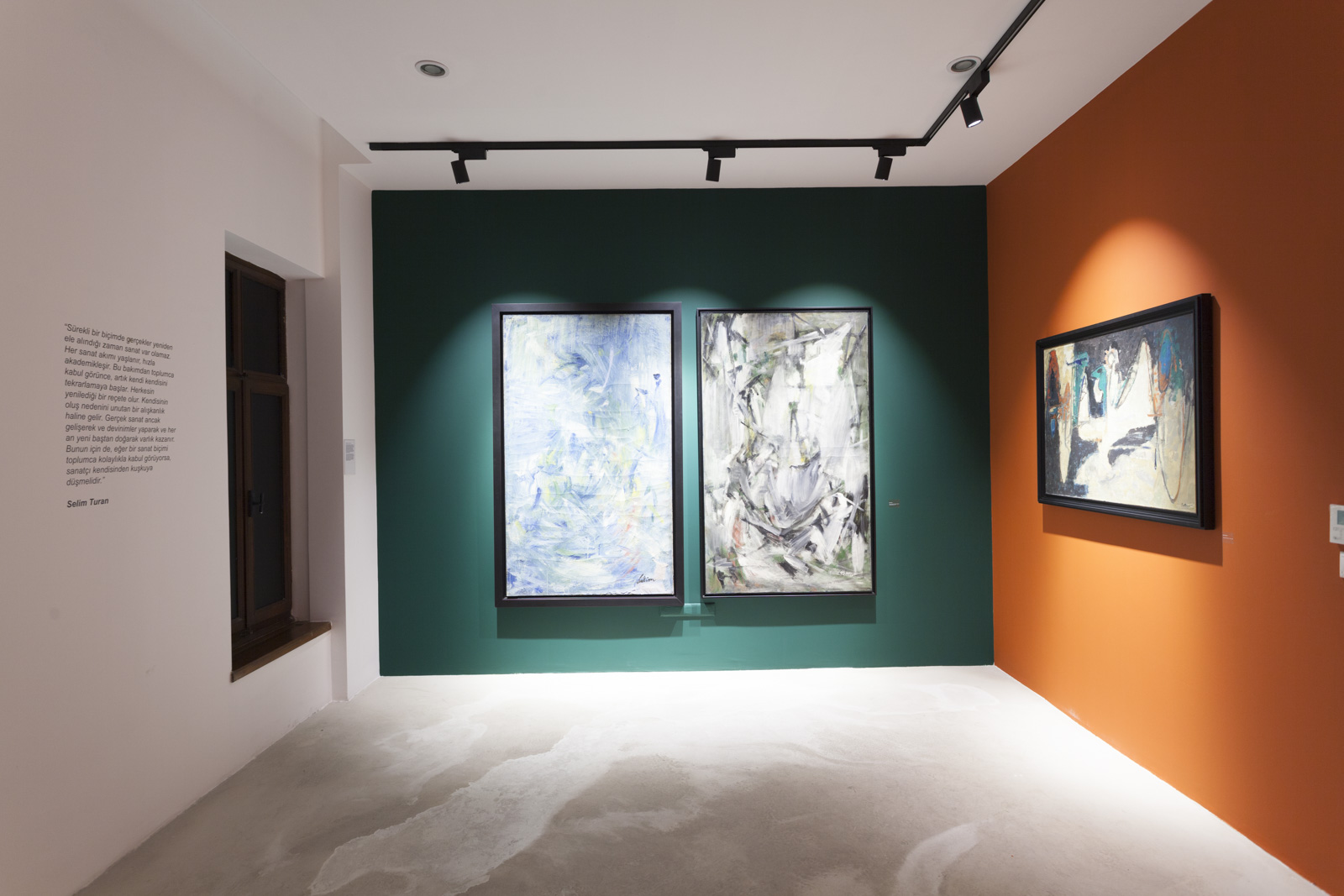
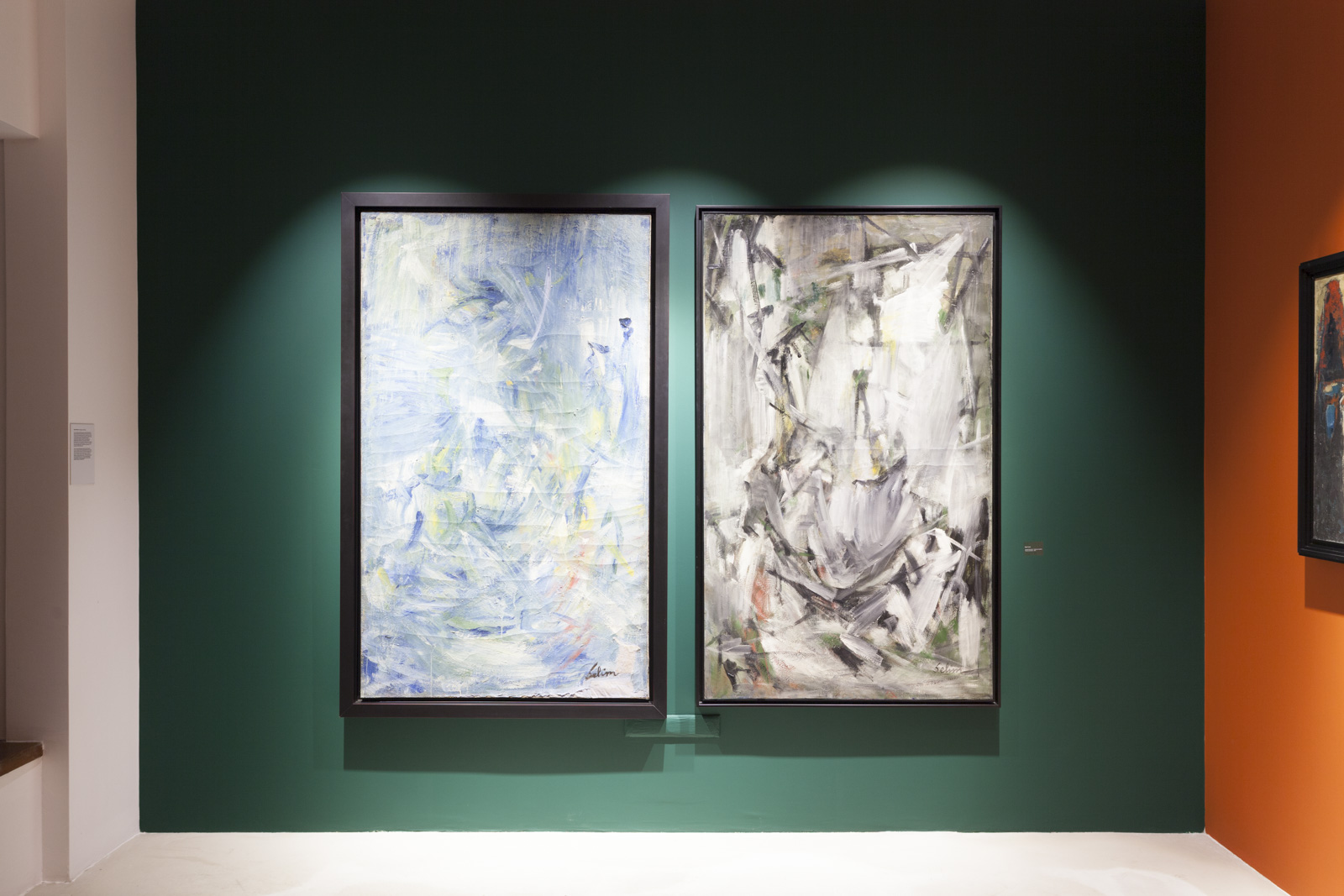
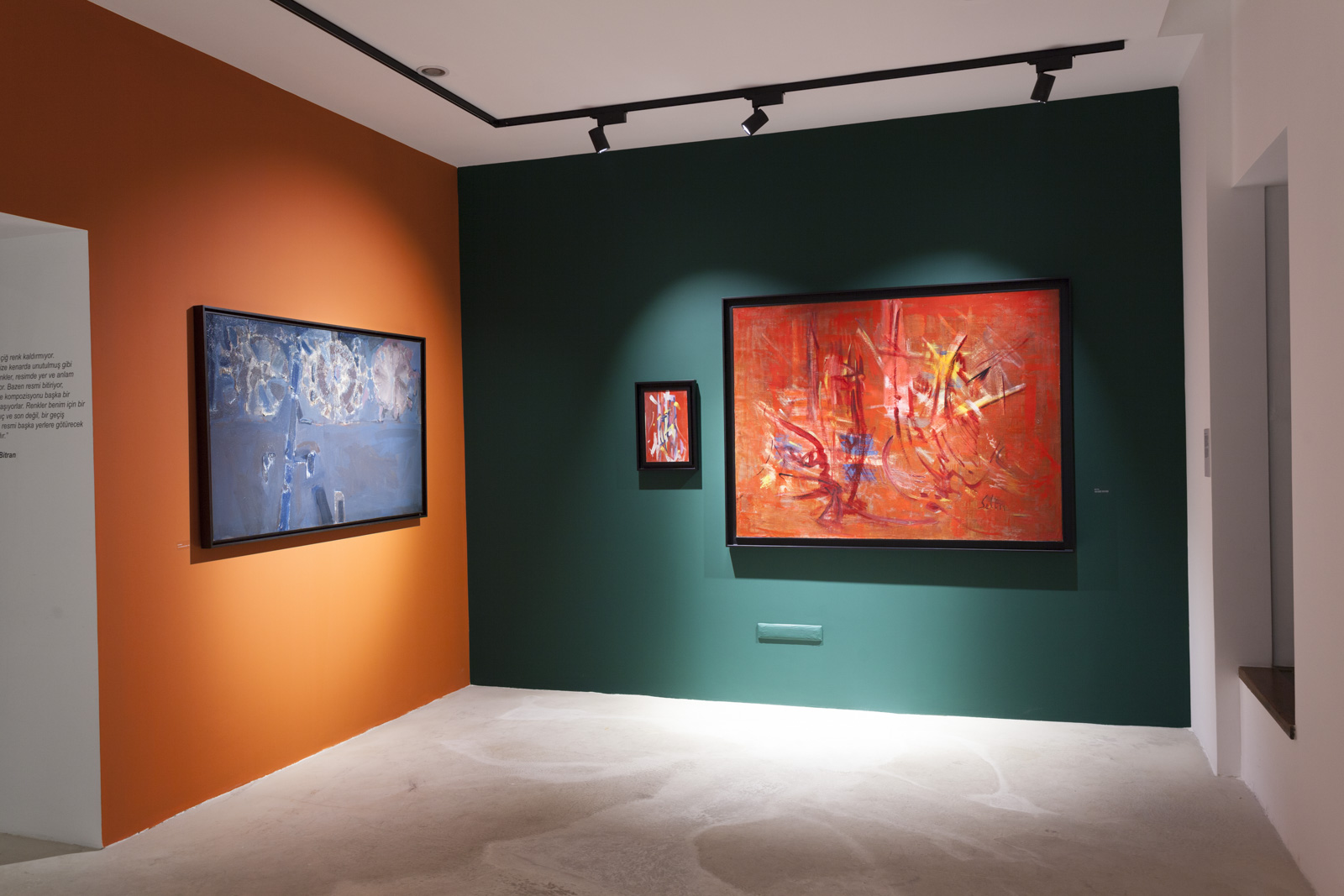
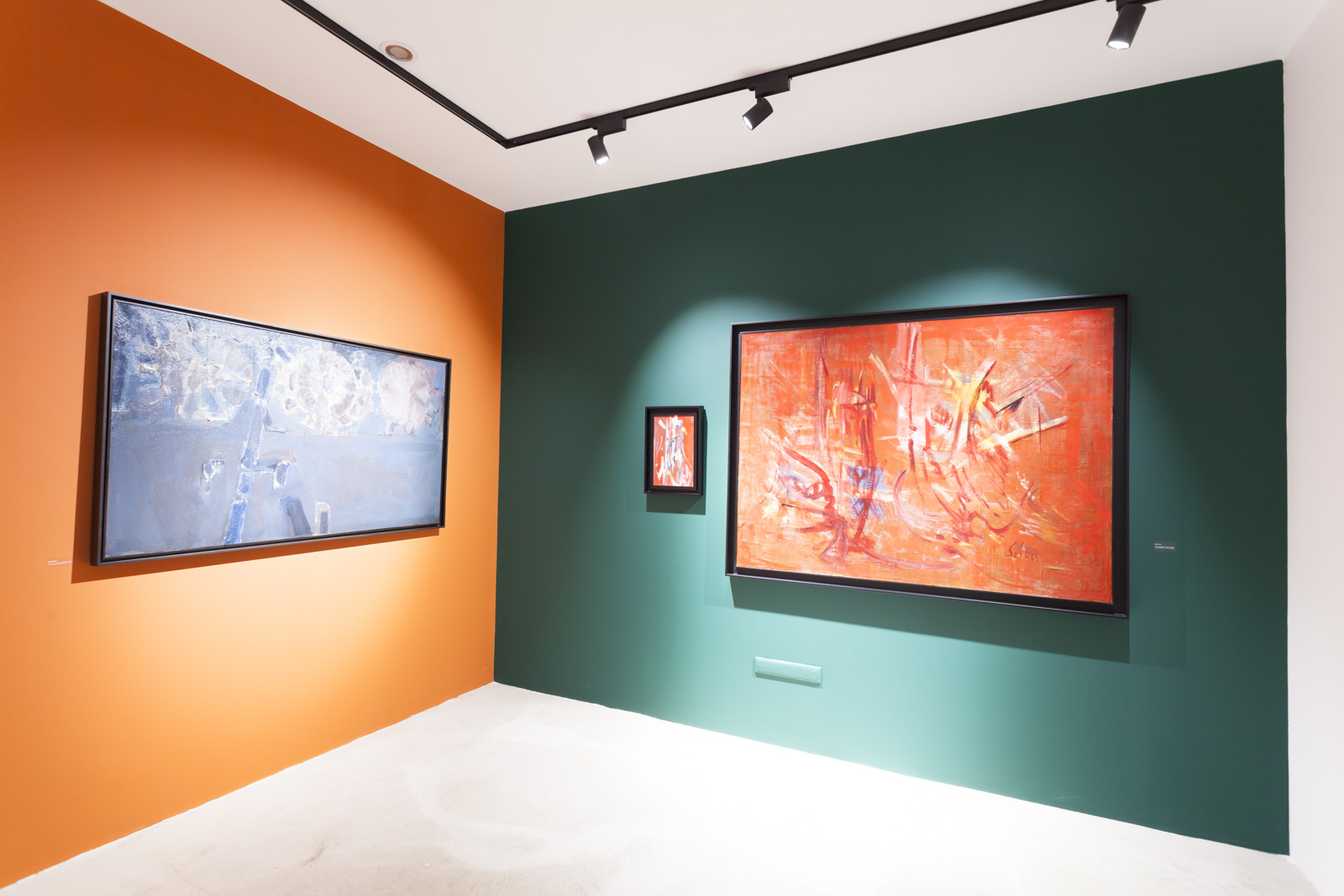
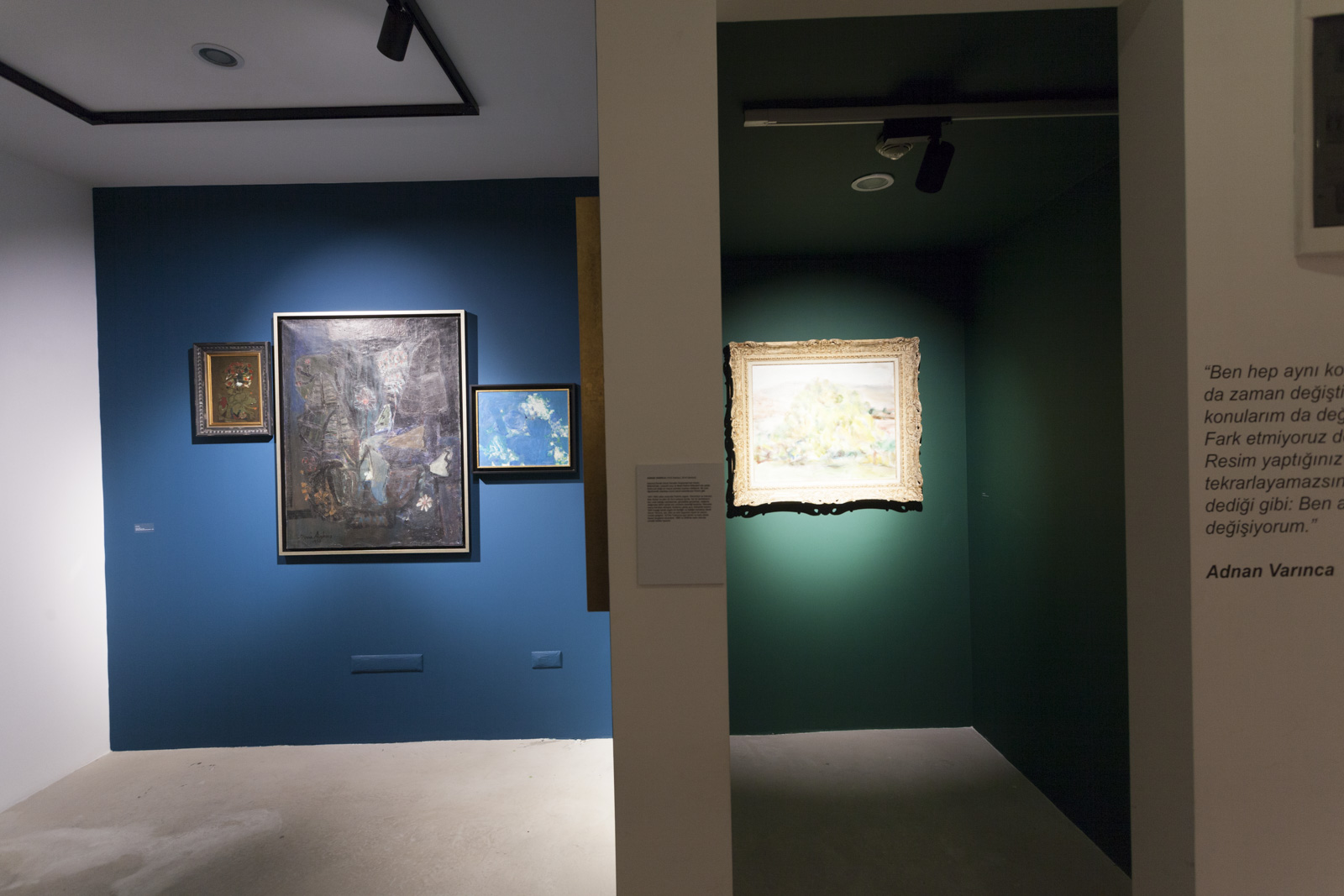
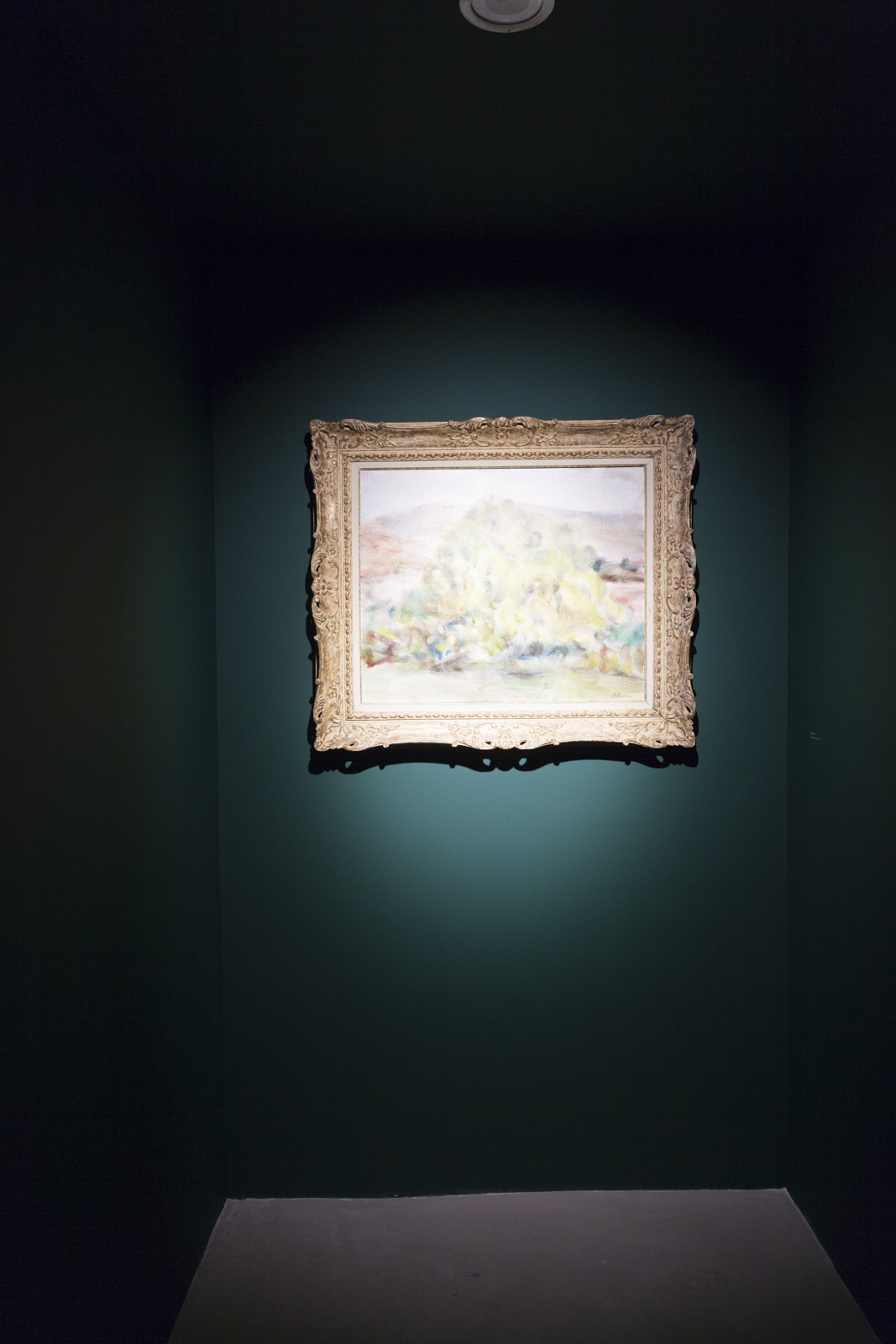
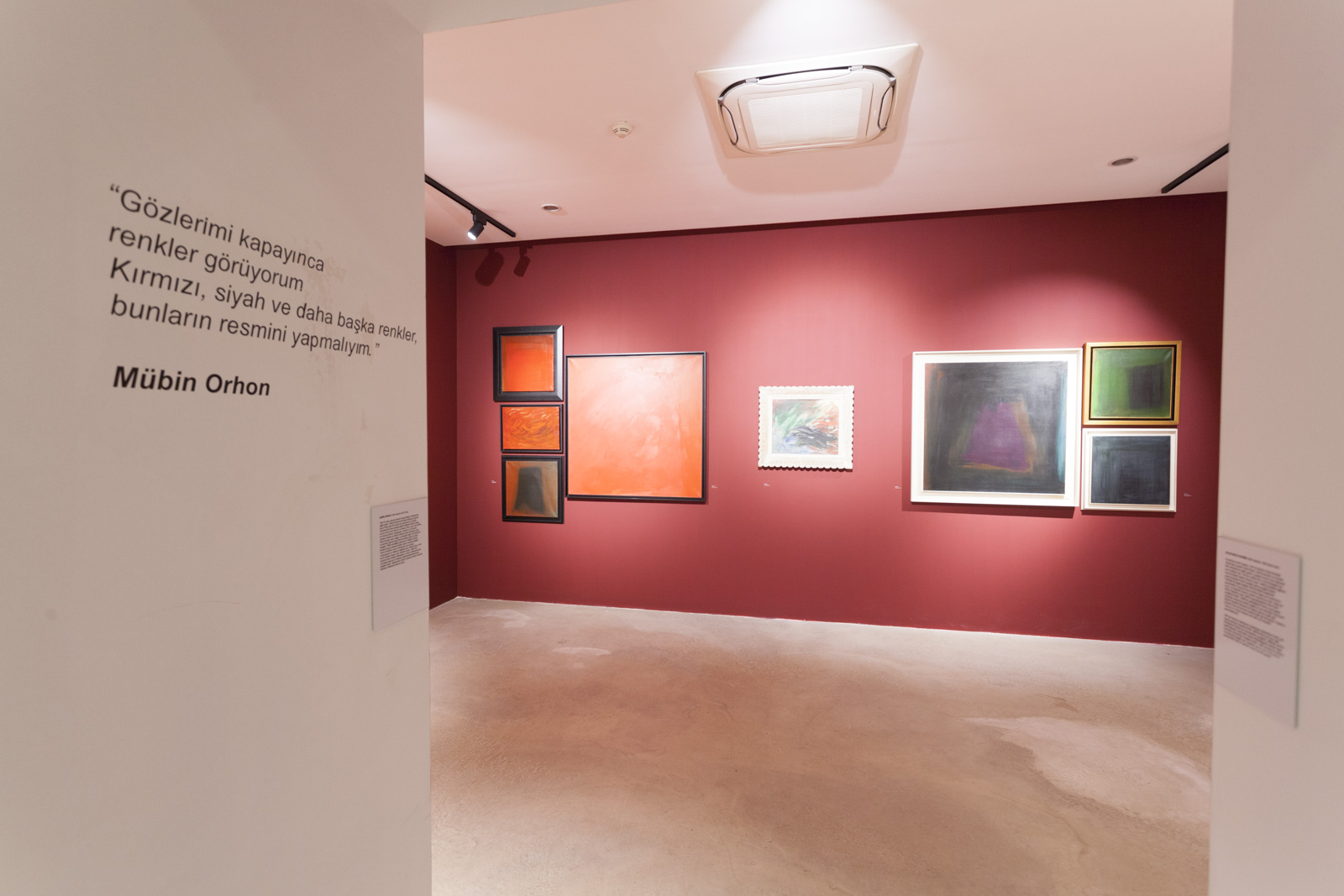
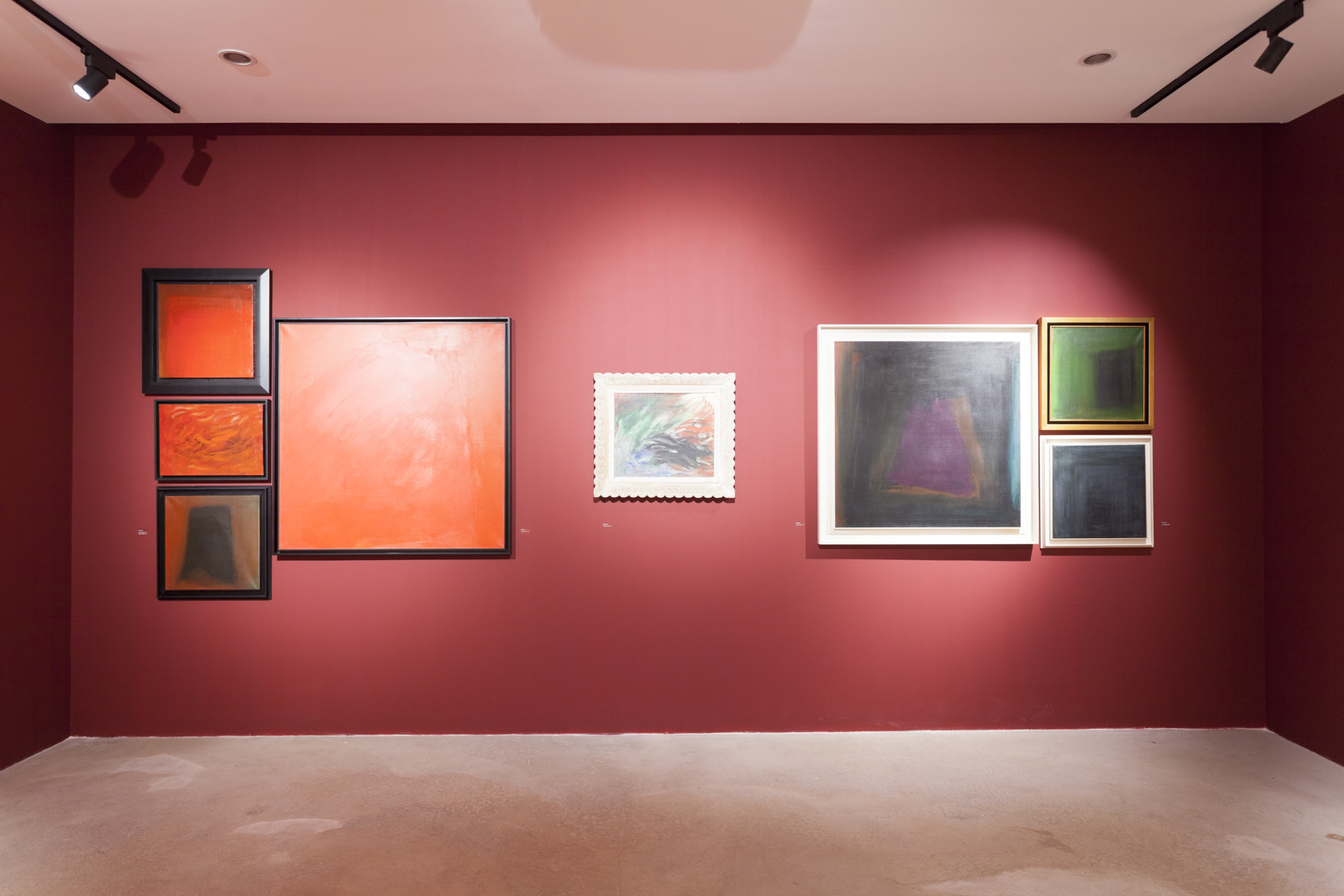
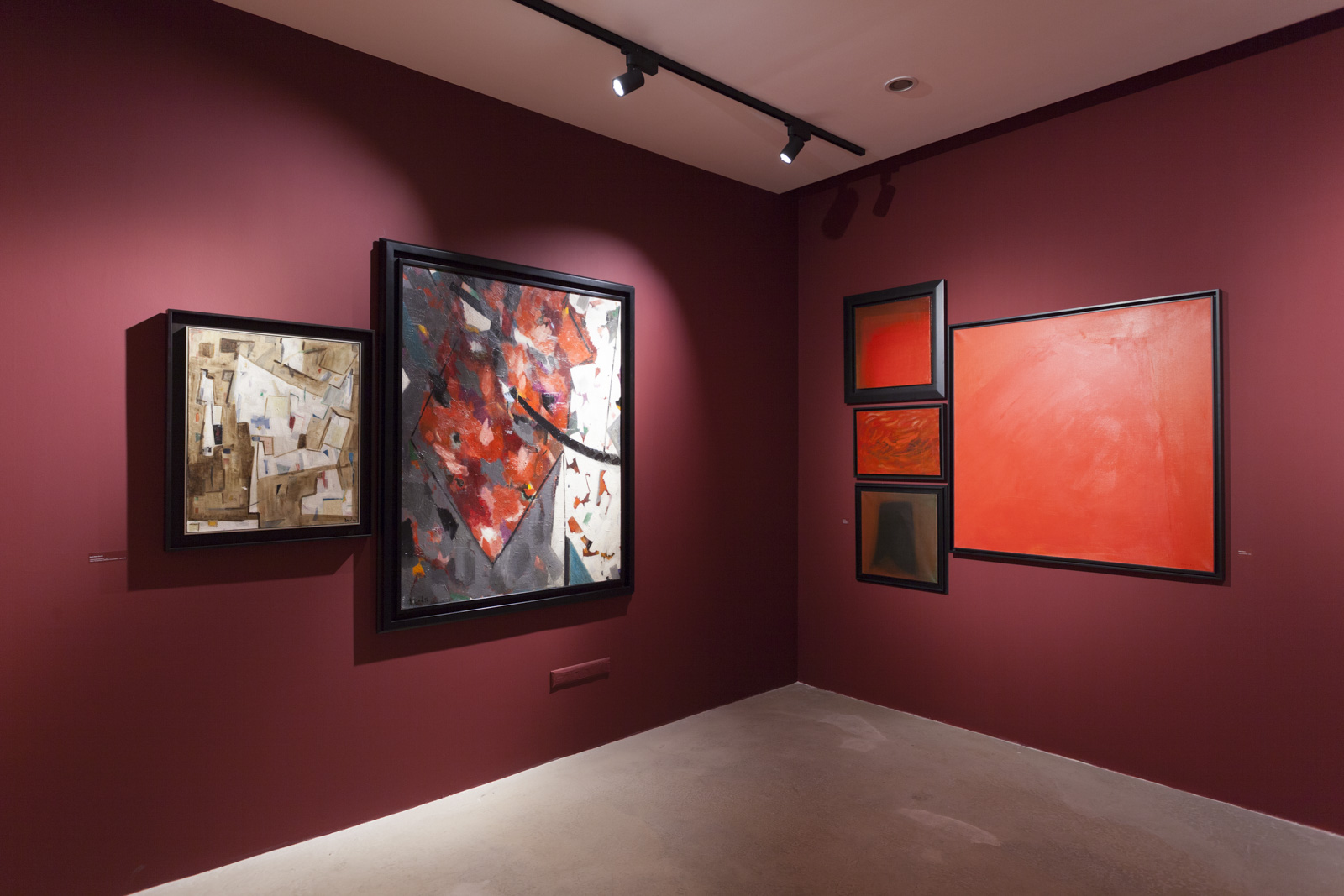
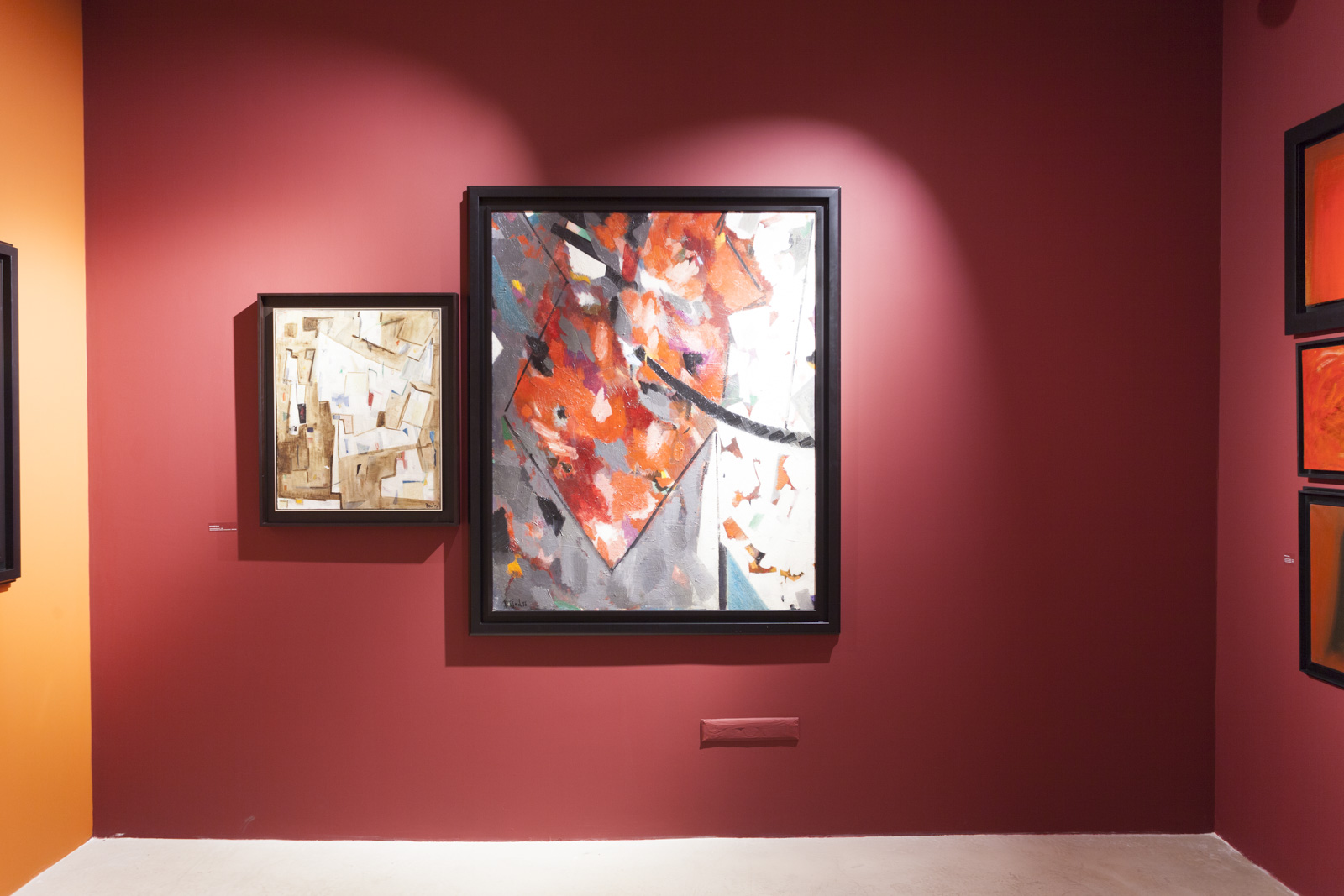
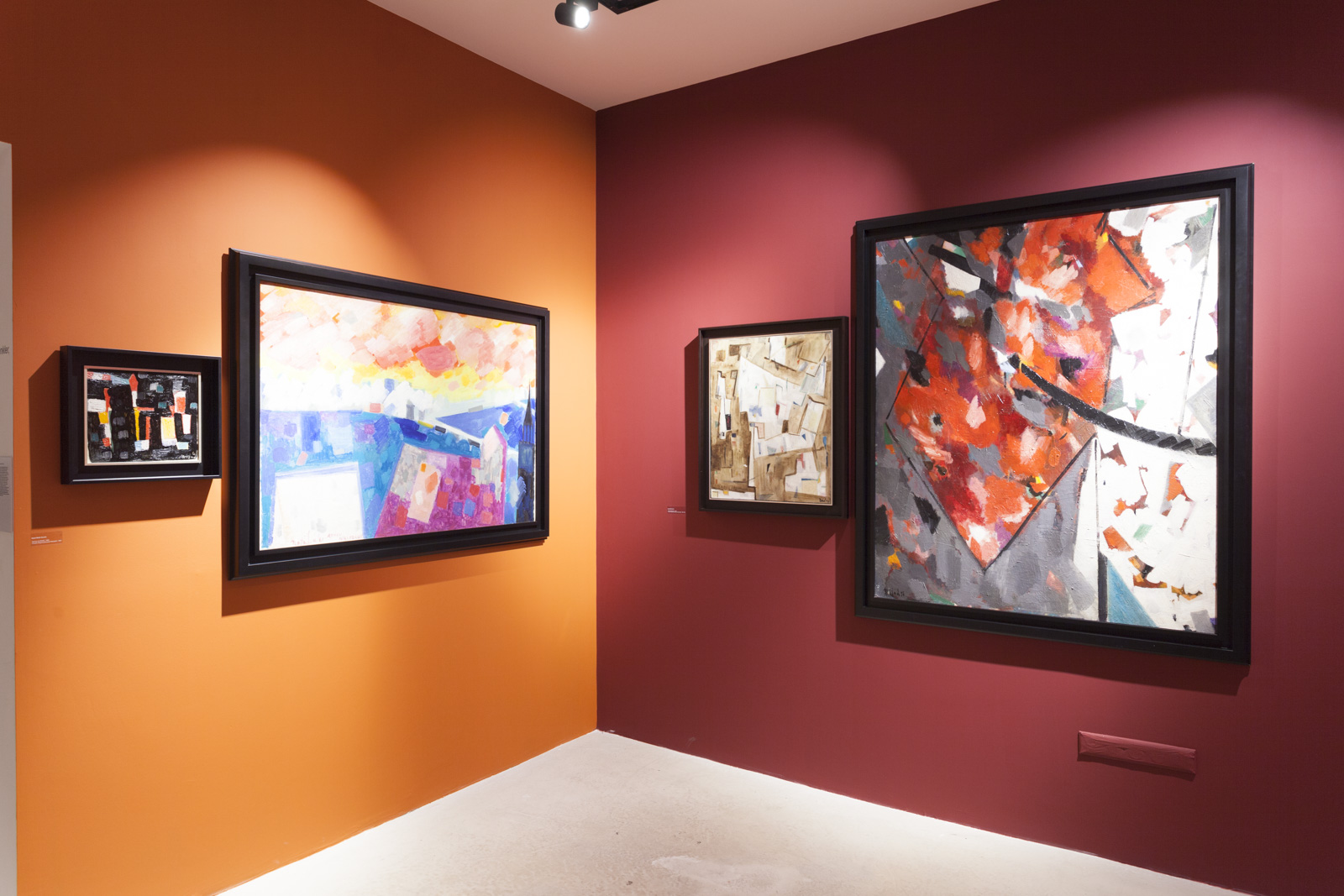
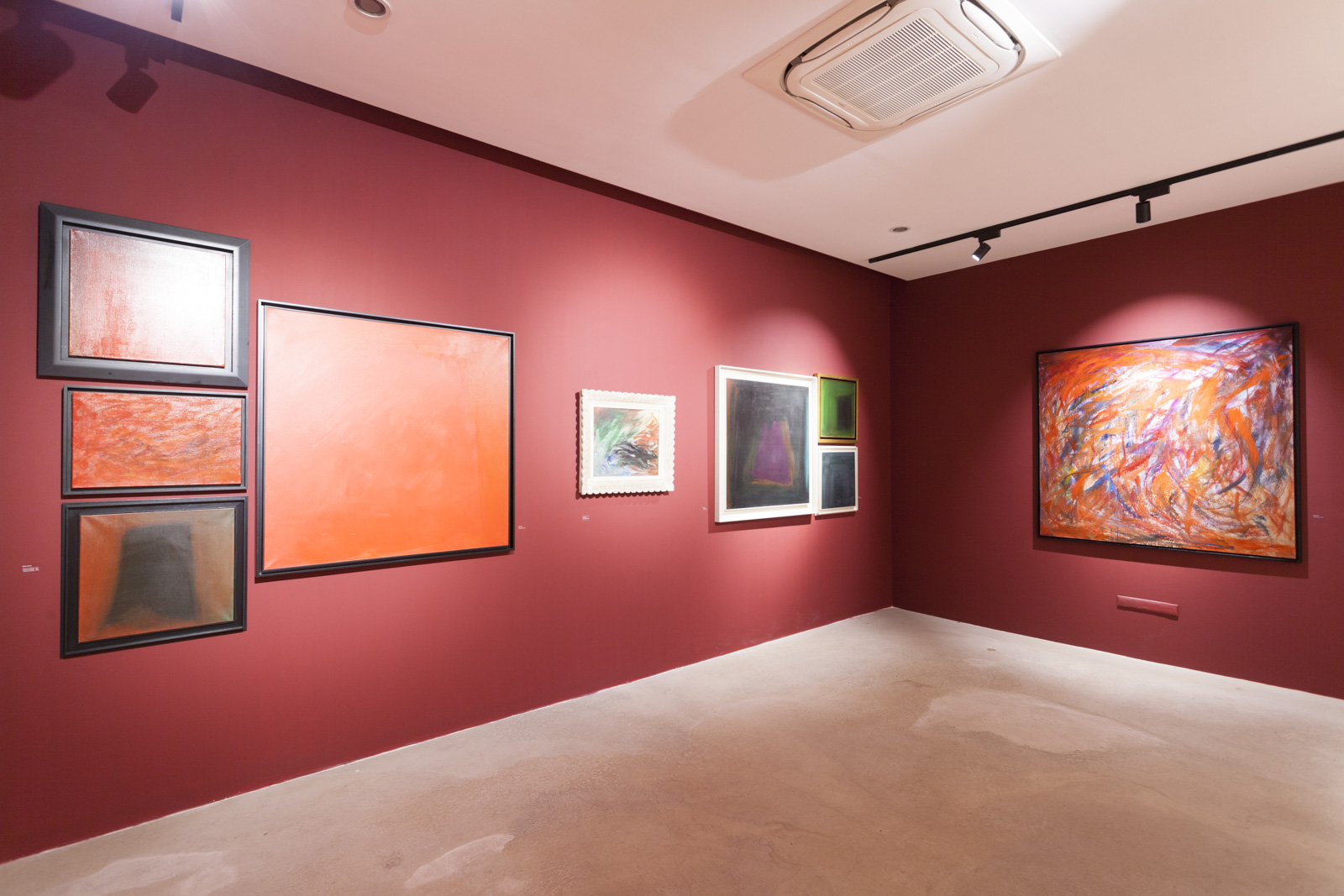
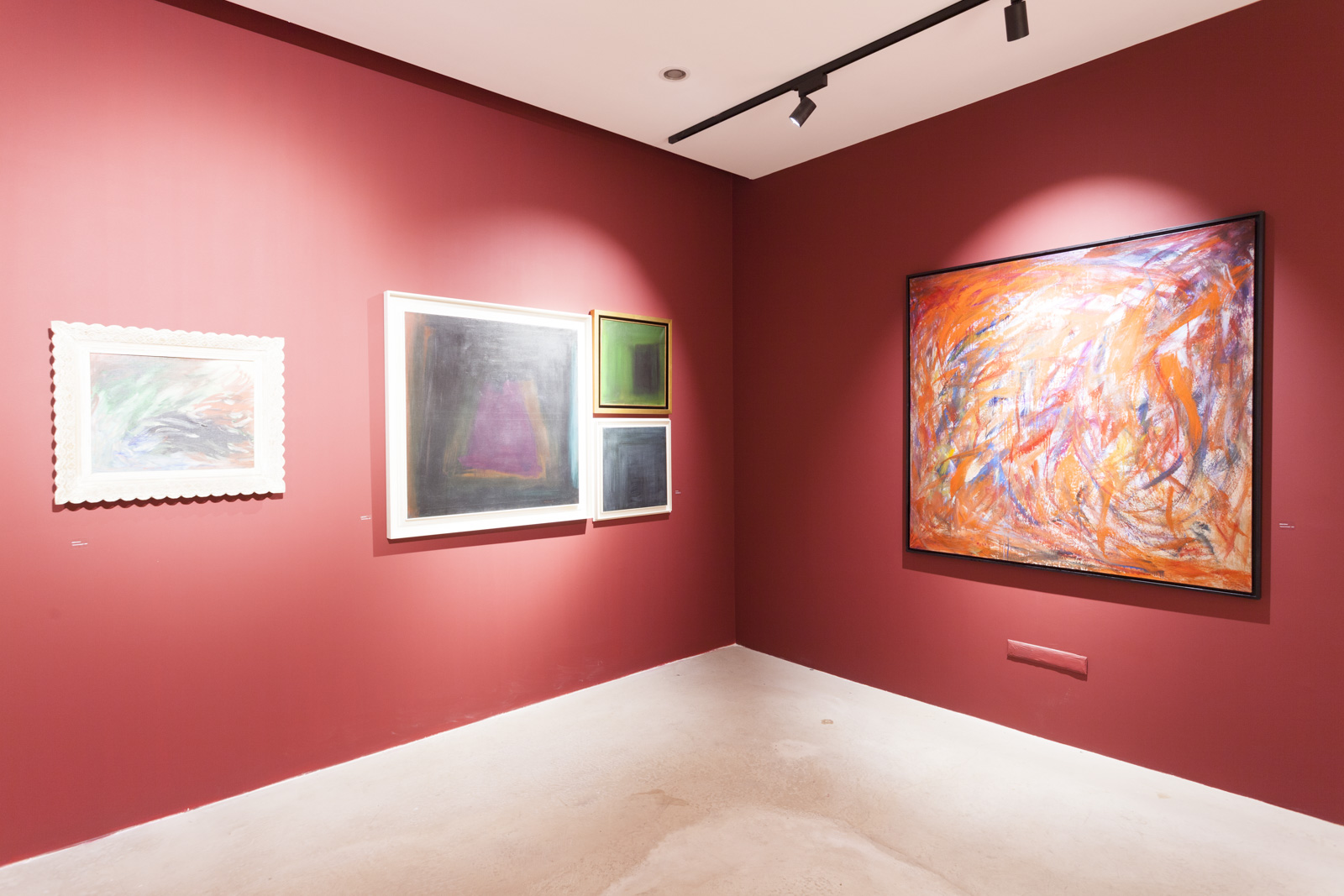
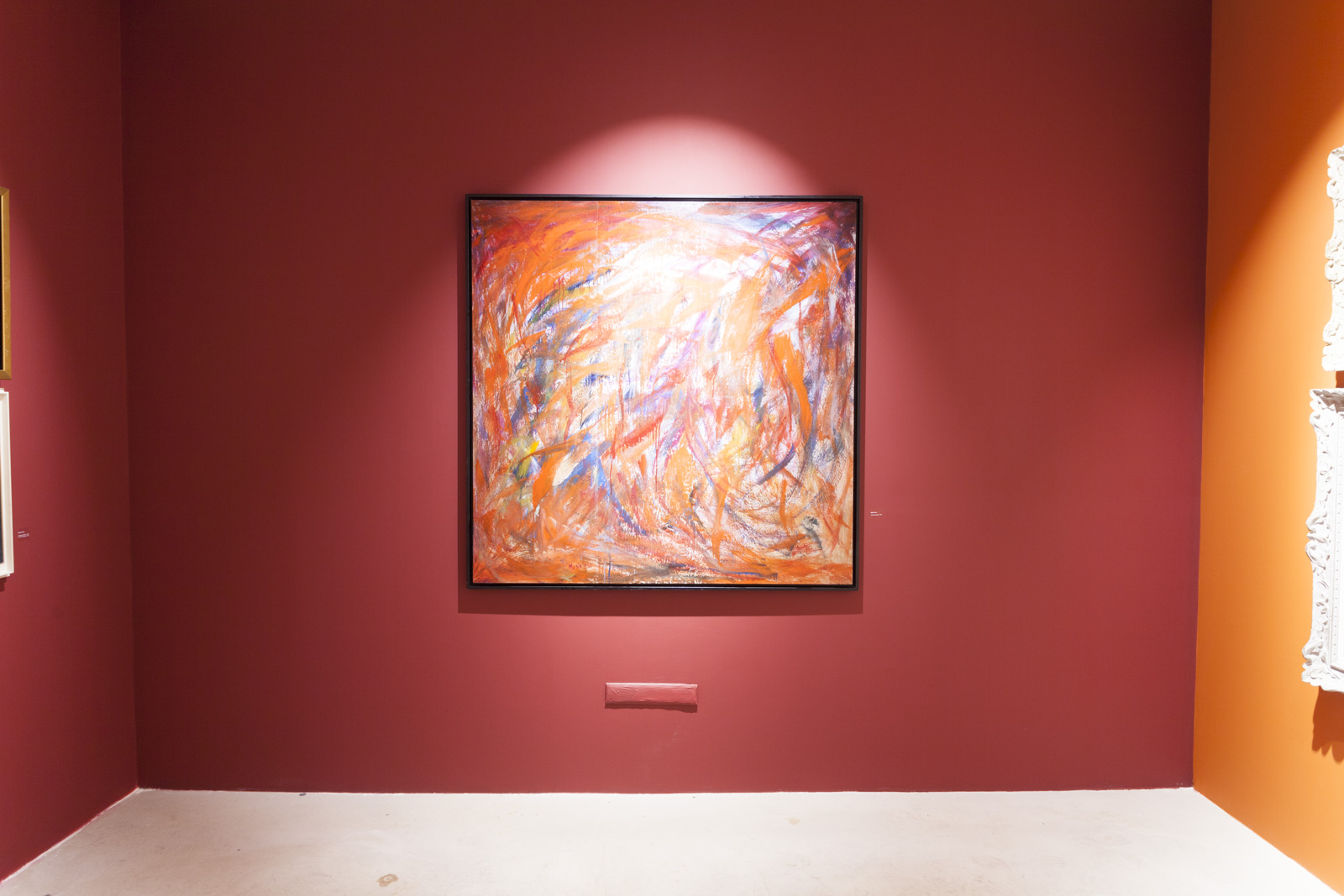
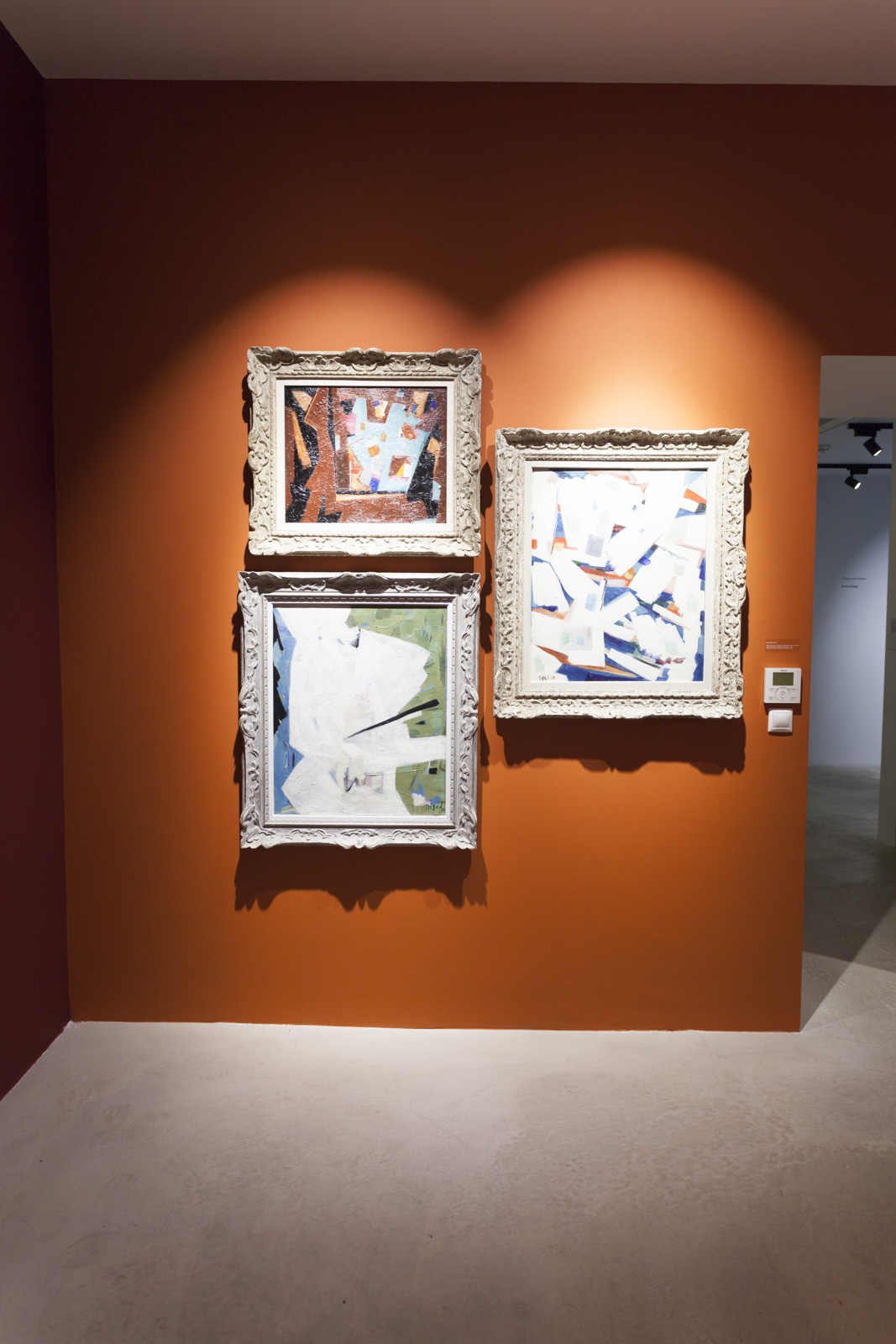
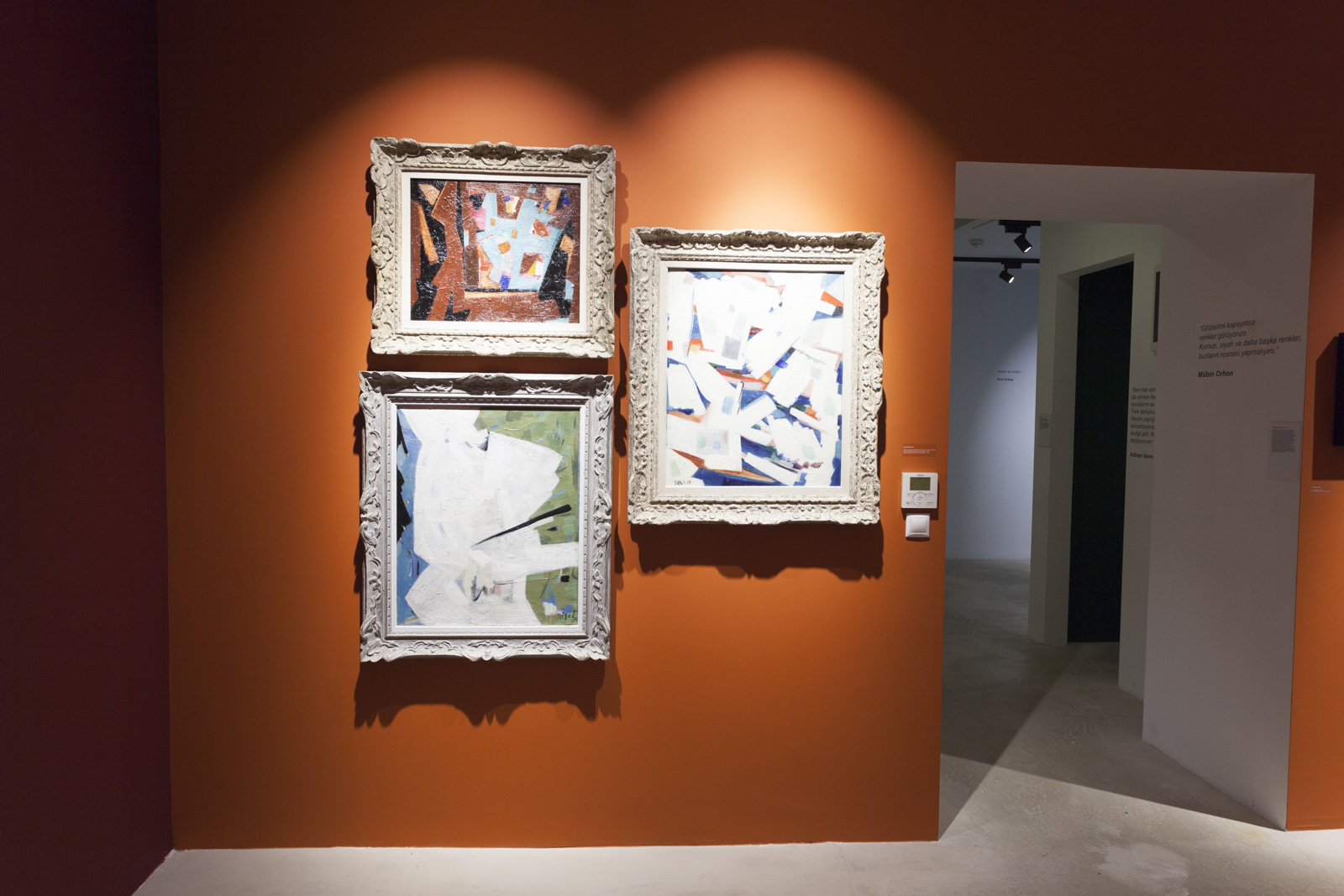
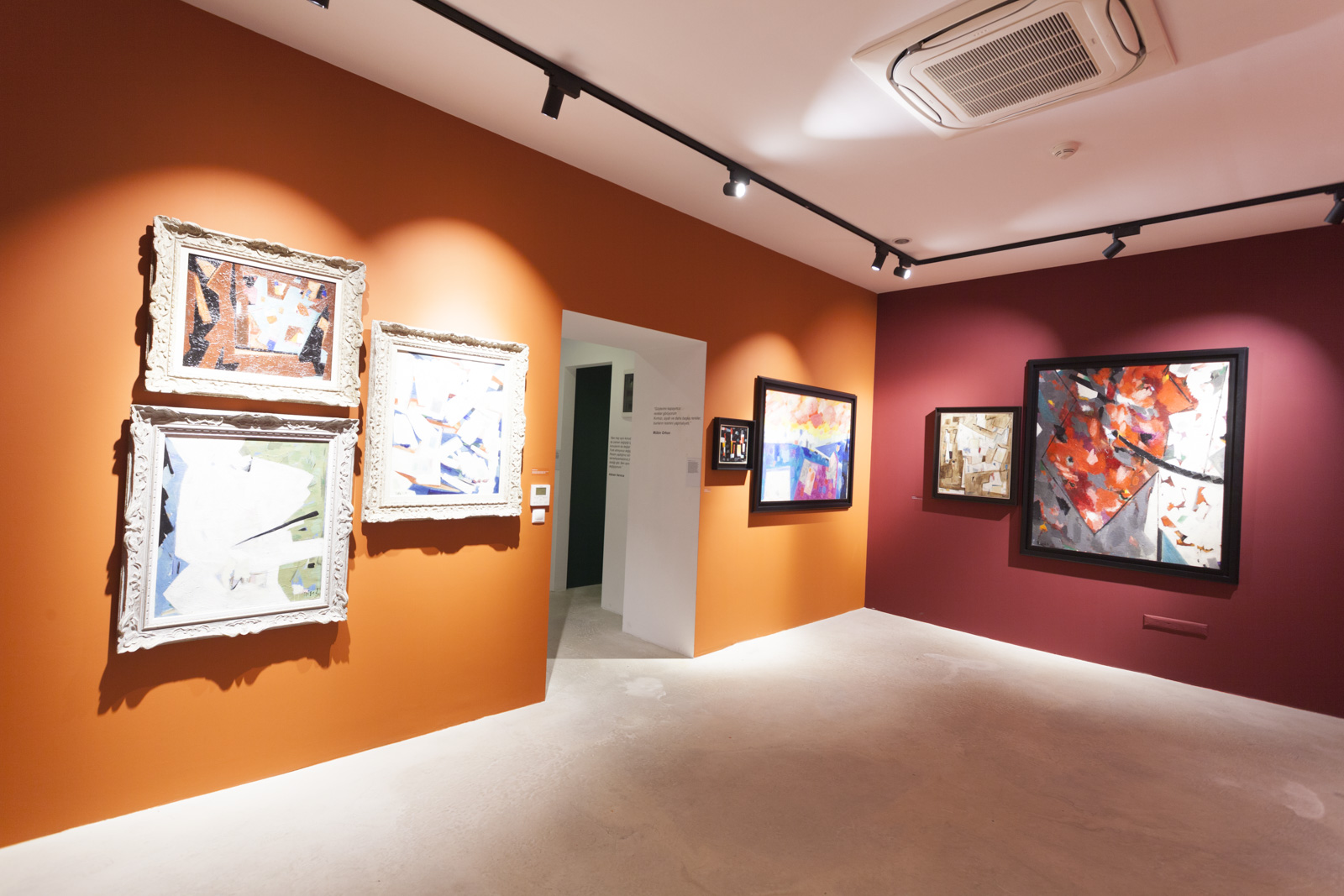
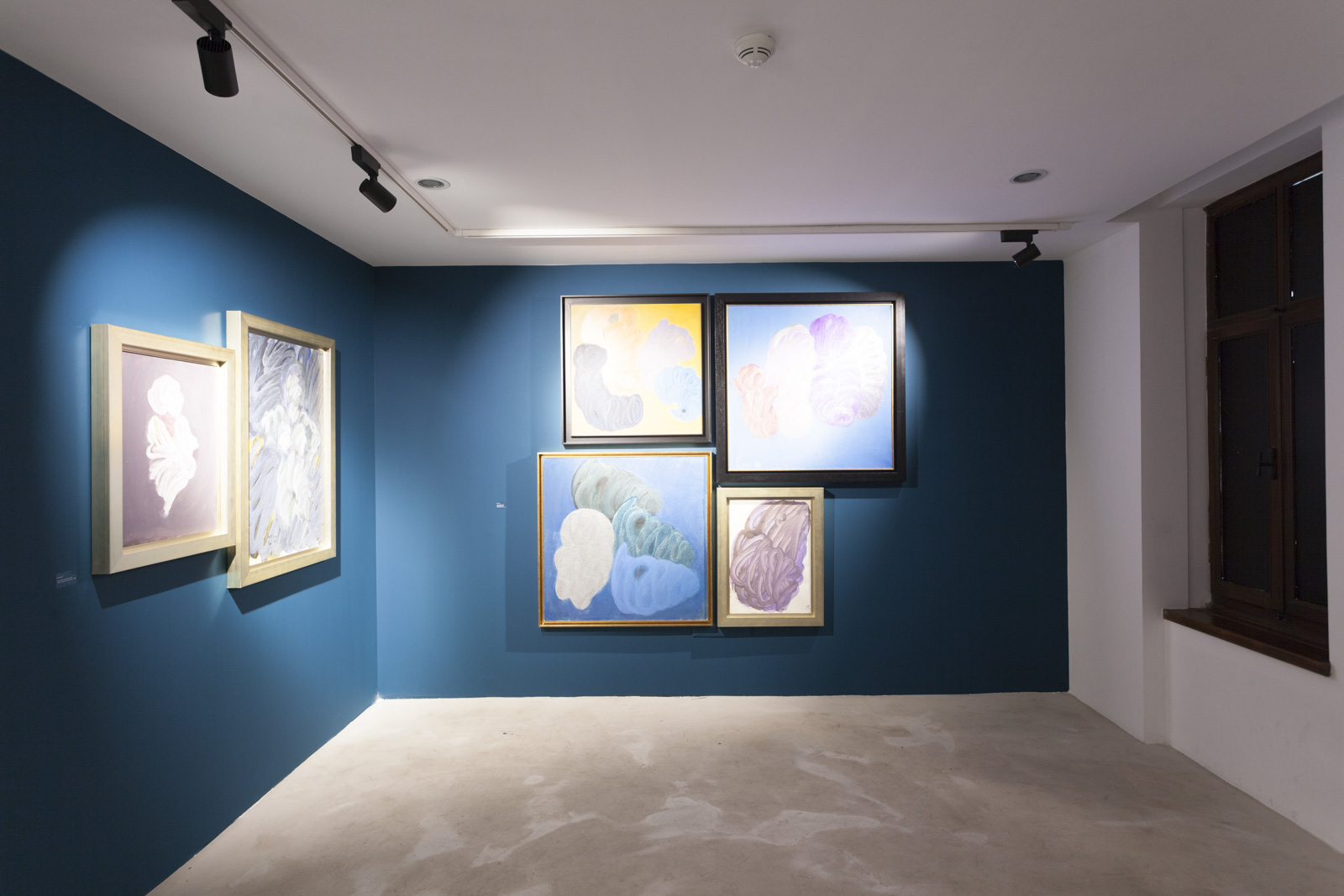
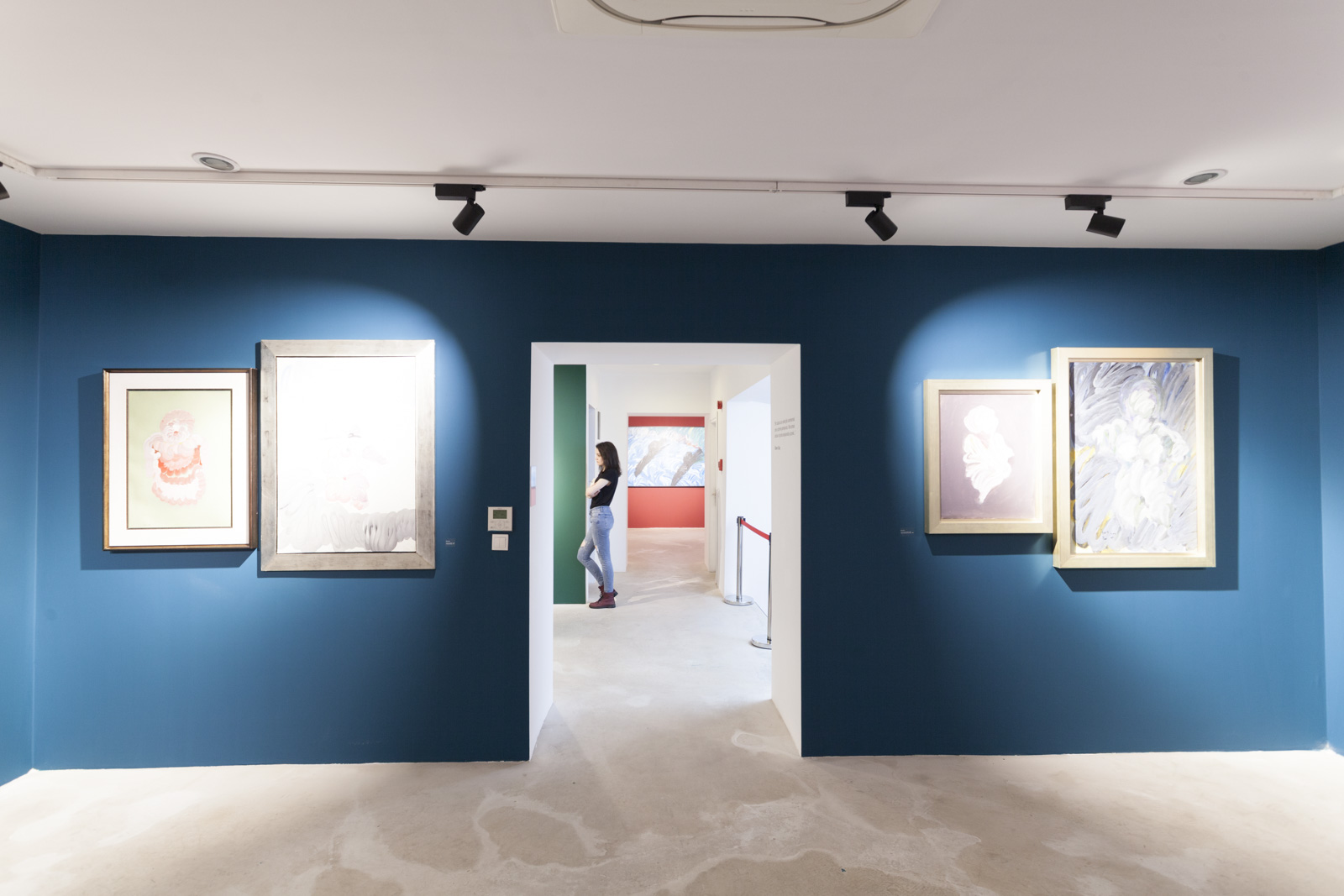
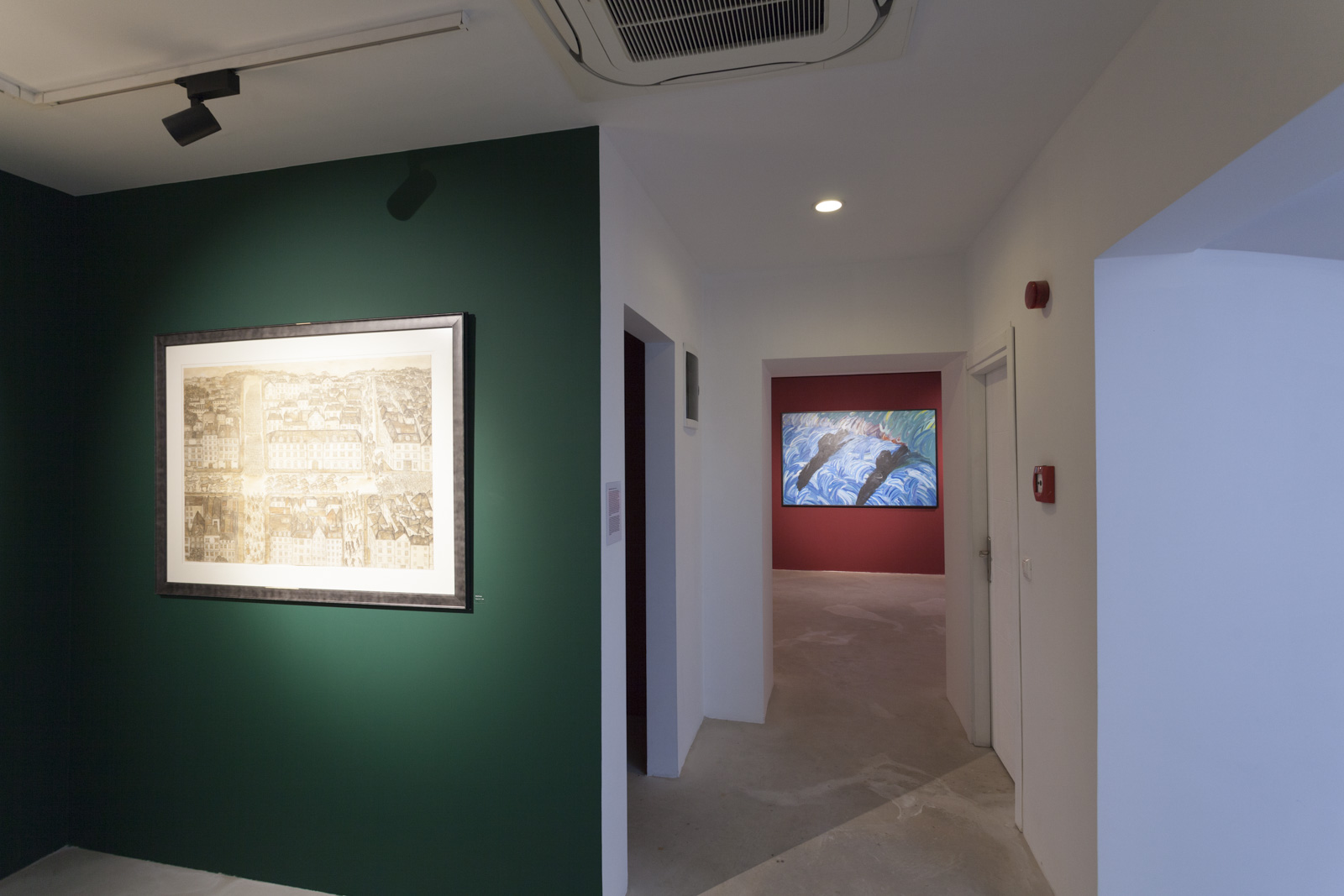
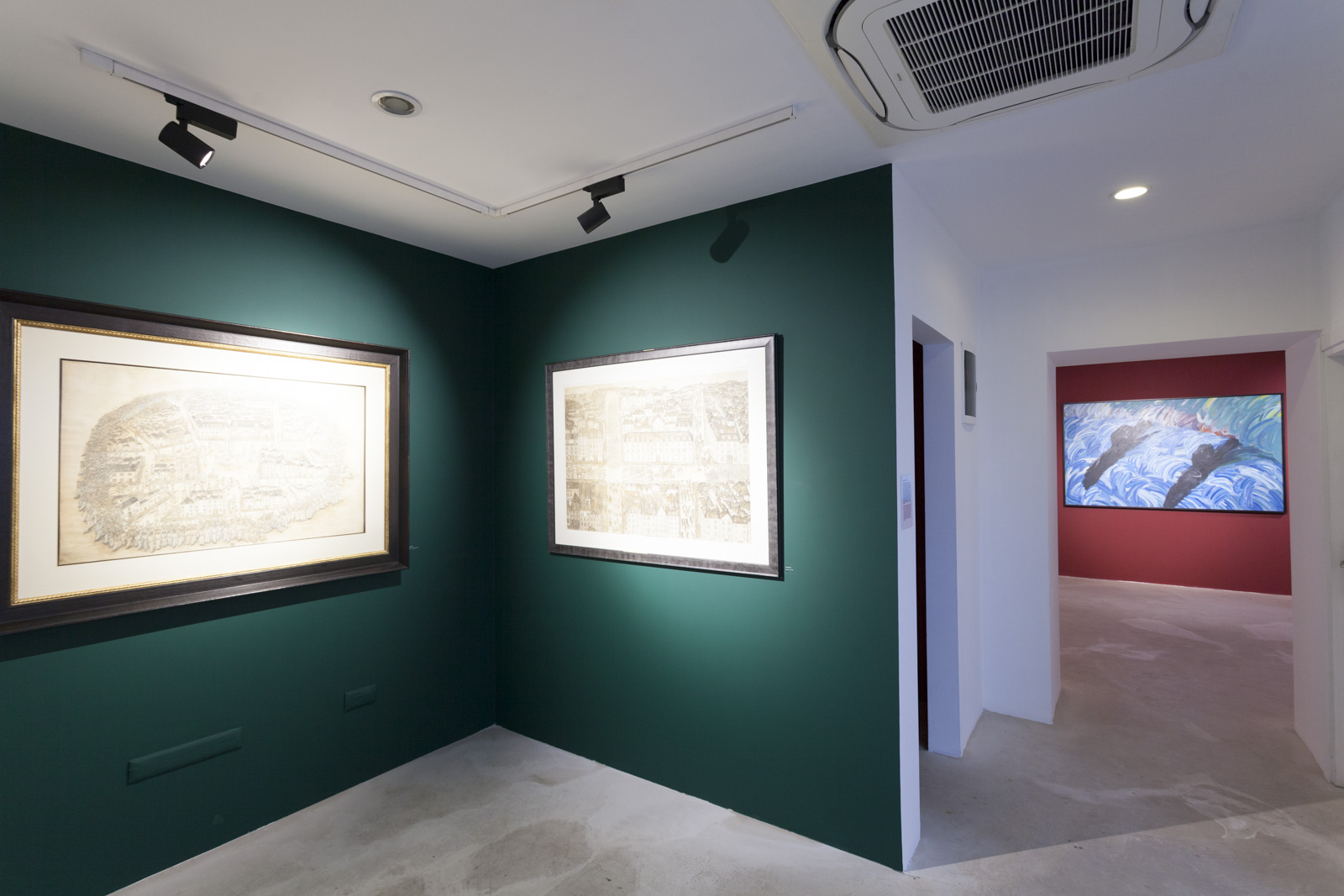
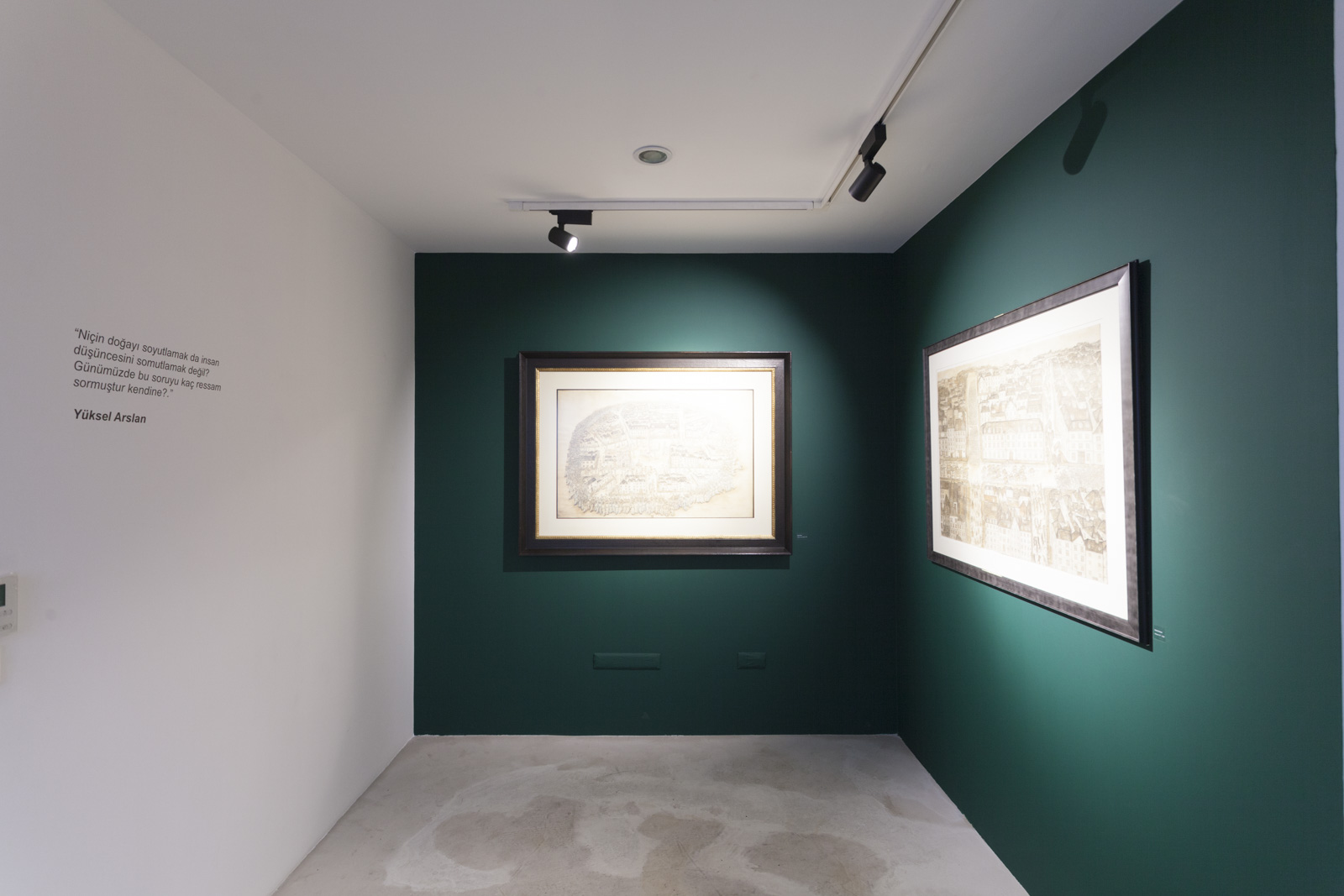
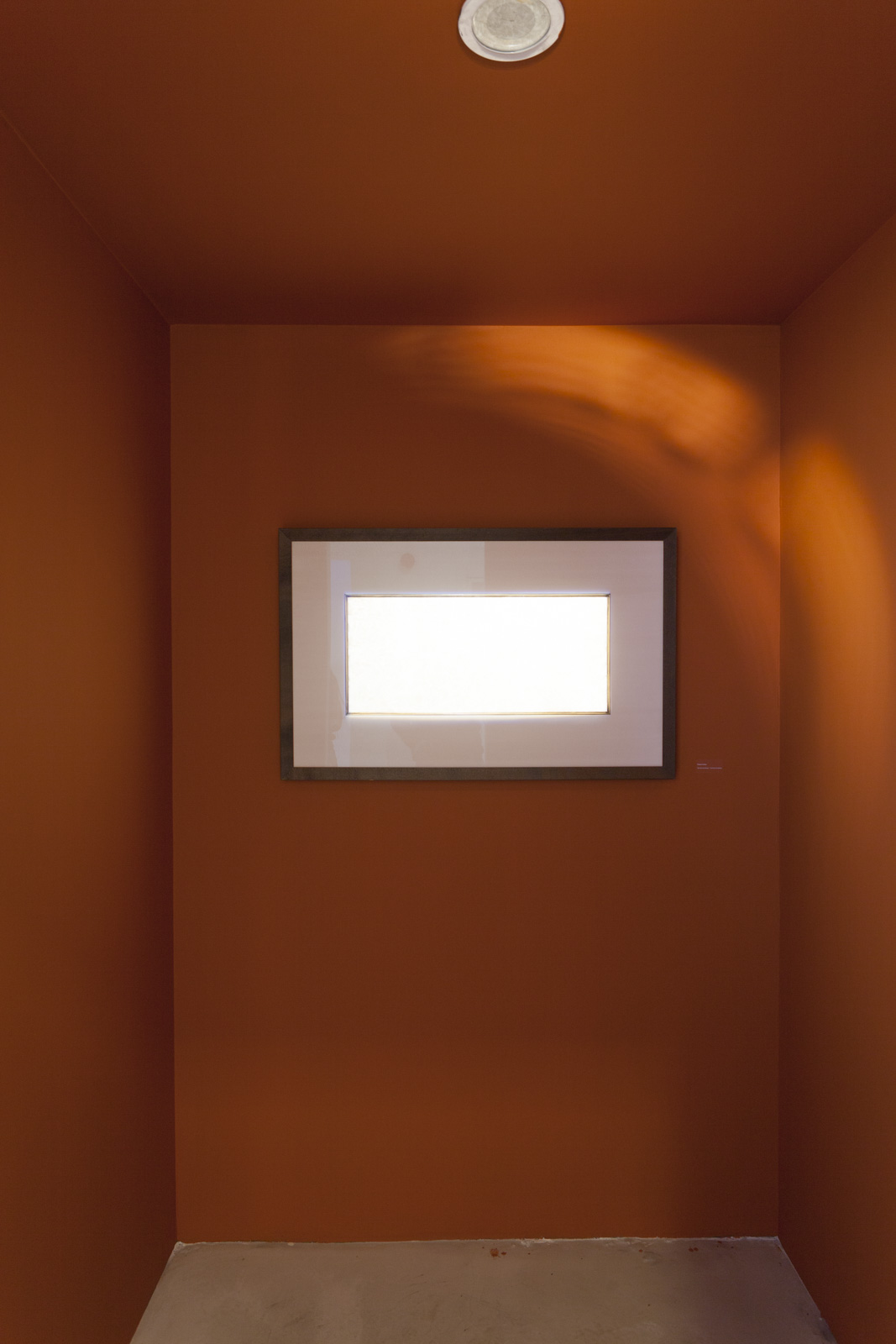
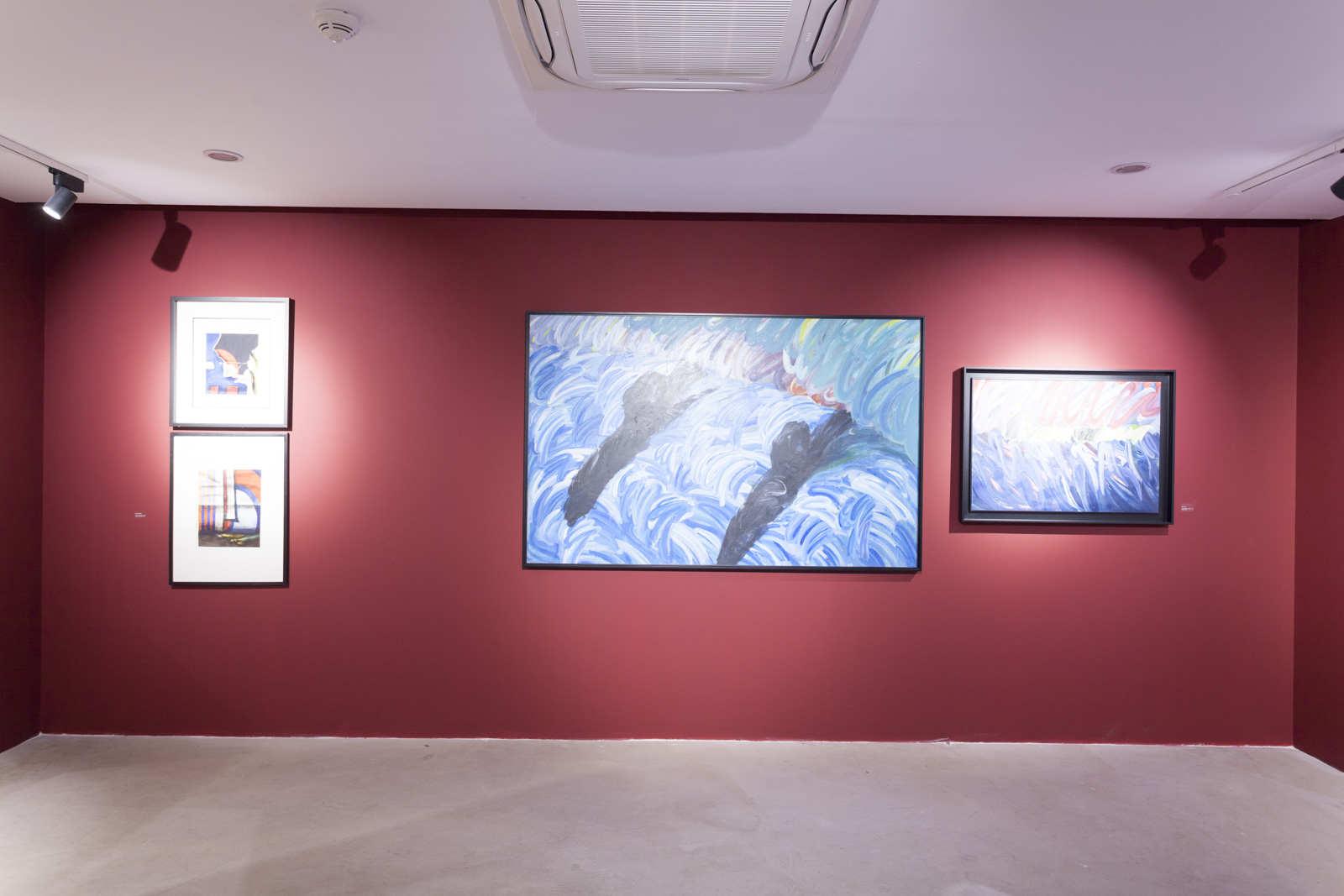
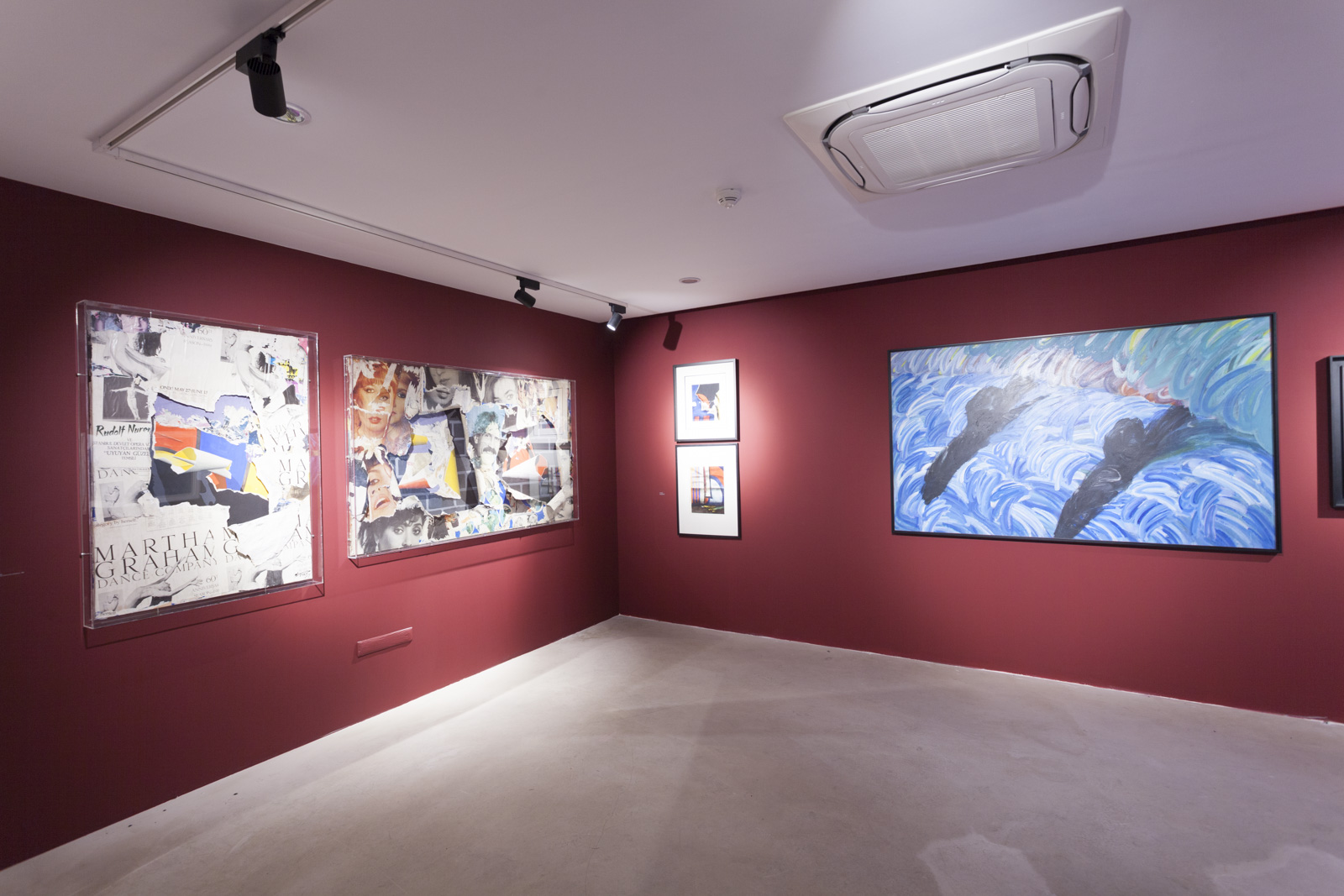
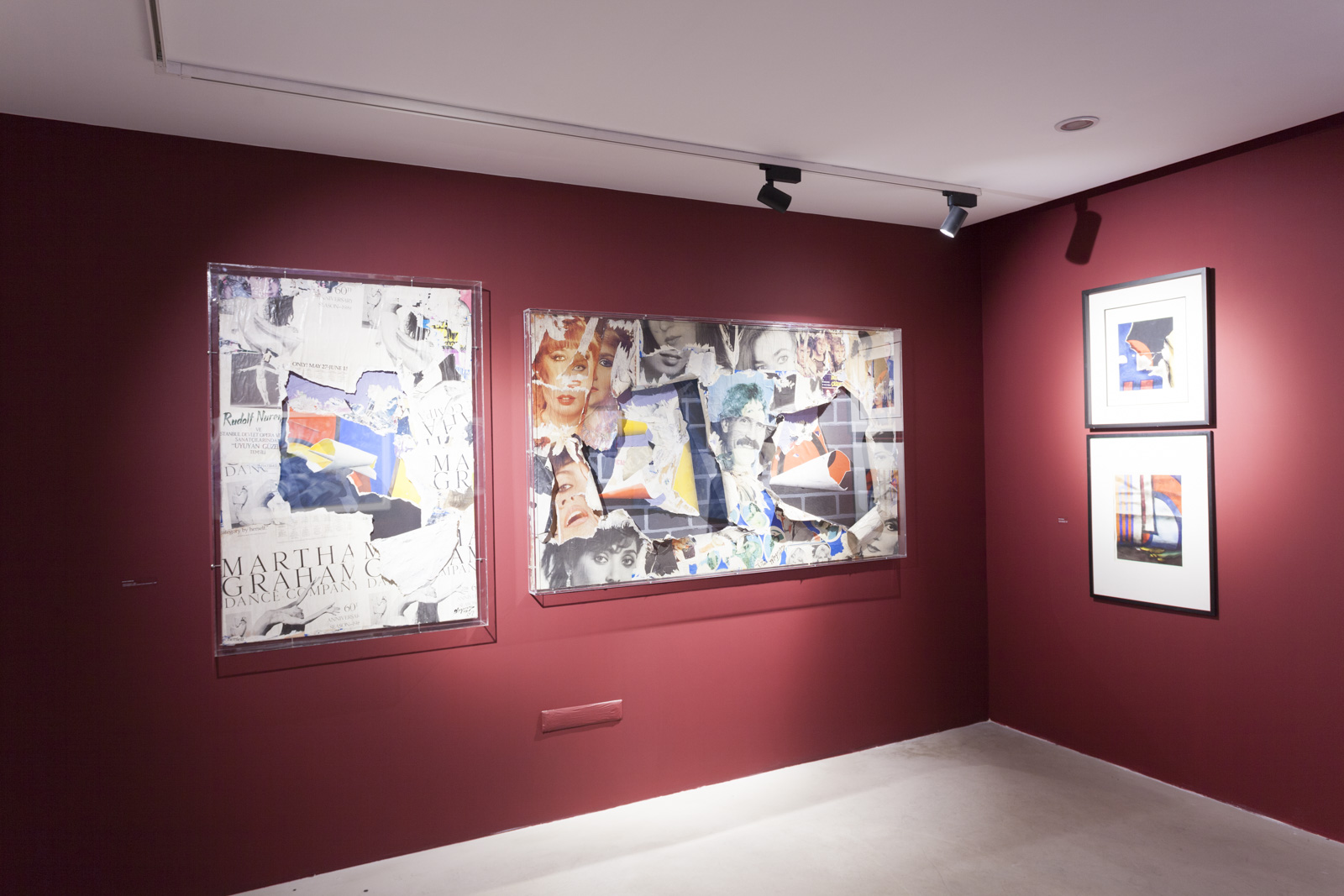
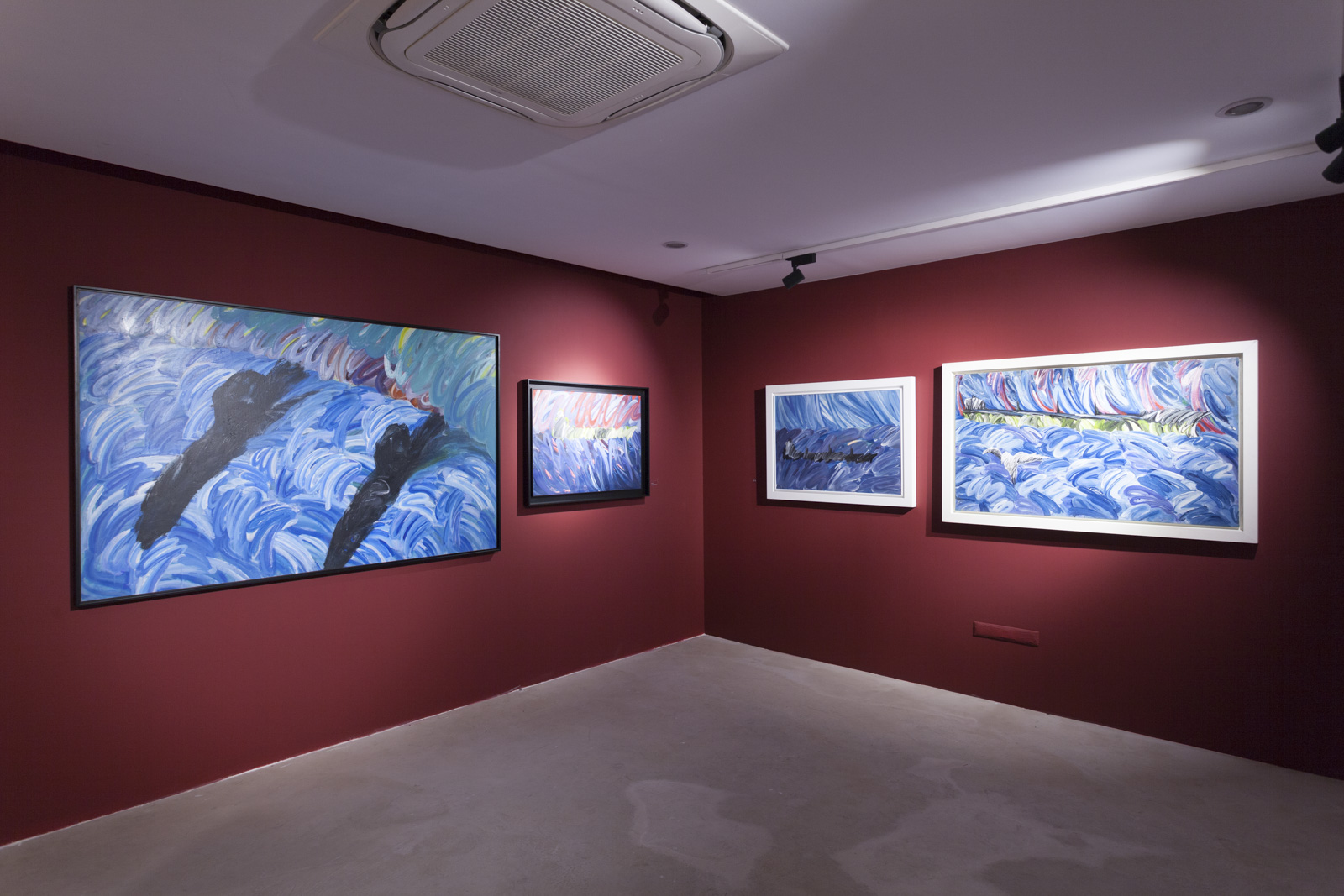
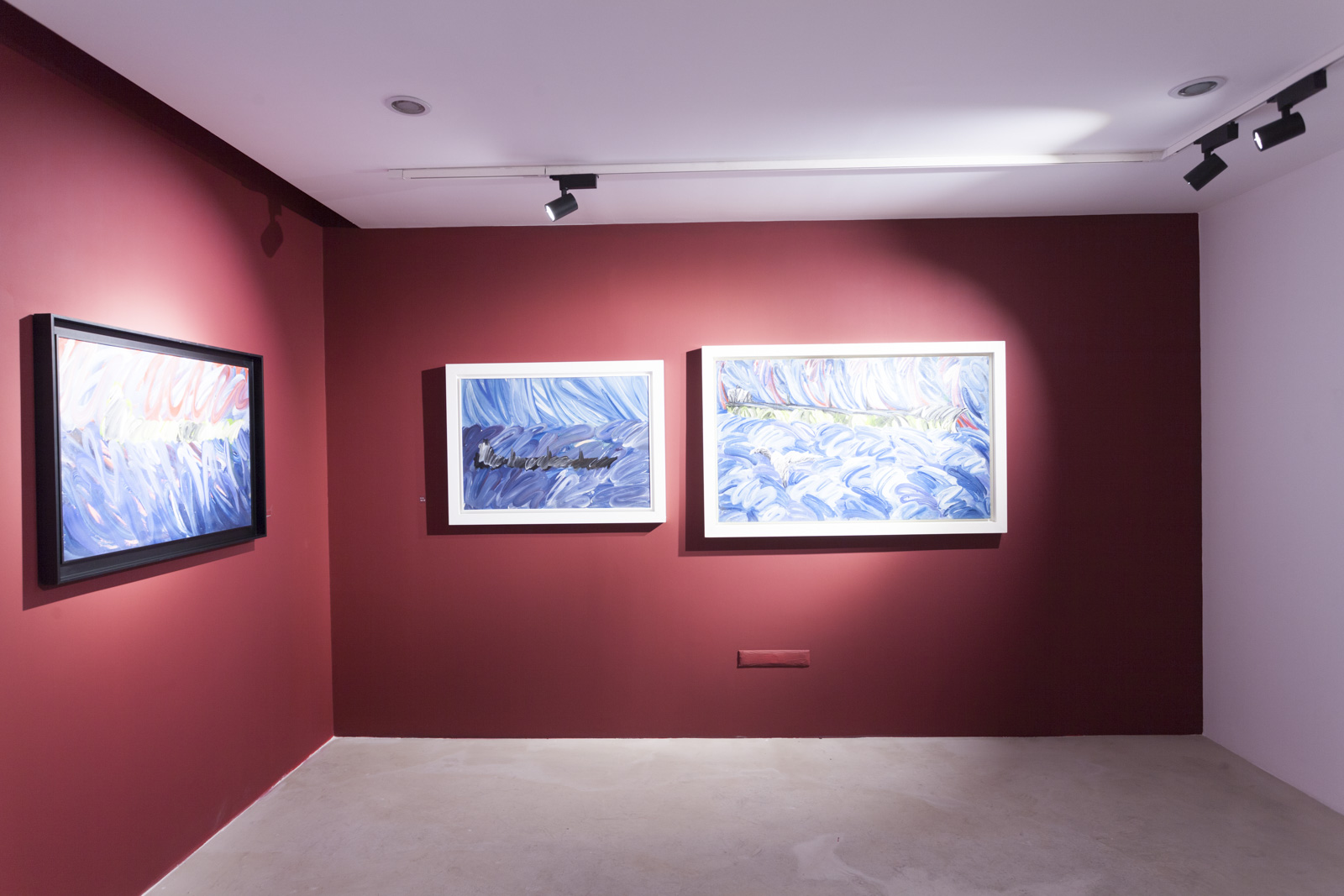
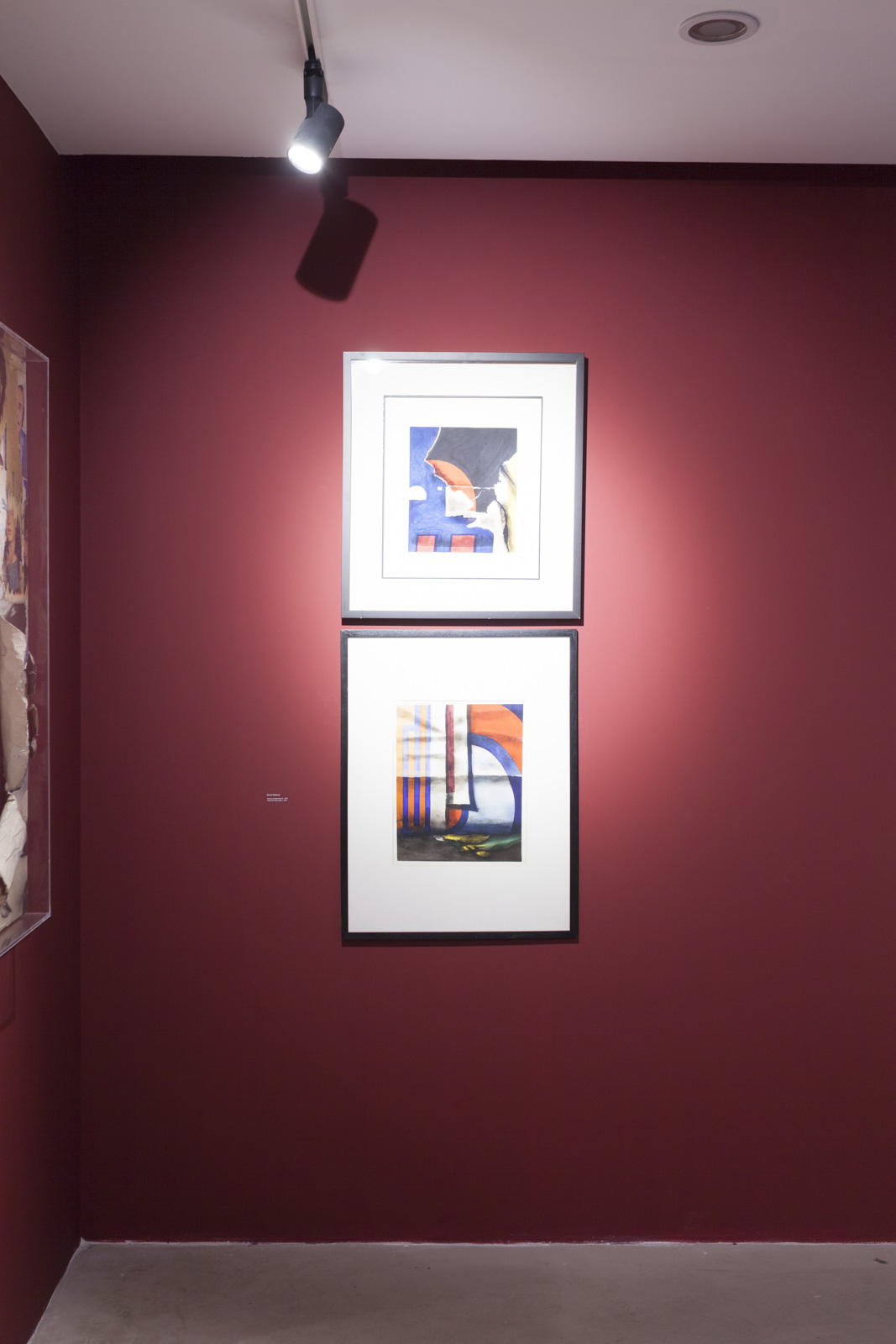
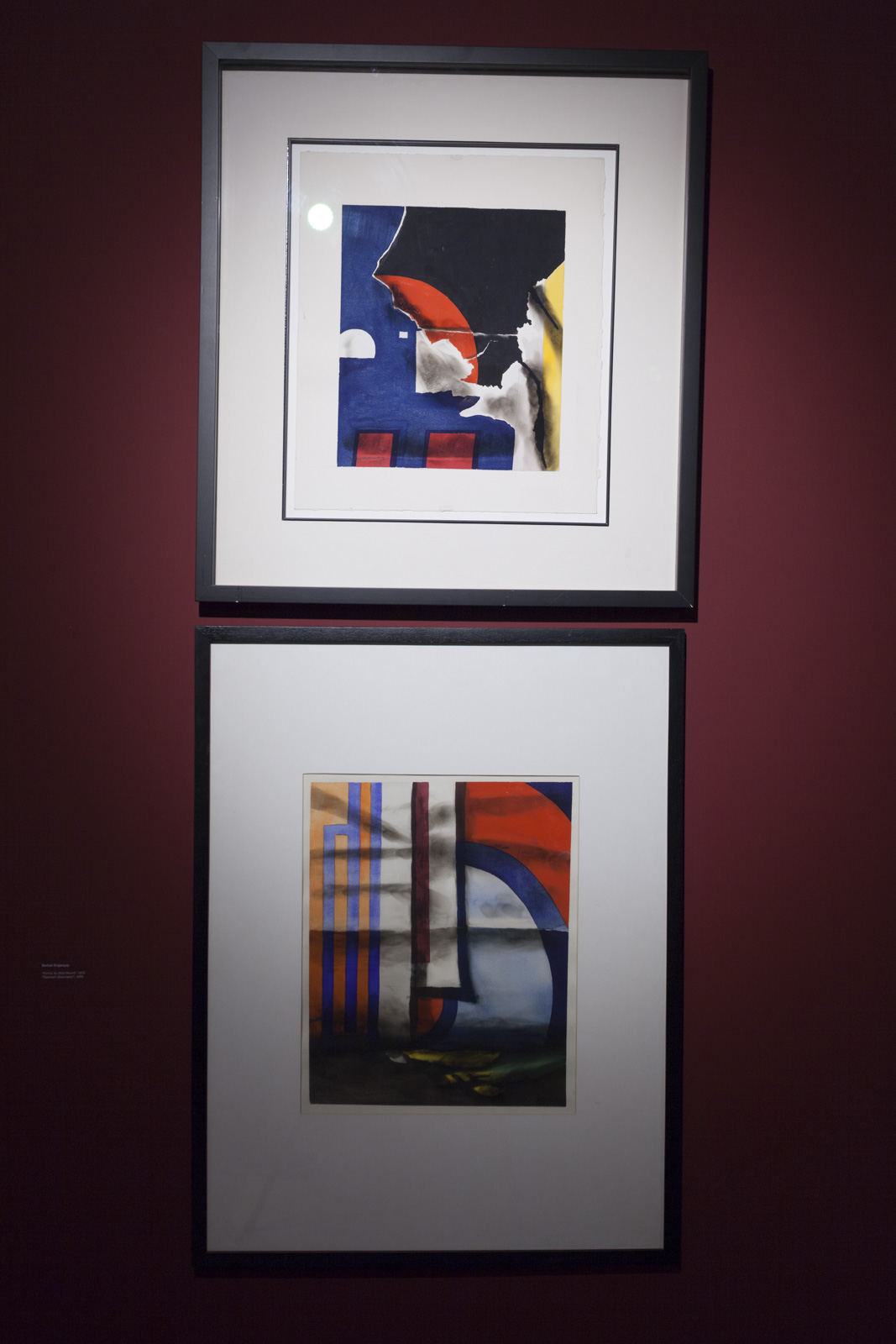
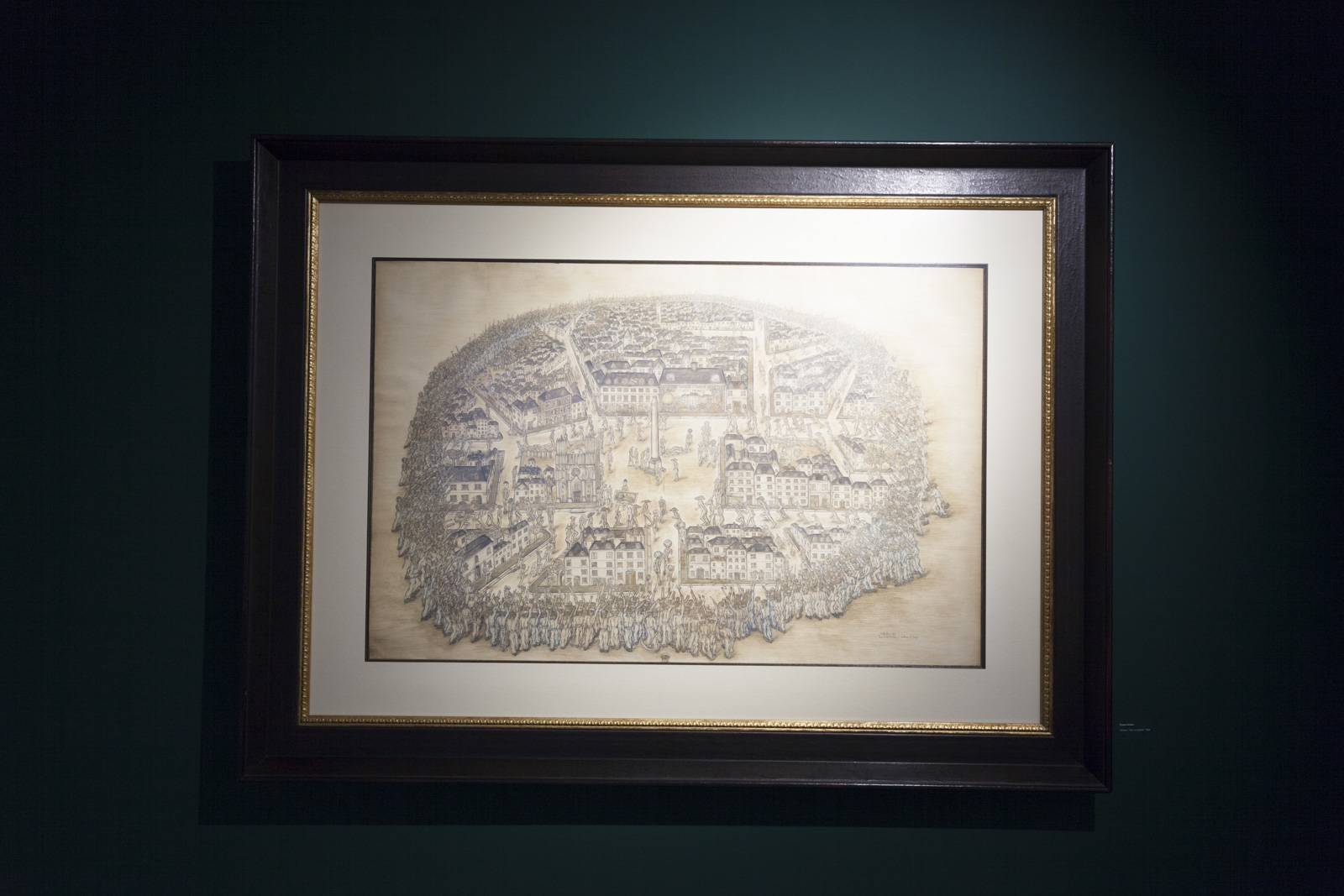
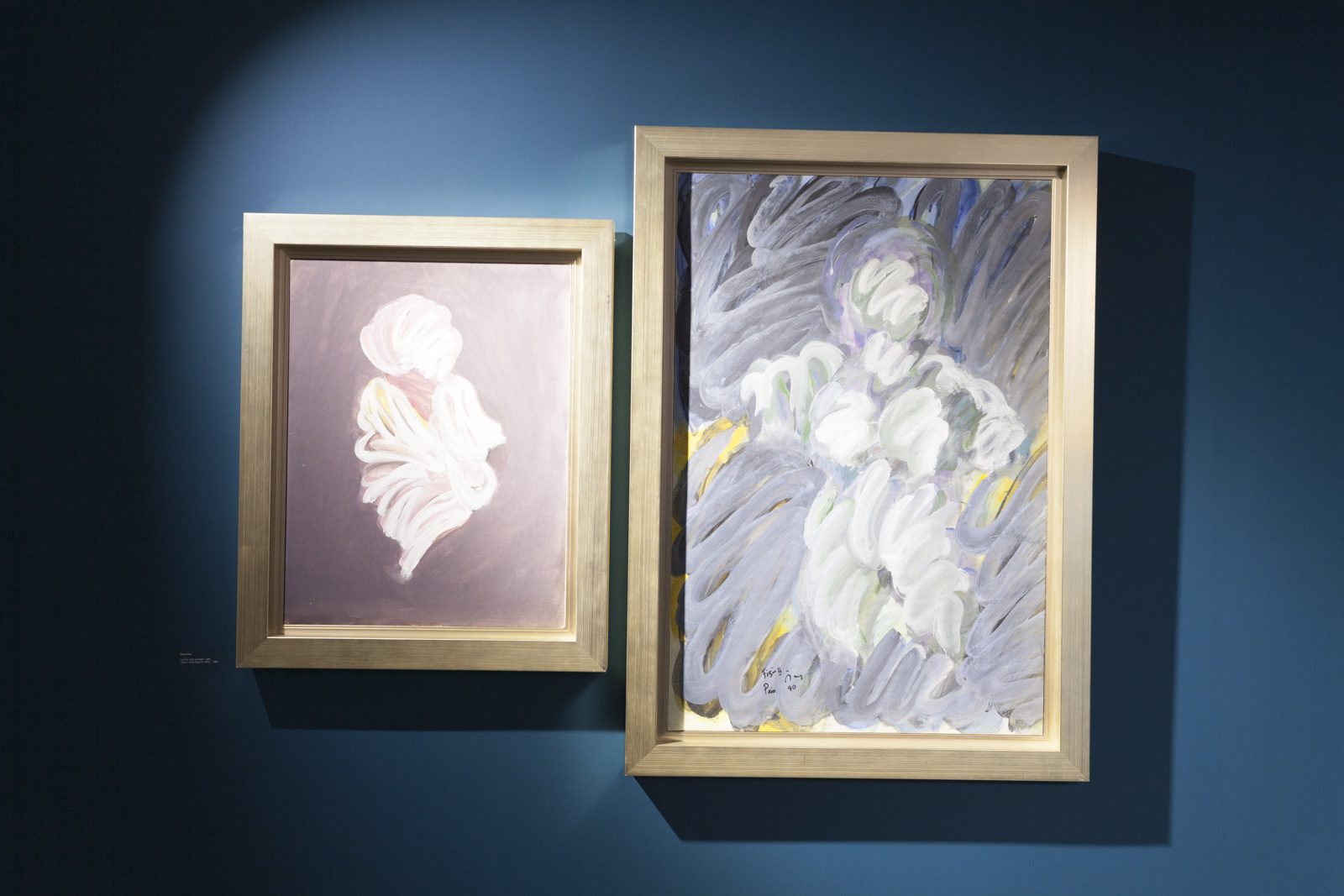
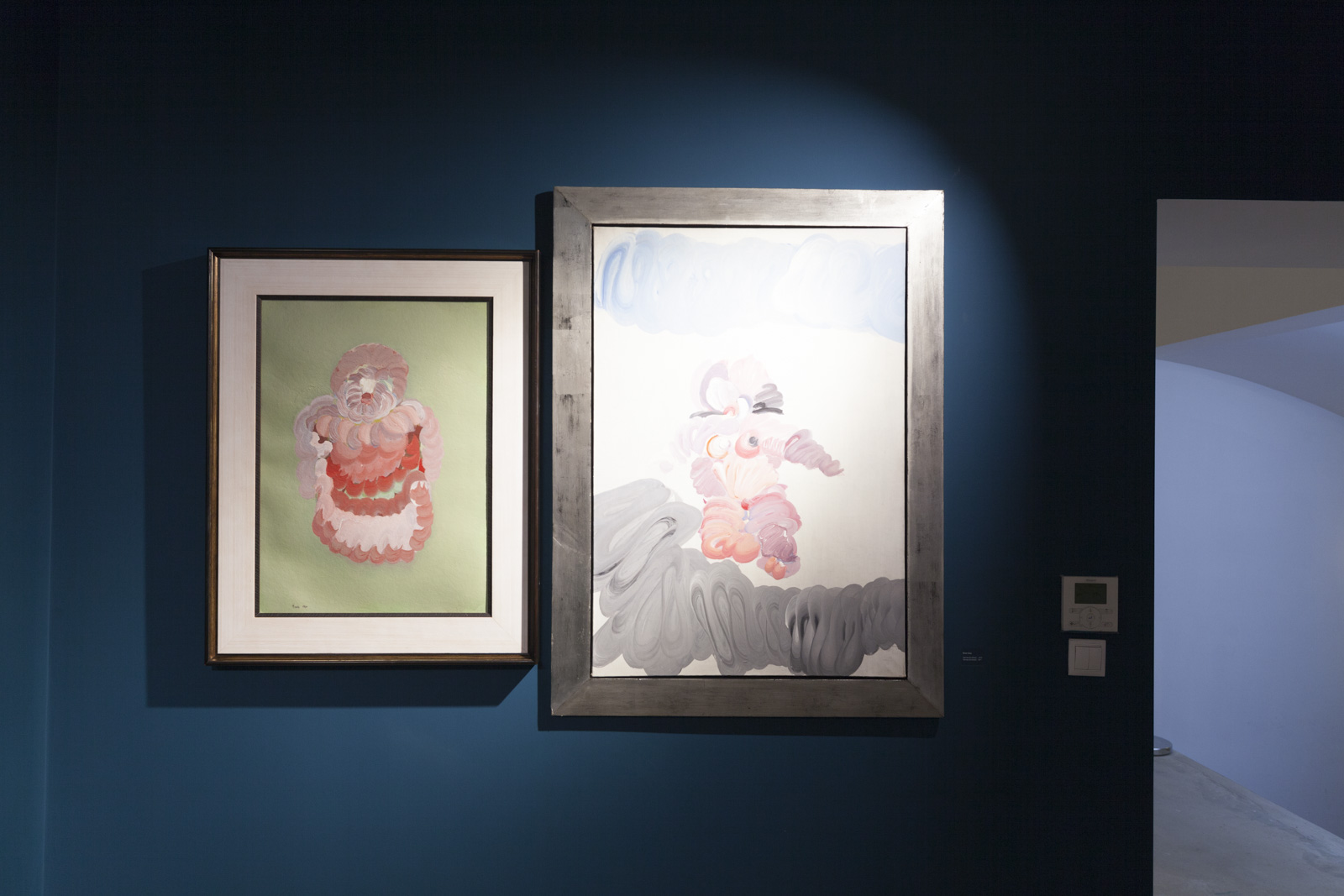
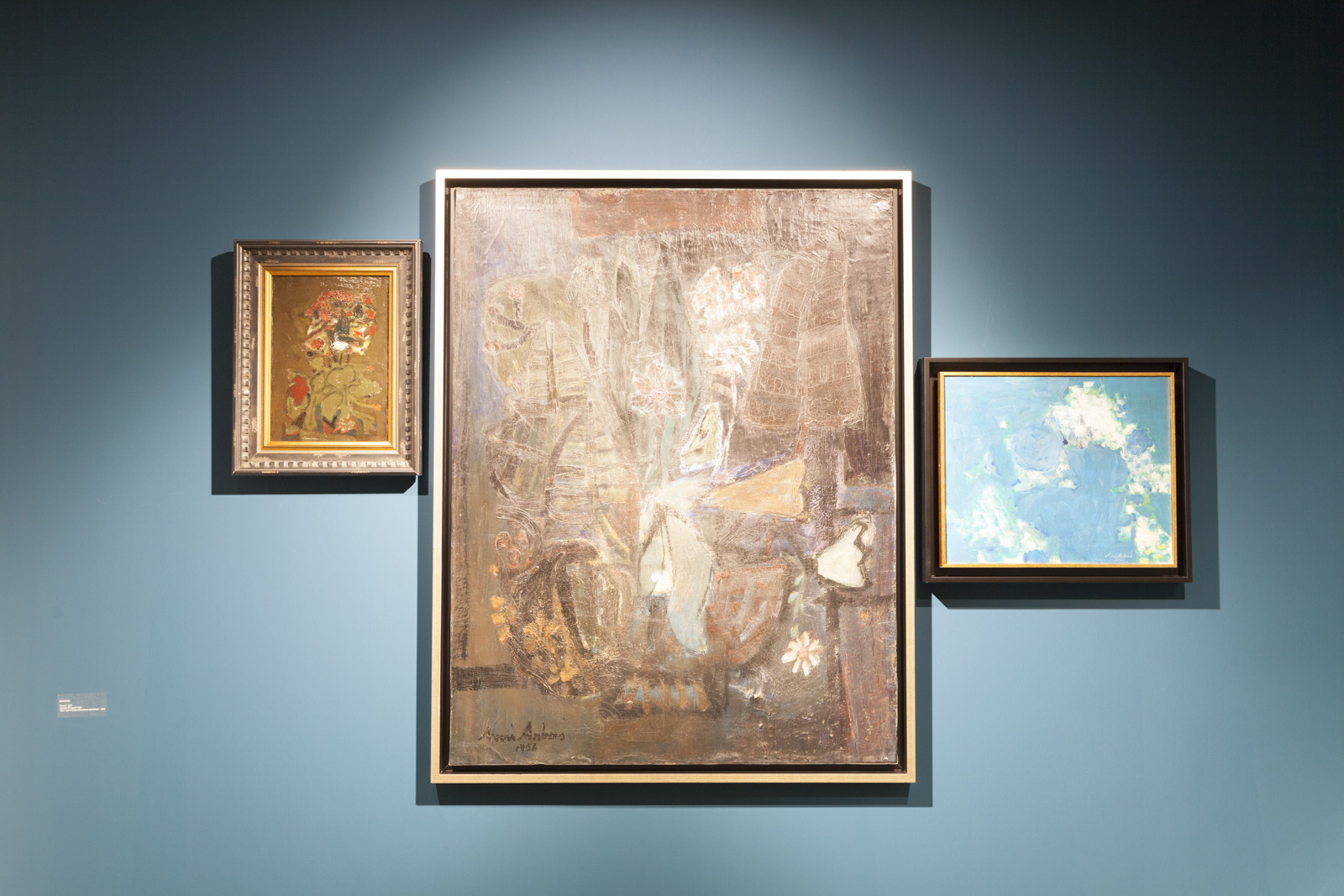
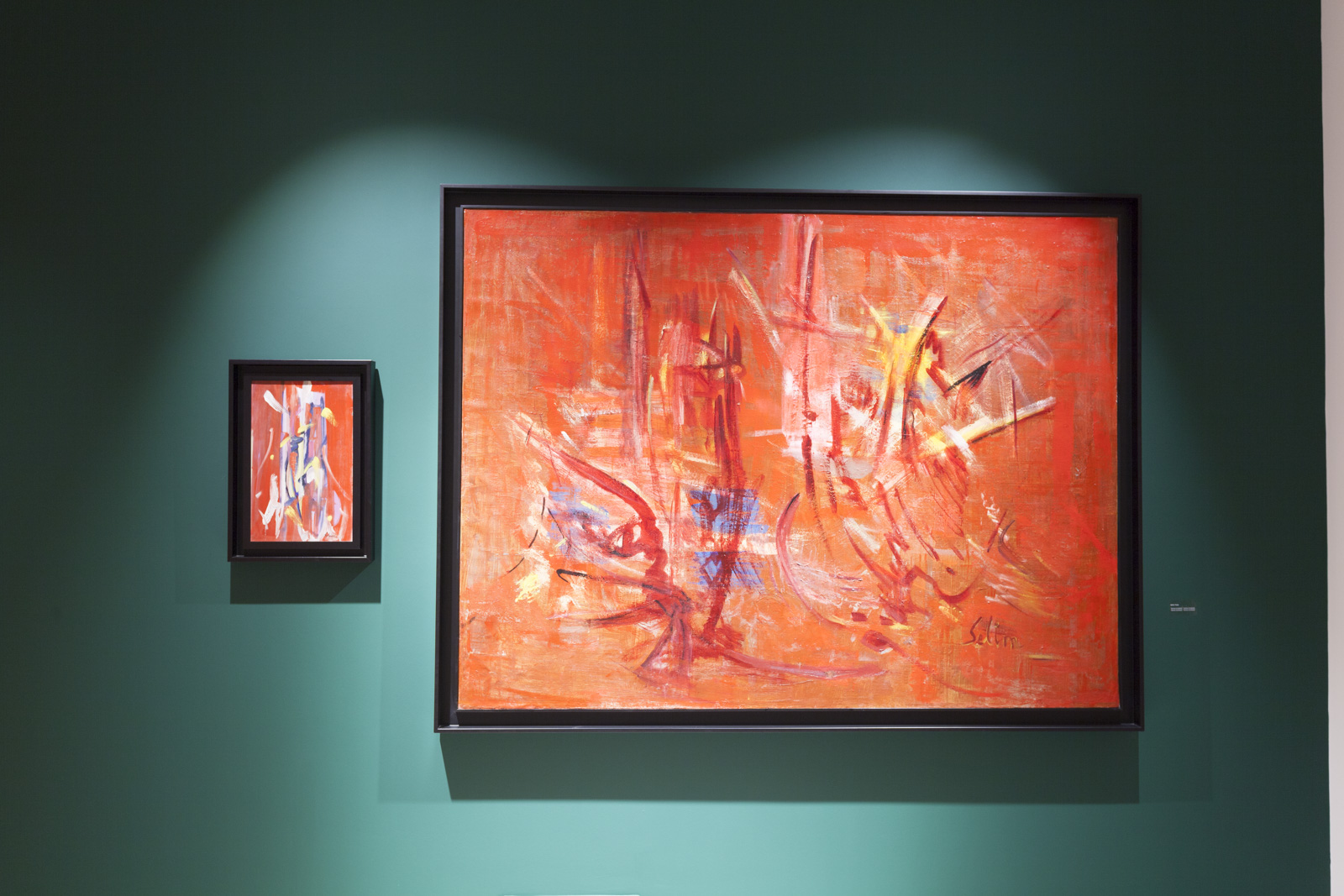
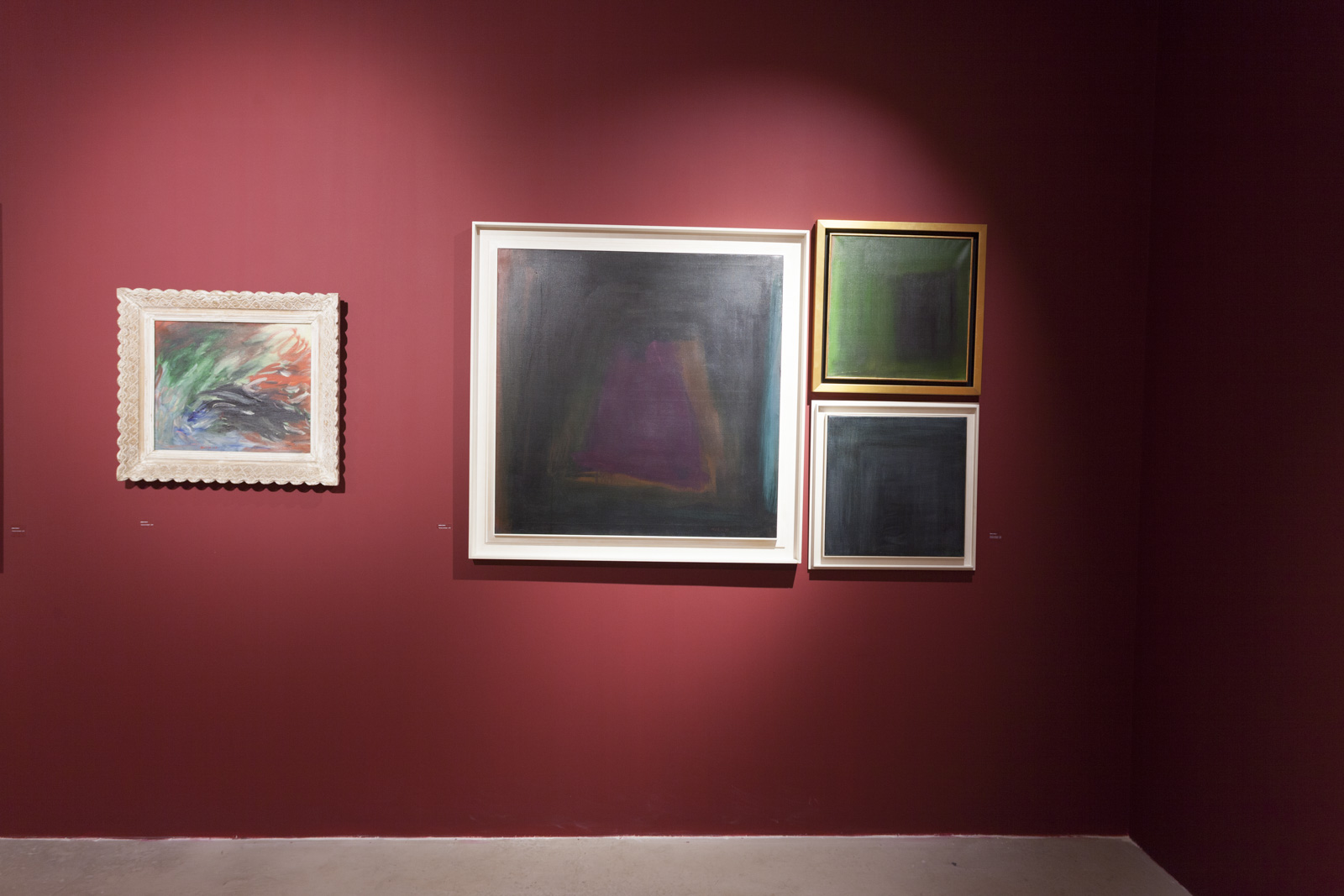
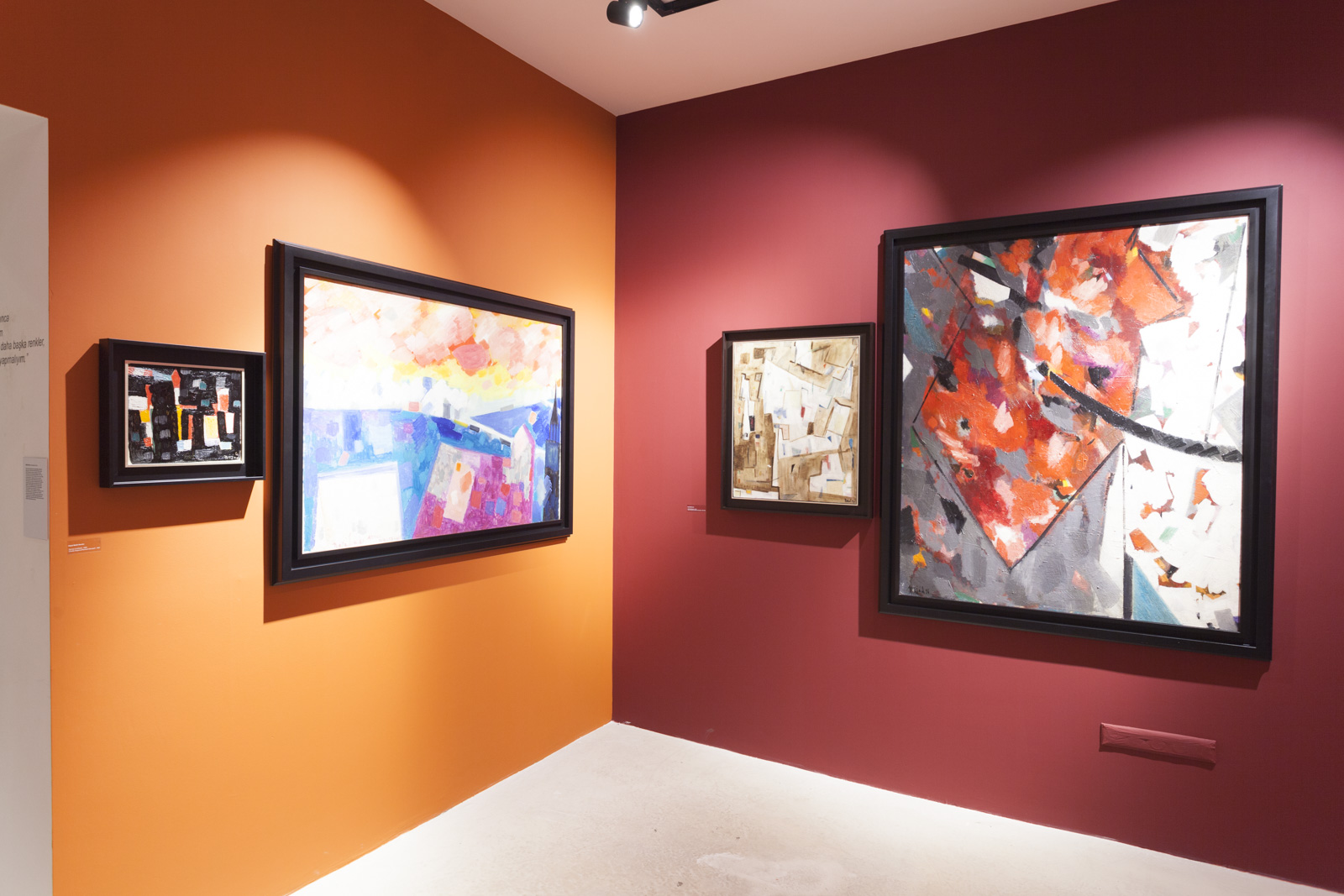
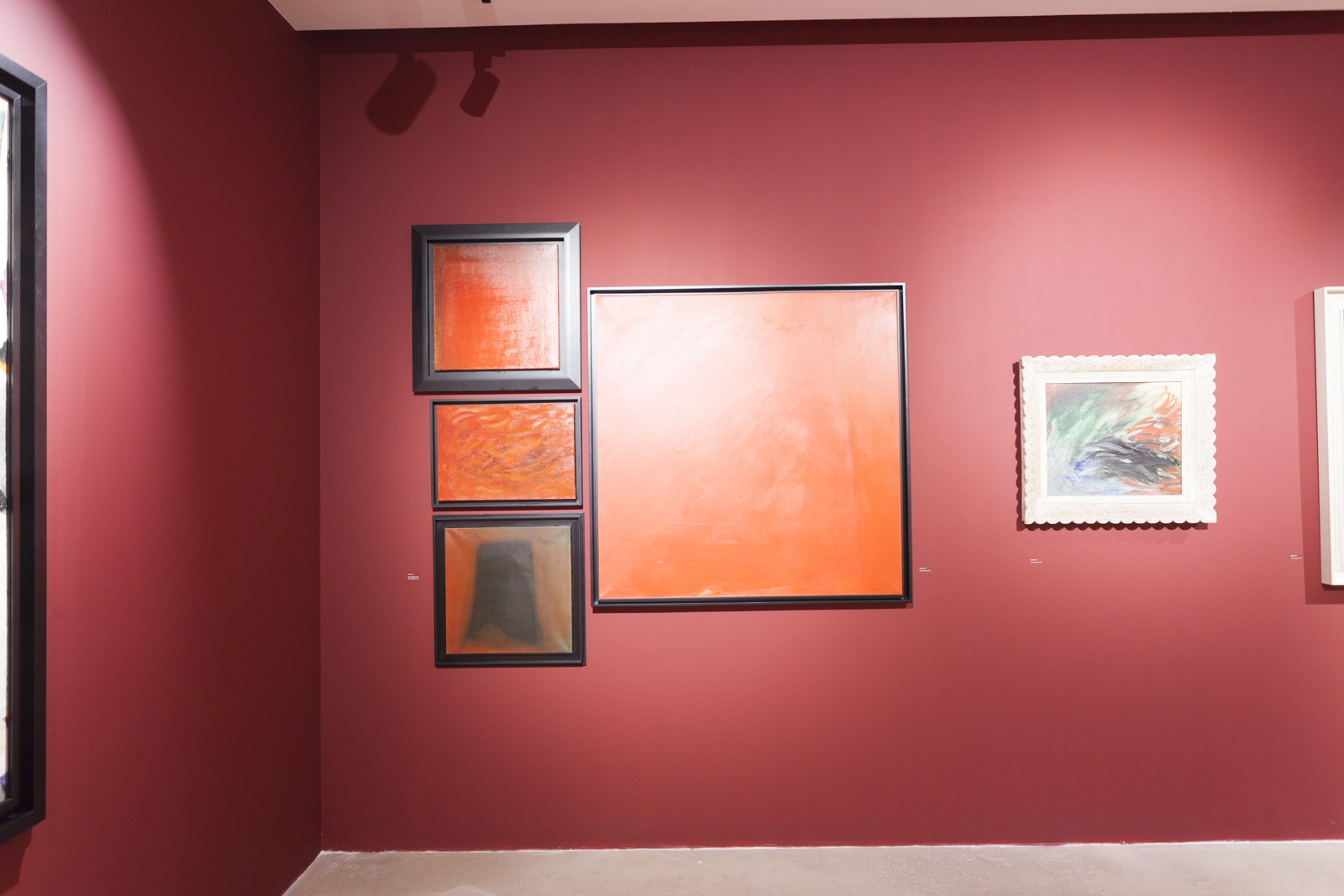
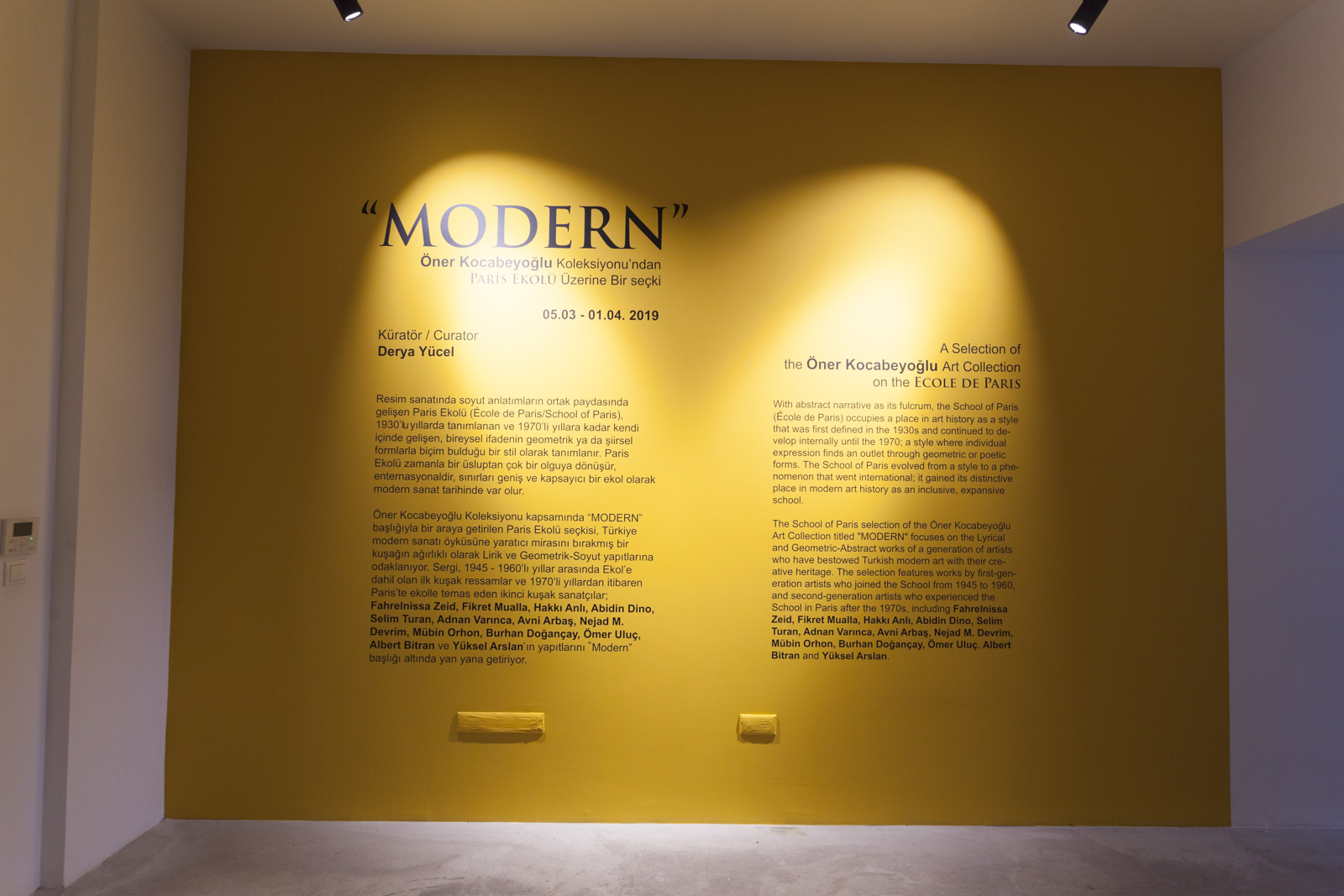
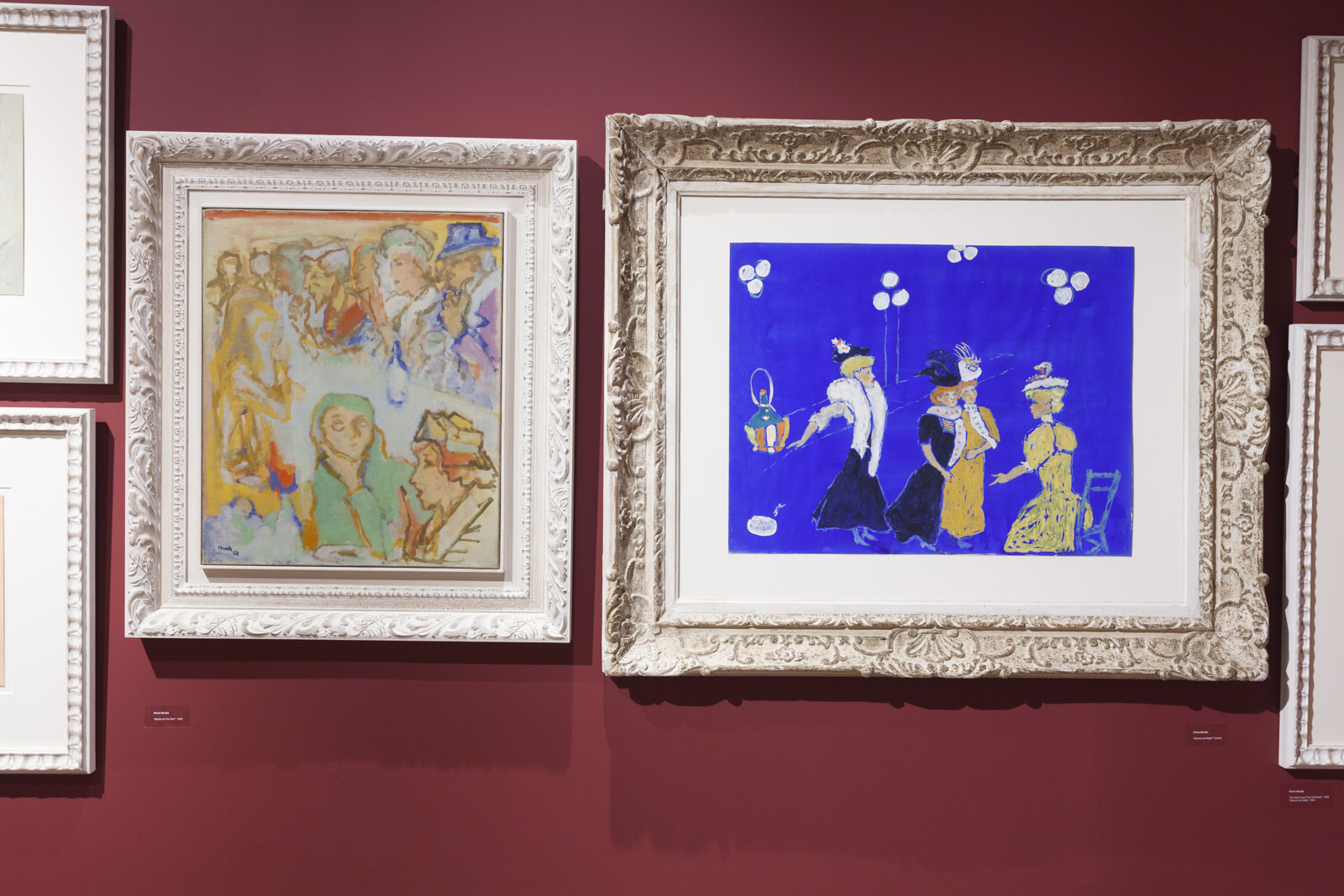
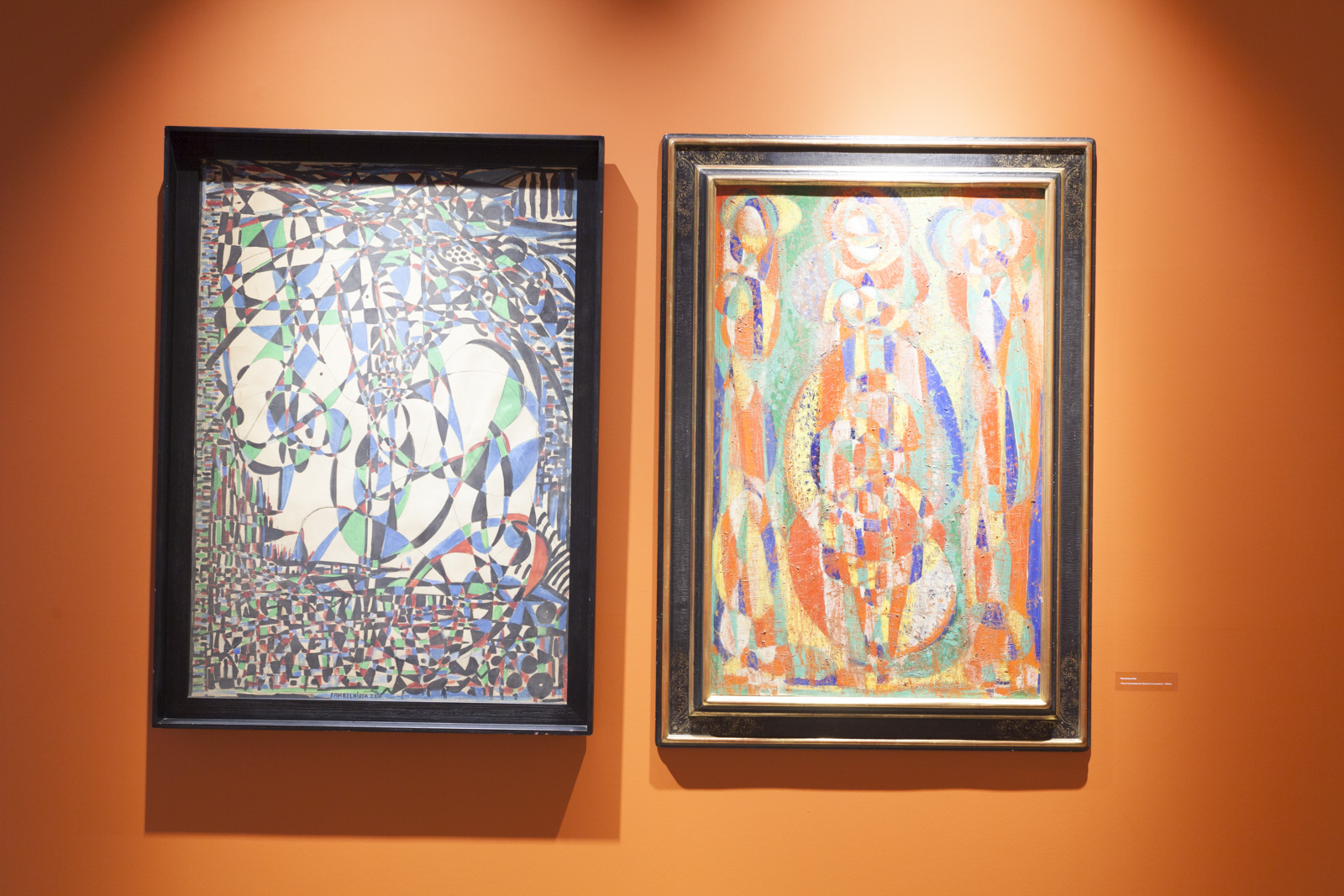
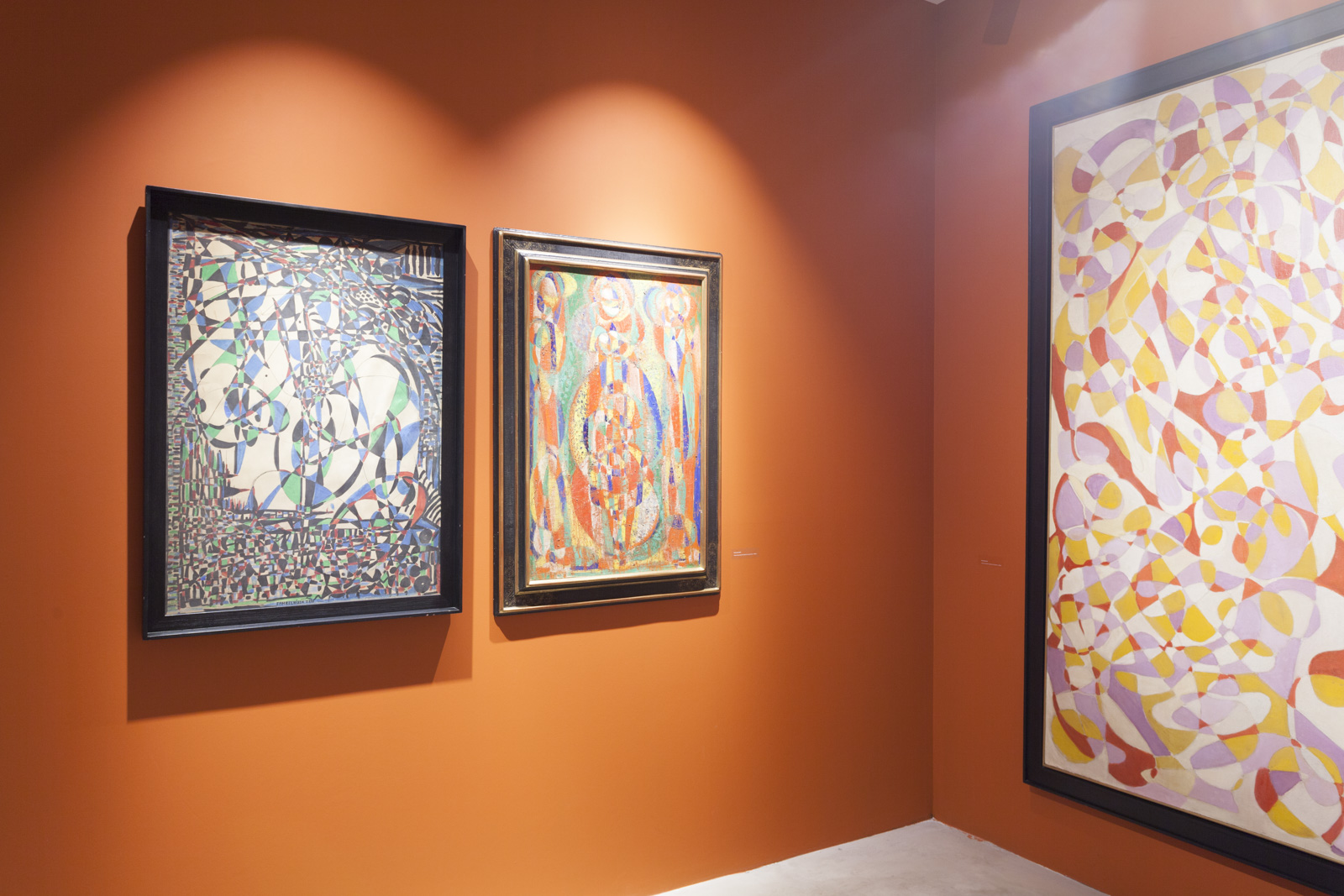
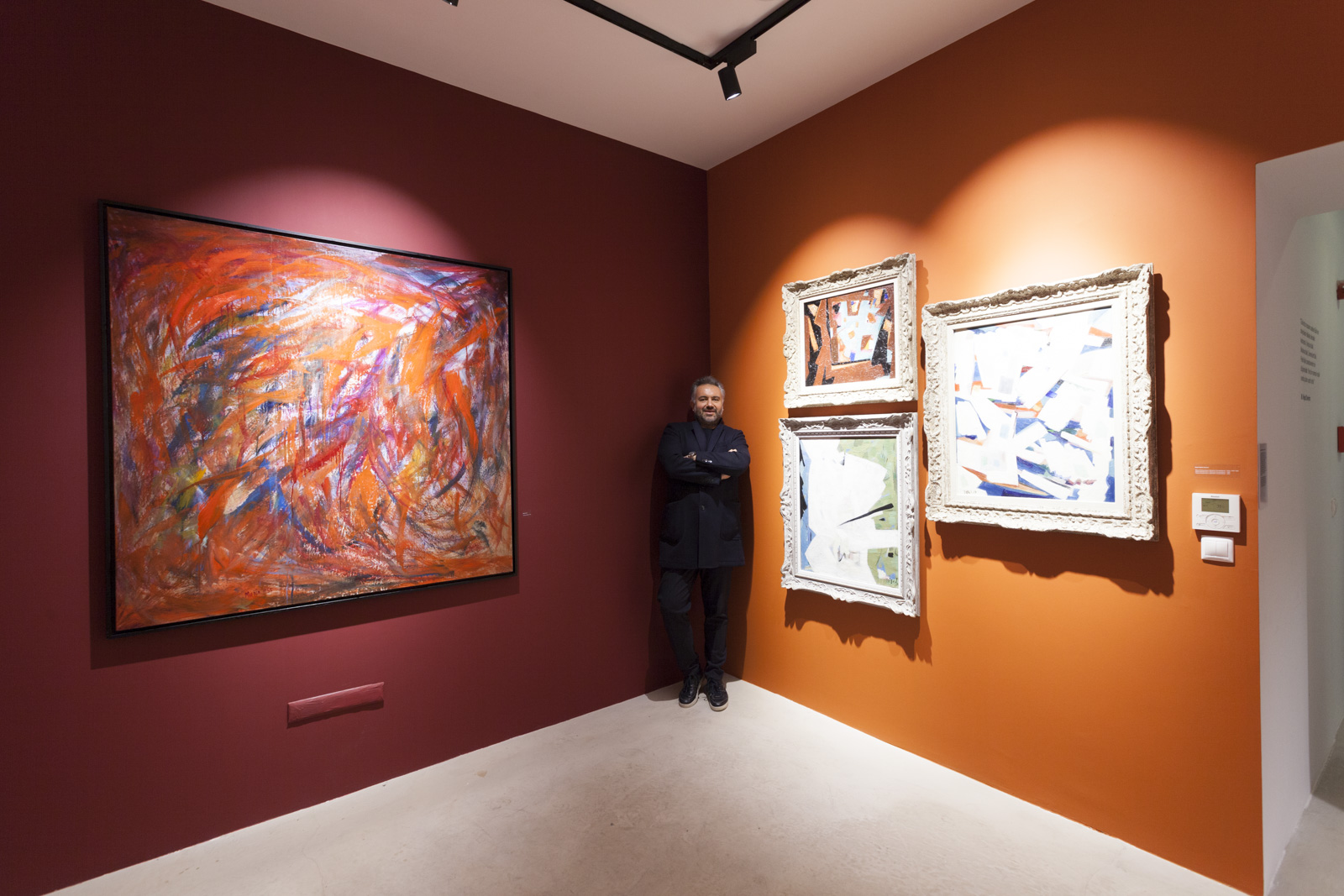
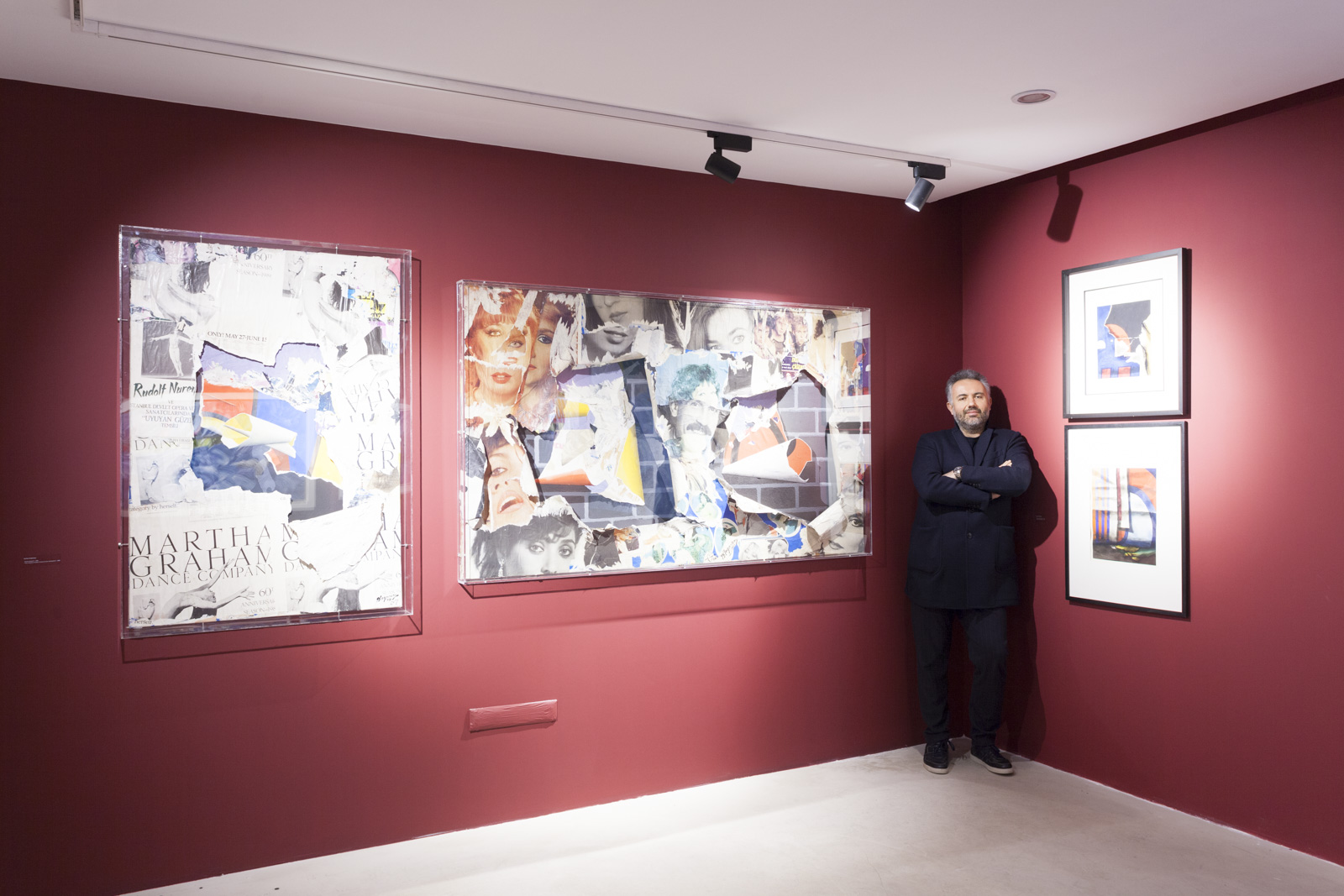
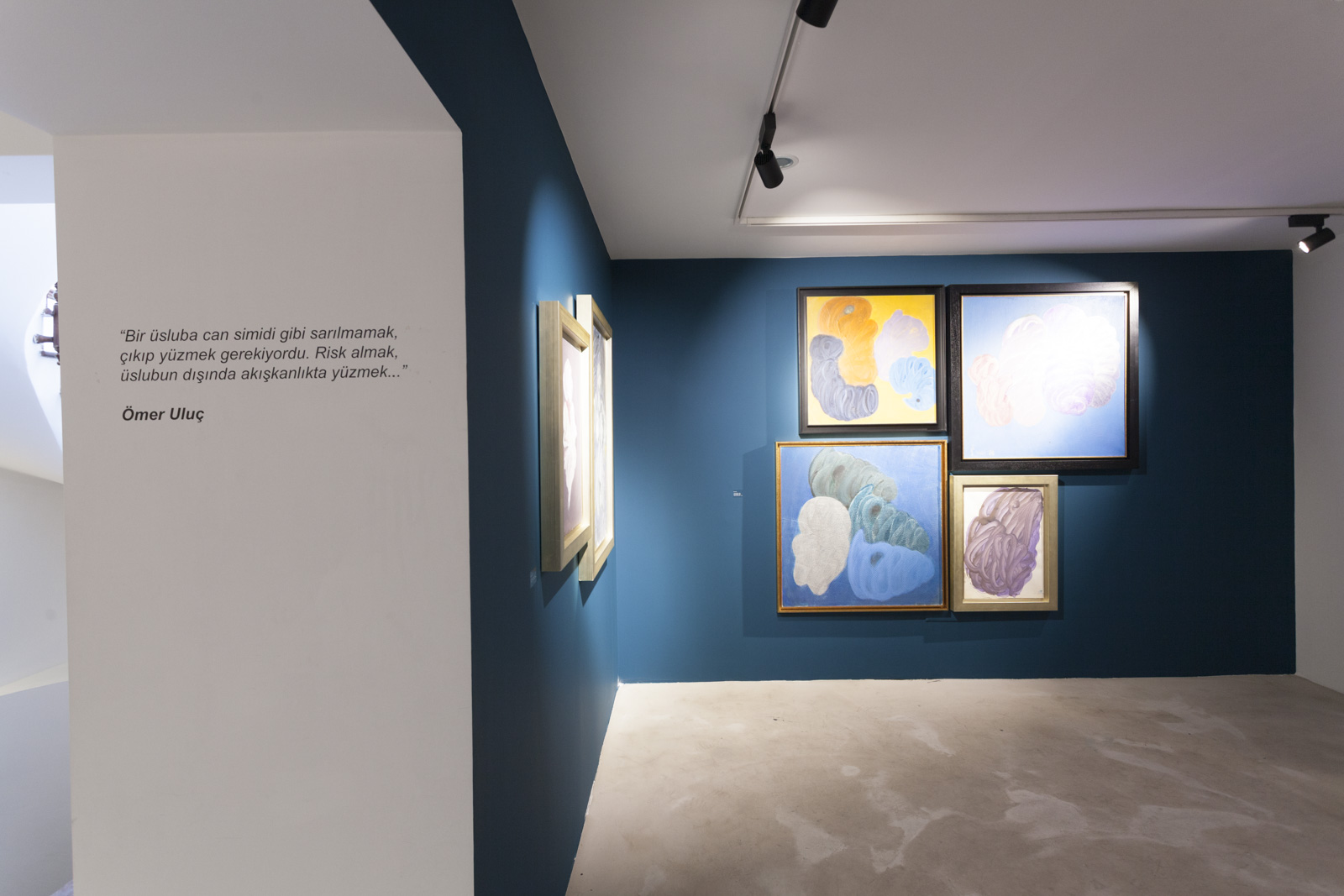
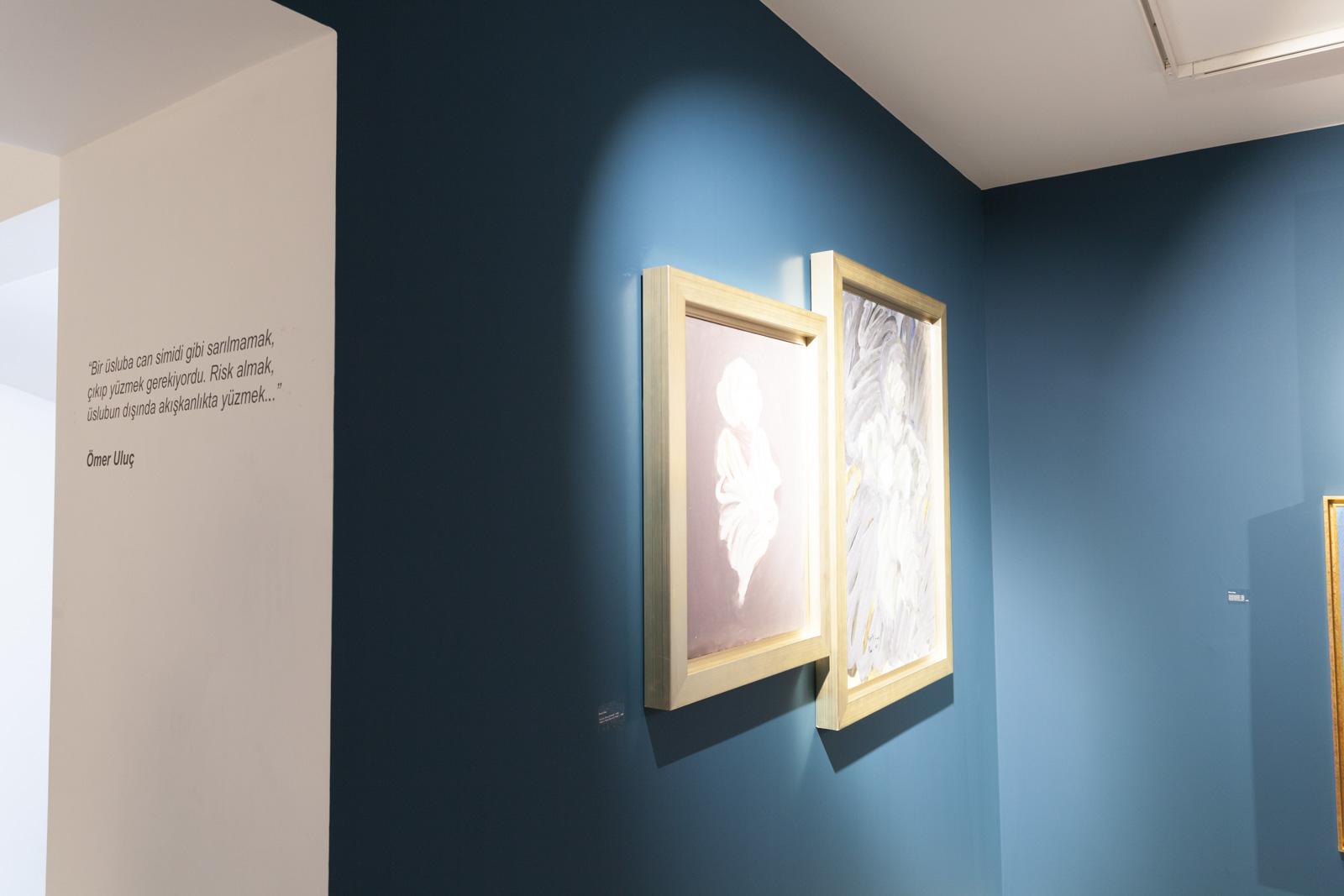
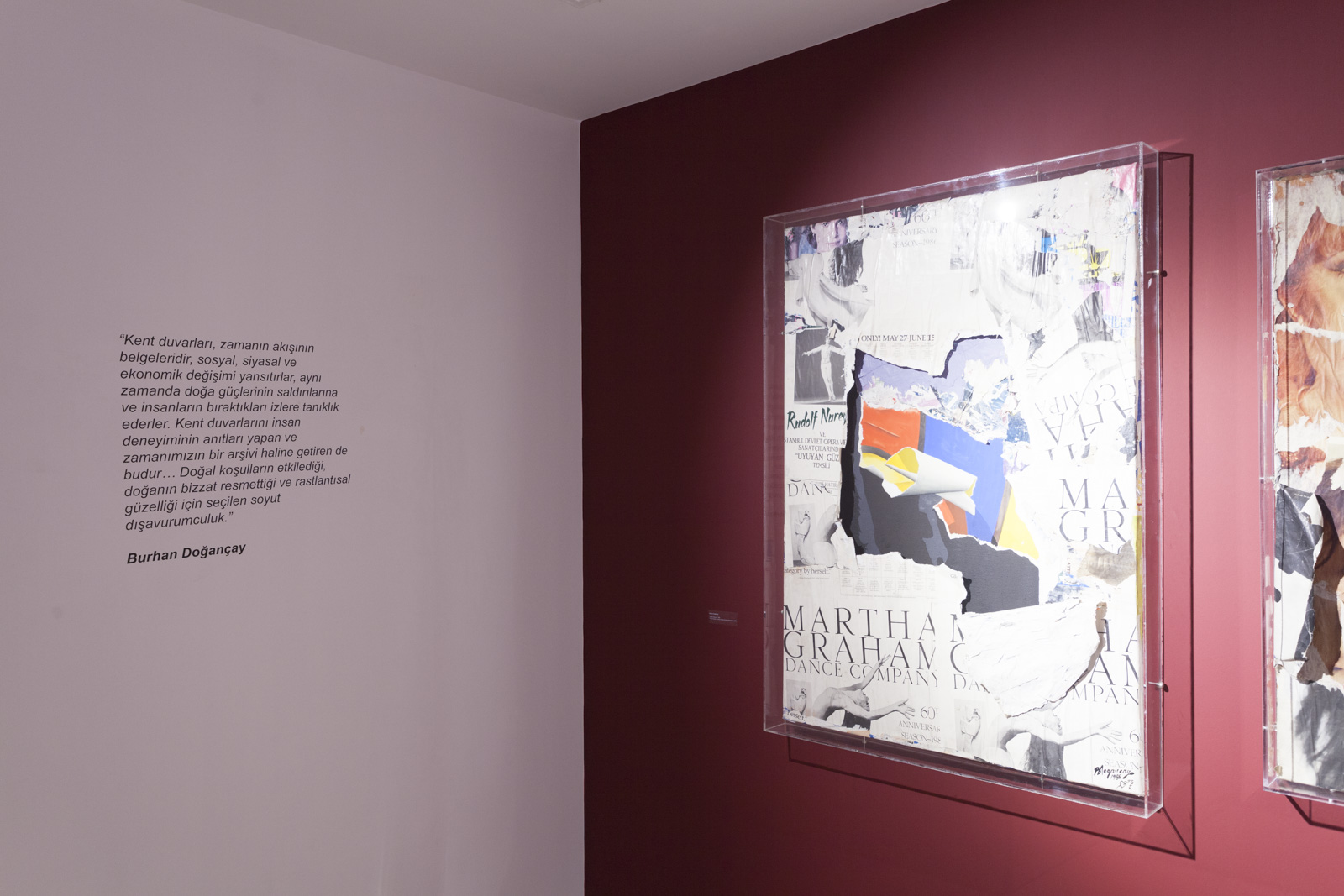
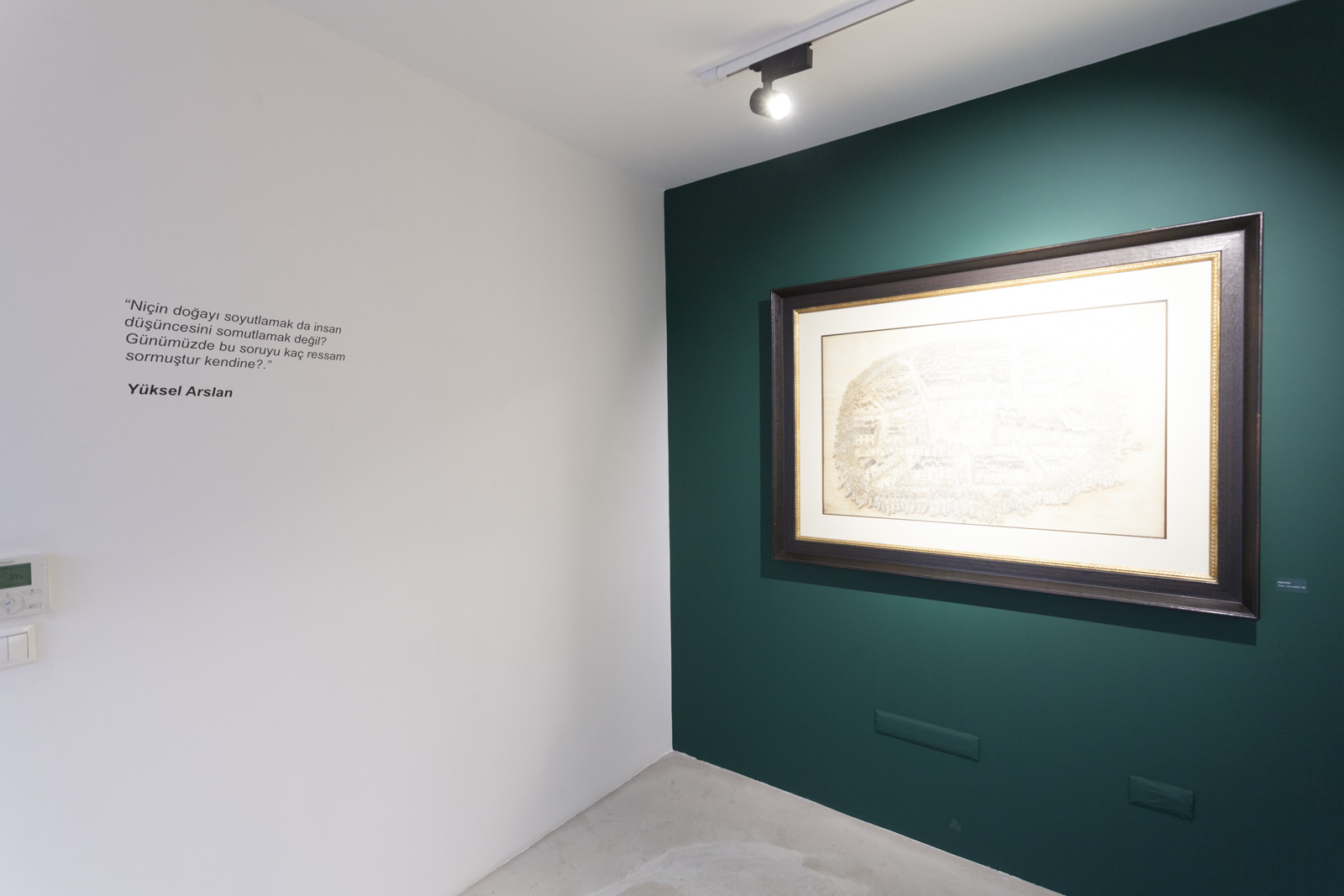
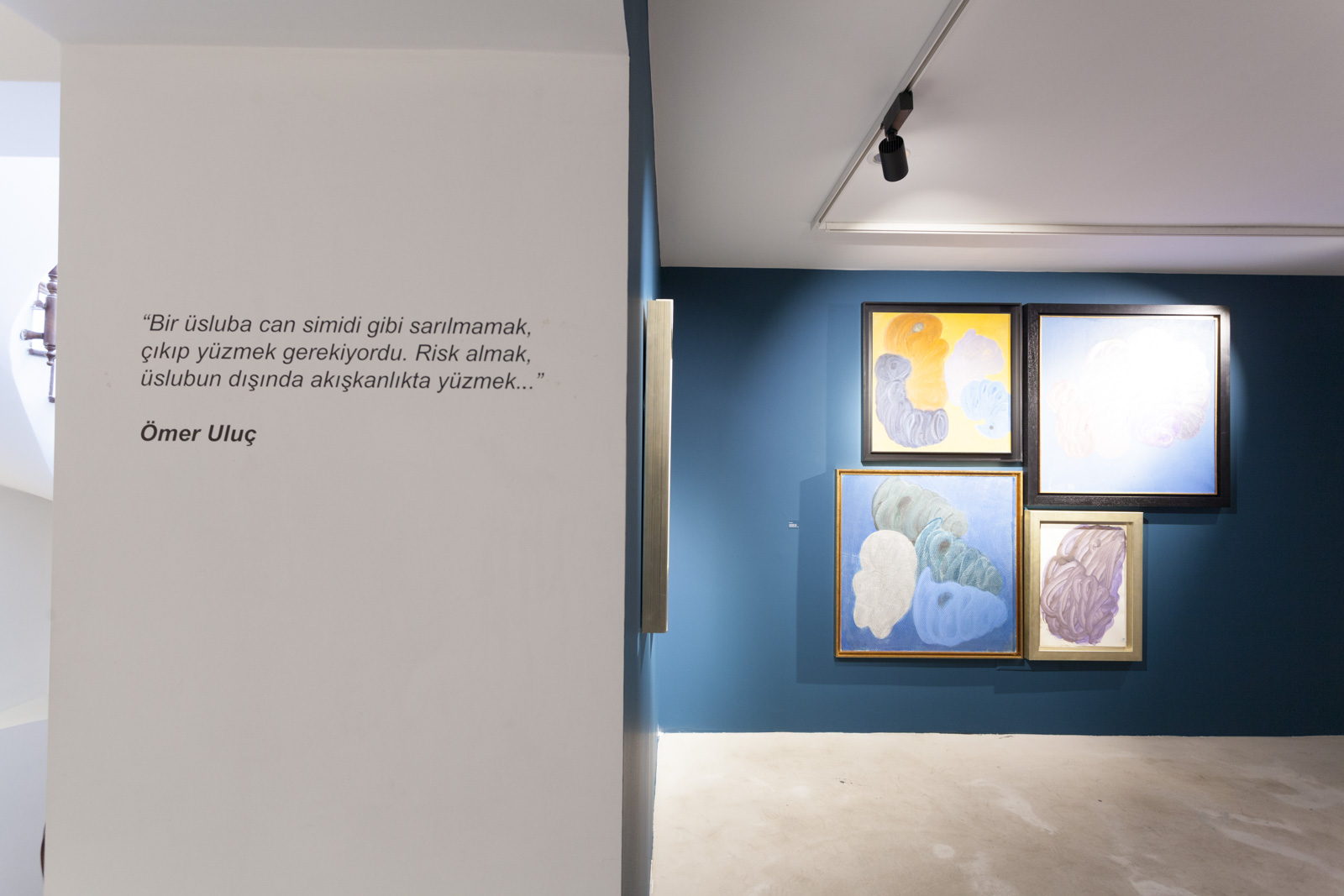
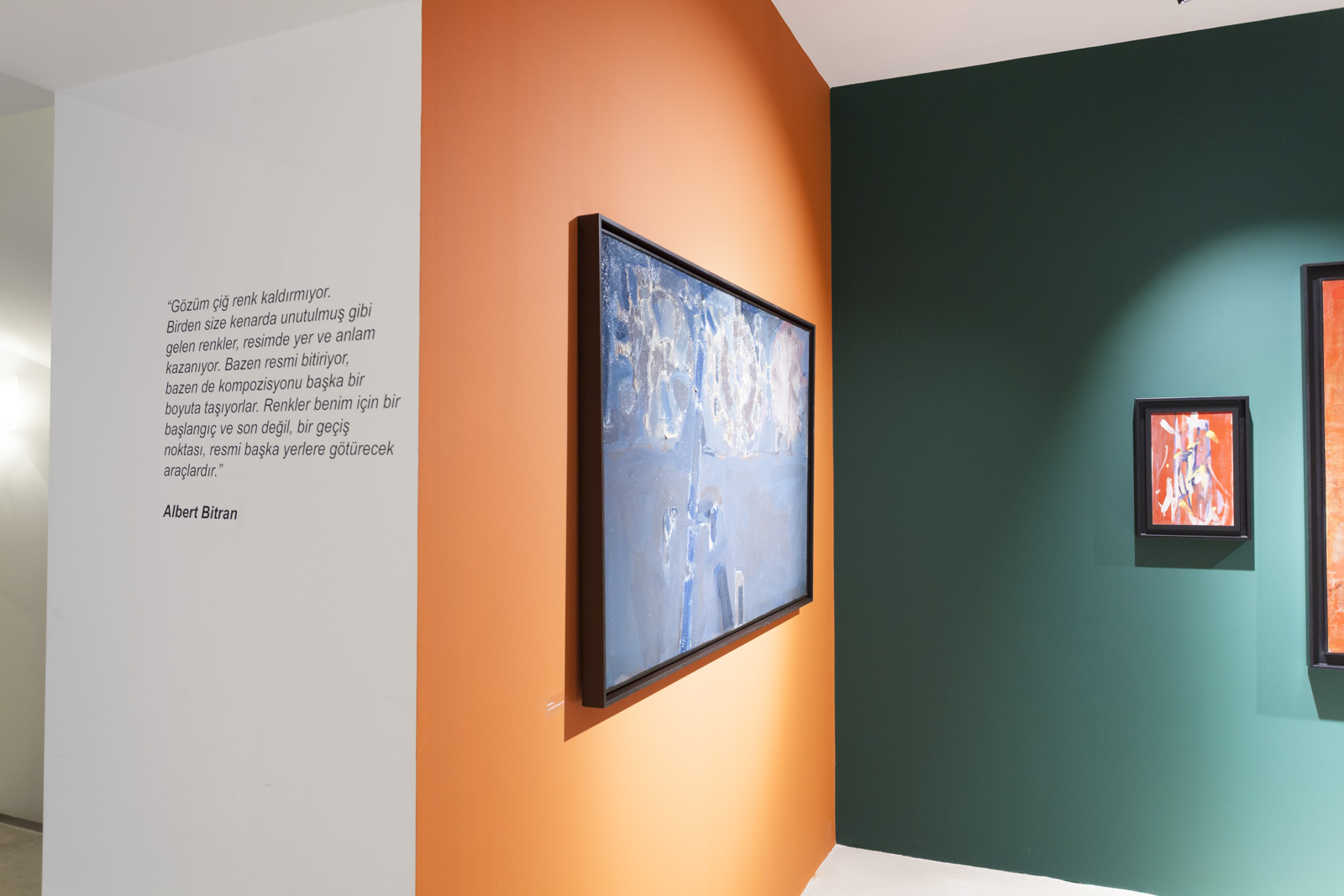
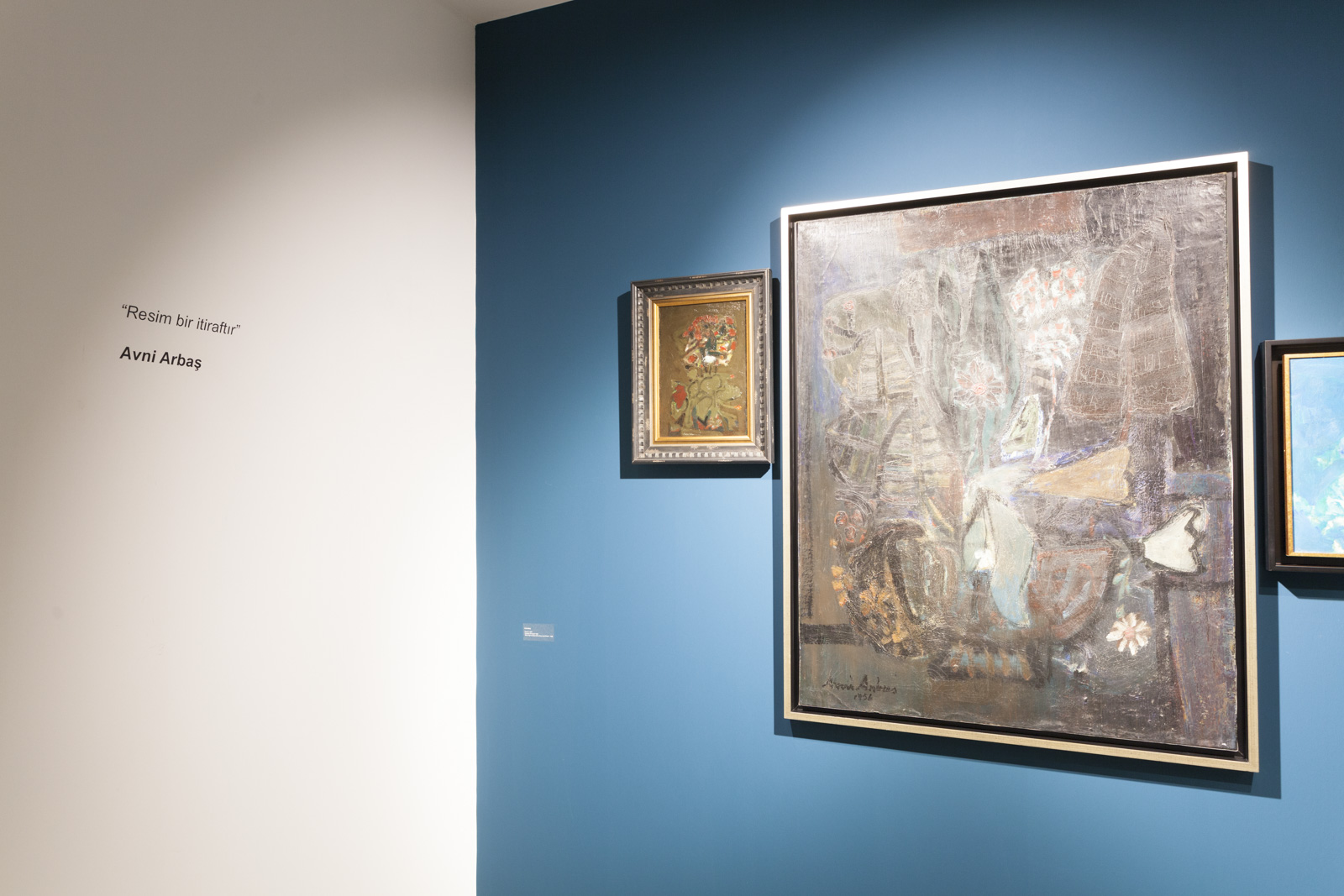
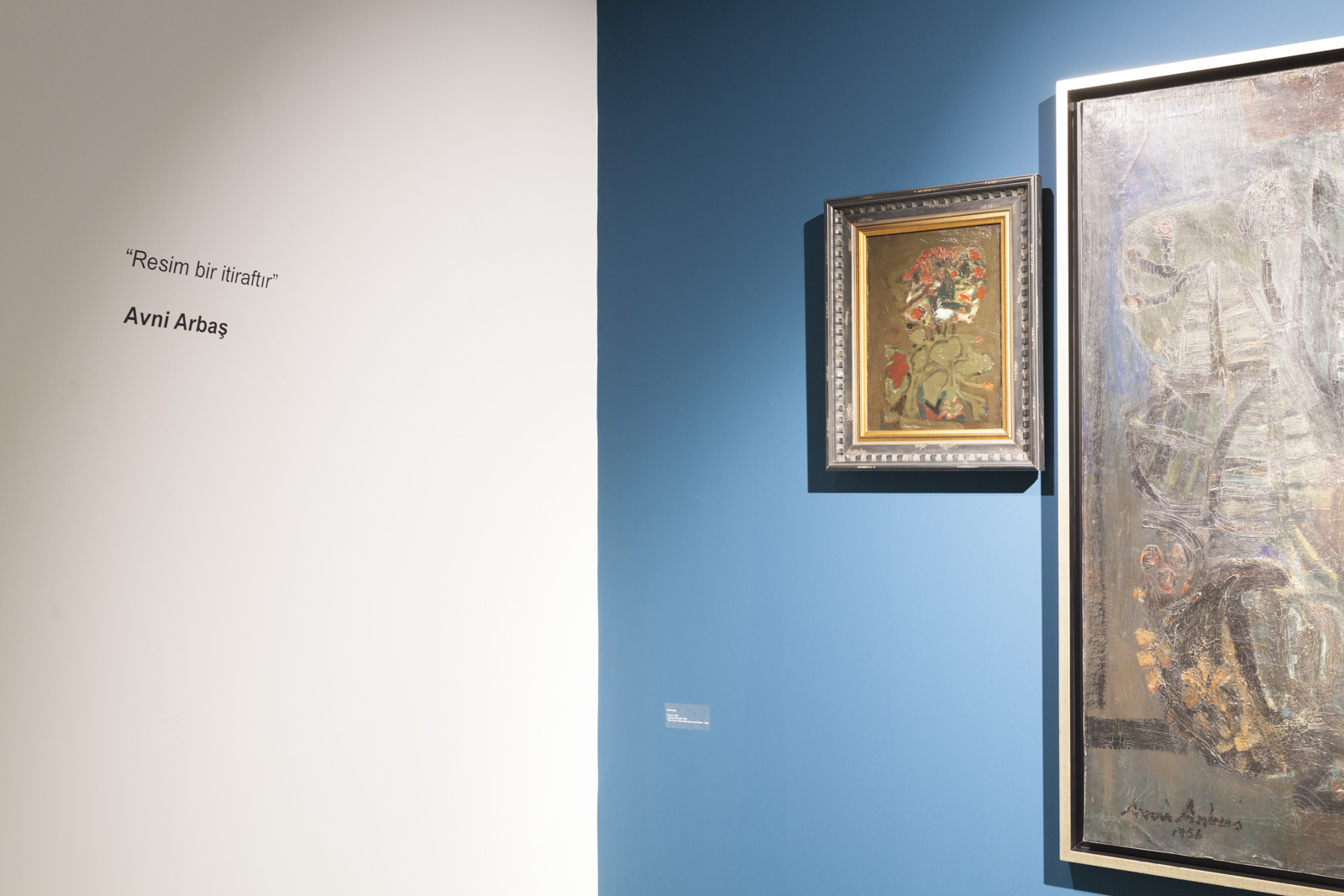
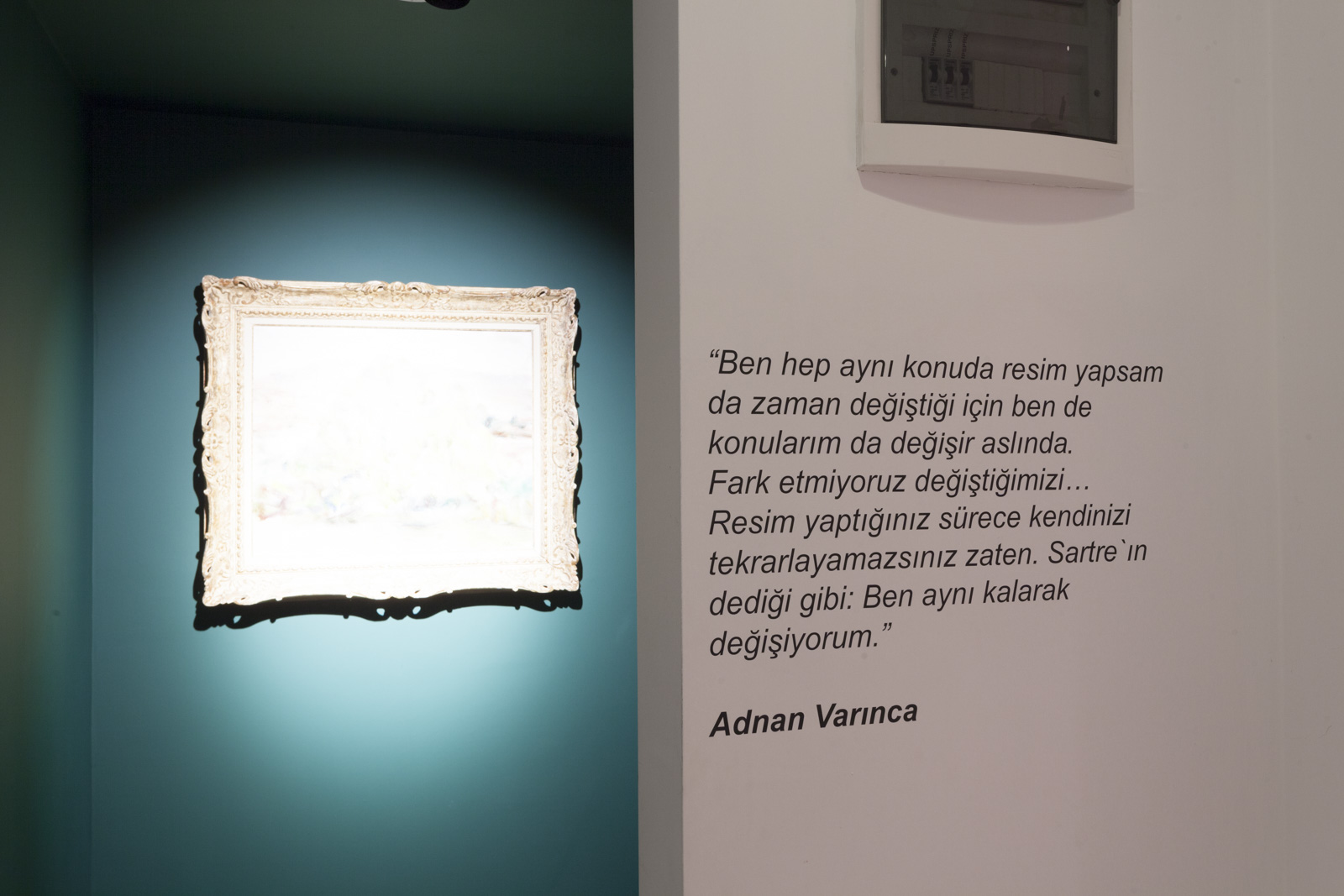
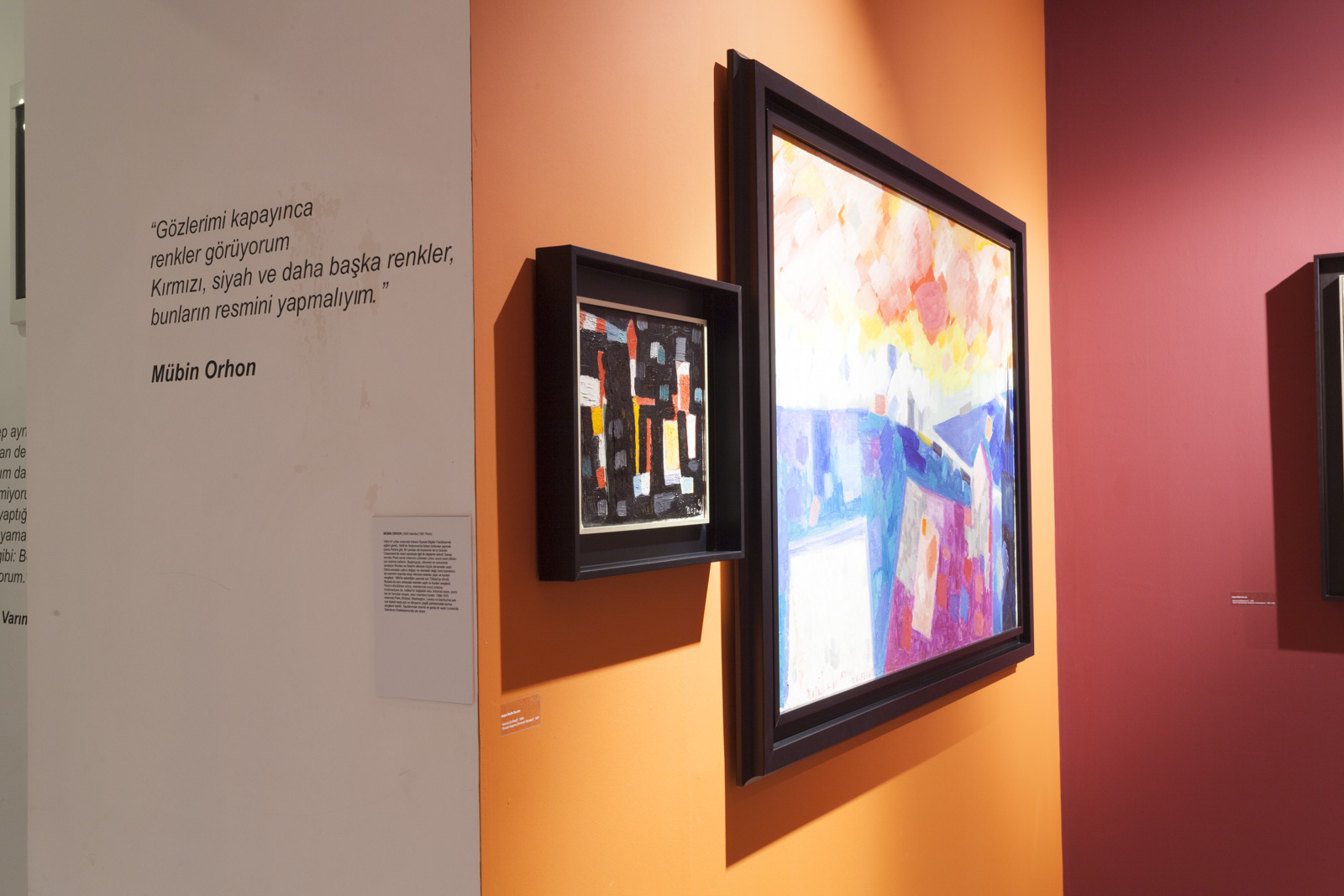
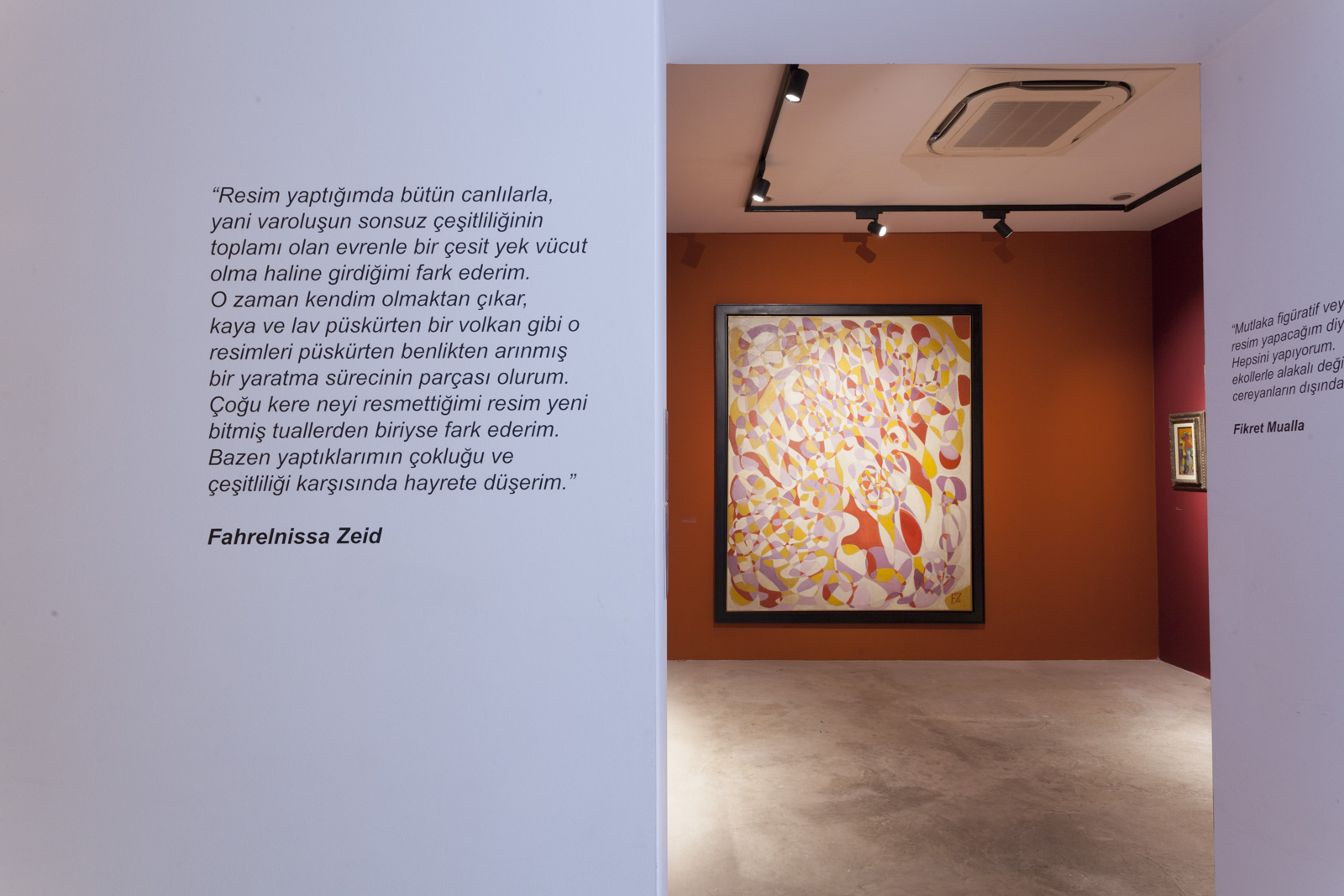
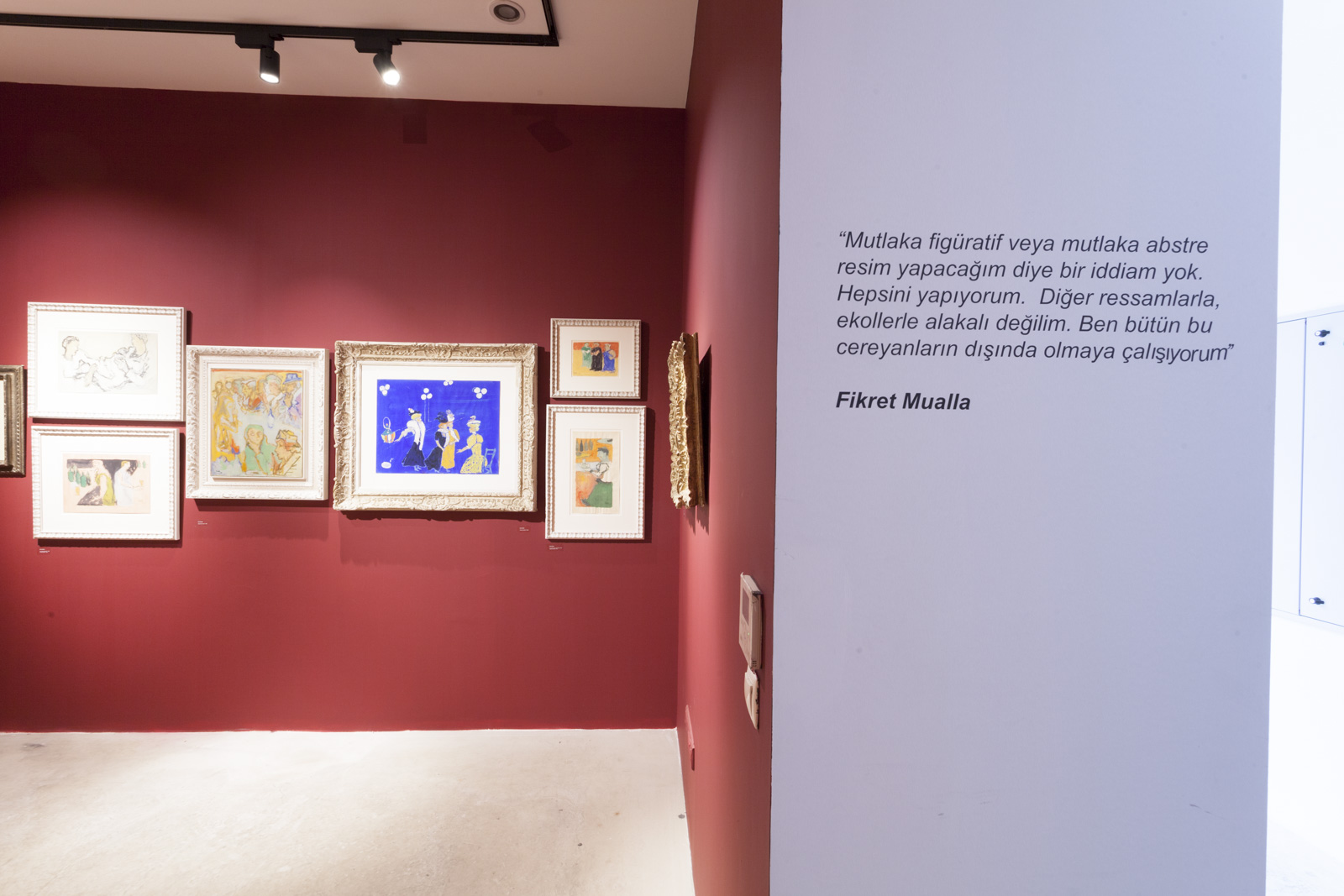
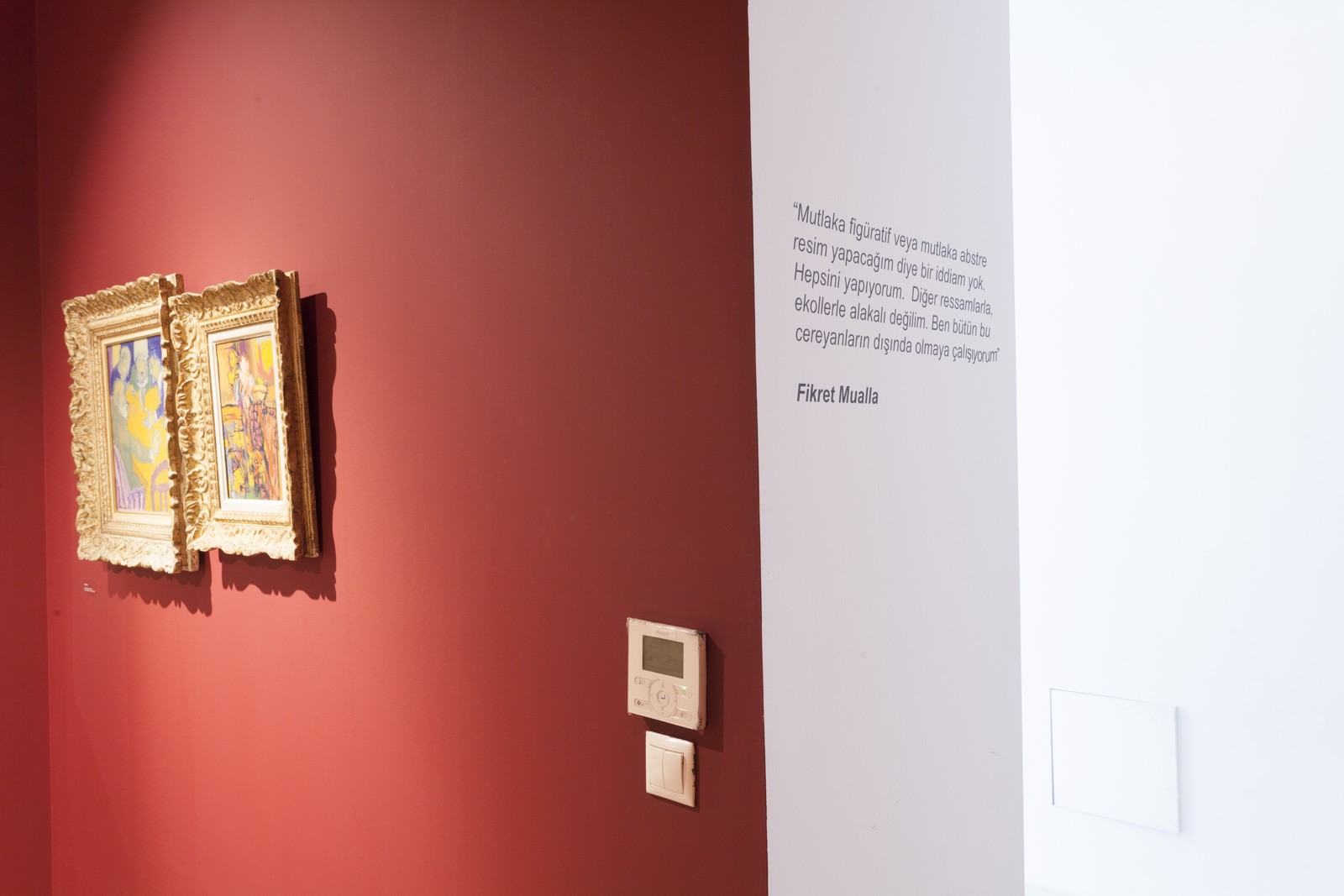
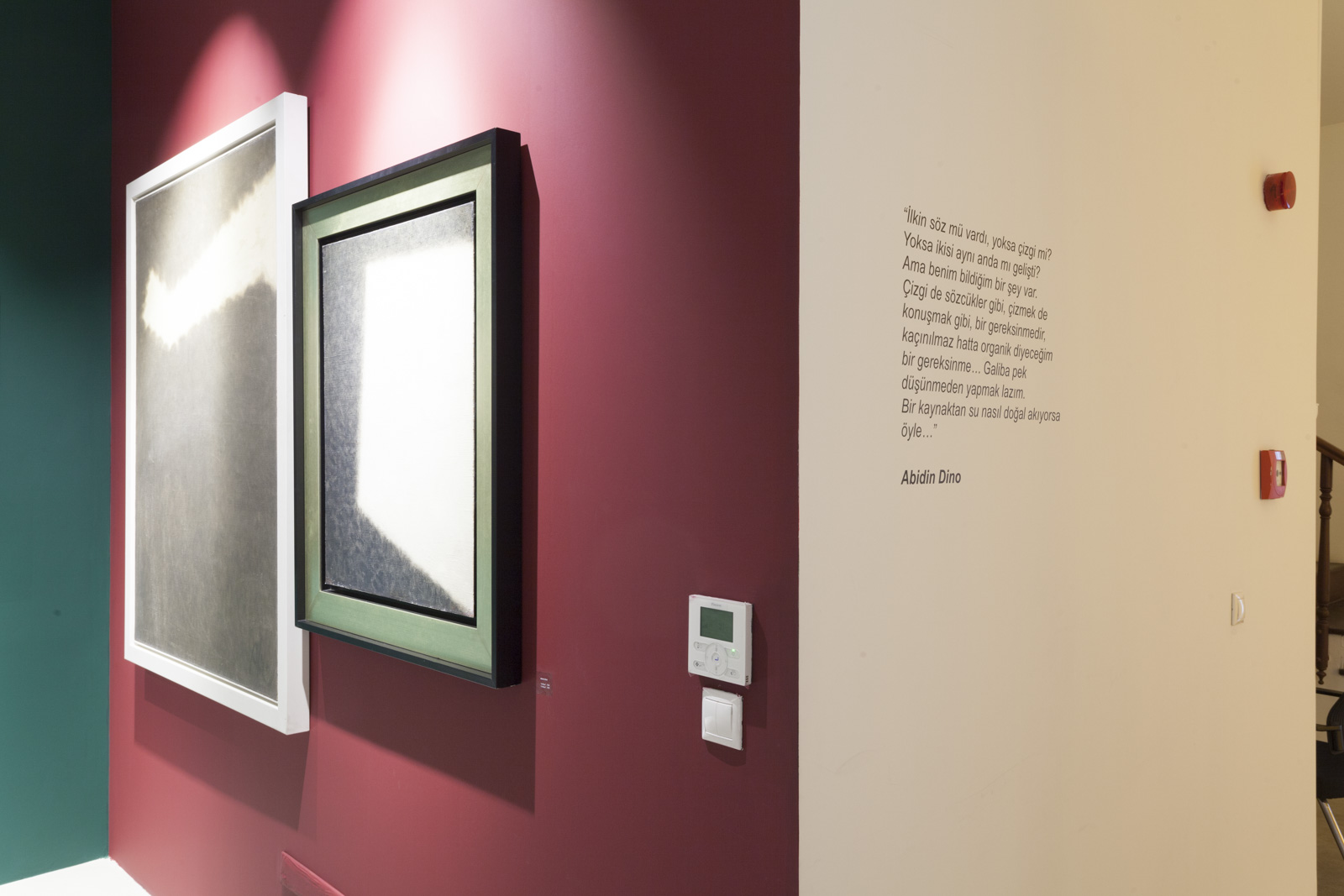
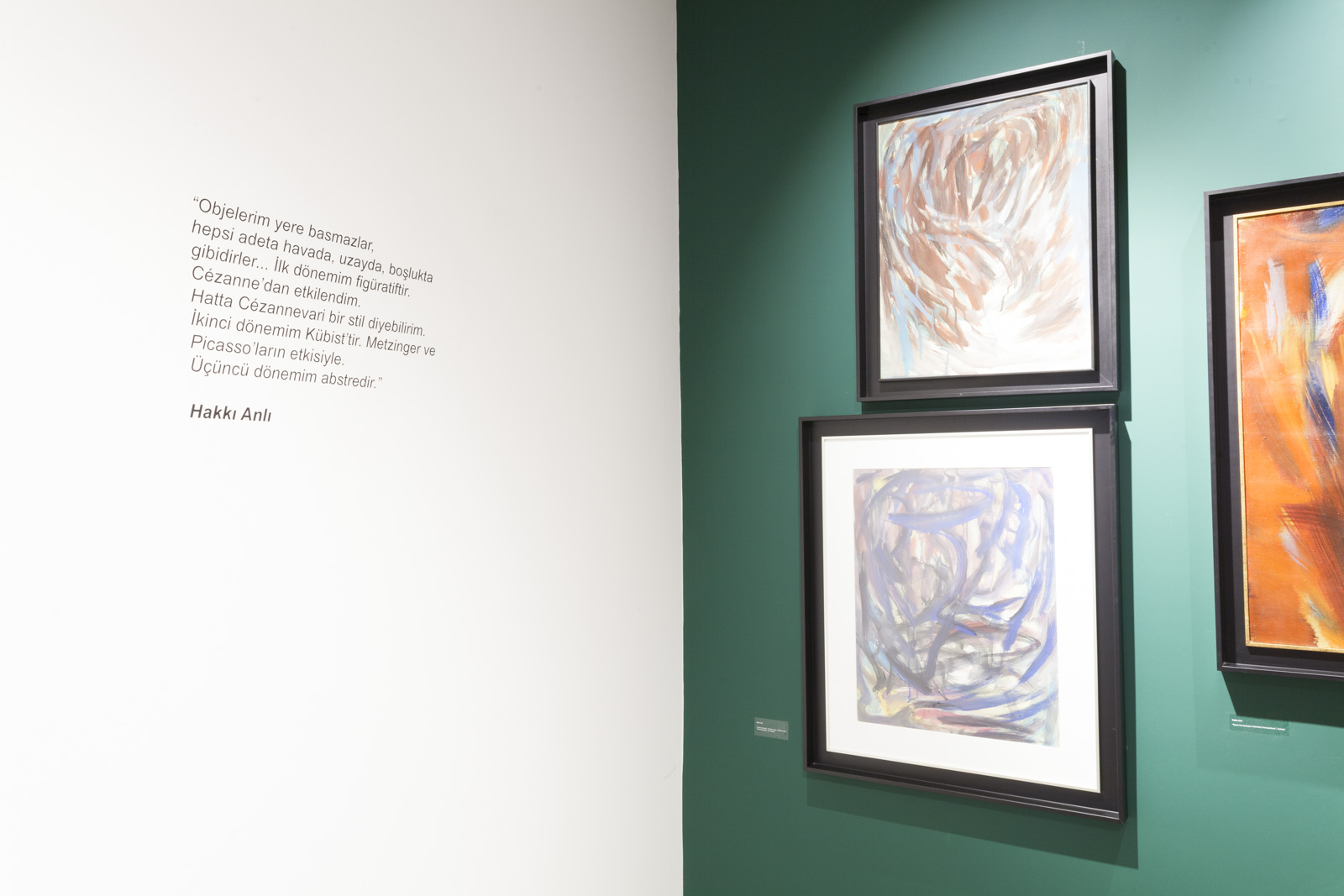
A Selection of the Öner Kocabeyoğlu Art Collection on École de Paris
Curator: Derya Yücel
March 4 – April 1, 2019
Akaretler/ SIRAEVLER No:55
Art's relationship to "reality" was reanalyzed, deconstructed and subverted in the 20th century. Thoughts which argue that the truth or meaning is within the perceived or the image created by the perception focus not on the representation of truth in art, but art's role in achieving "reality". As an object of esthetic experience, the work of art is a liaison between the artist and the spectator, which creates the sensory field of encounter. Abstraction opens a refined space for us to think on the authenticity of this esthetic experience.
With abstract narrative as its fulcrum, École de Paris (the School of Paris) occupies a place in art history as a style that was first defined in the 1930s and continued to develop internally until the 1970s; a style where individual expression finds an outlet through geometric or poetic forms. "School of Paris" is used to describe two distinct groups: One is the non-French artists who lived in Paris from 1910 to 1930. On the postwar period, "New" was added to the term (Nouvelle École de Paris) to describe abstract painters who live in Paris, regardless of whether they are French or foreign. The School of Paris evolved from a style to a phenomenon that went international; it gained its distinctive place in modern art history as an inclusive, expansive school.
The School of Paris selection of the Öner Kocabeyoğlu Art Collection titled "MODERN" focuses on the Lyrical and Geometric-Abstract works of a generation of artists who have bestowed Turkish modern art with their creative heritage. The selection features works by first-generation artists who joined the School from 1945 to 1960, and second-generation artists who experienced the School in Paris after the 1970s, including Fahrelnissa Zeid, Fikret Mualla, Hakkı Anlı, Abidin Dino, Selim Turan, Adnan Varınca, Avni Arbaş, Nejad M. Devrim, Mübin Orhon, Burhan Doğançay, Ömer Uluç, Albert Bitran and Yüksel Arslan.
Bringing together works by artists who were involved in an era of Turkish art history where strong ties were built and works were produced simultaneously with the West, the exhibition takes a fresh look at artists who experienced the School of Paris on surfaces enriched with the sensory properties of color, staining, composition and form, and thus made their mark on modern art history.
The Öner Kocabeyoğlu Collection is one of the leading collections that features significant works by modern, contemporary and emerging artists. Over 1500 works by more than 100 artists in the collection are shared with the public through research, publications, and curatorial exhibitions. Exhibits are loaned to many national and international museums and institutions by way of partnership agreements. The collection has its roots in Turkish artists of the Paris School, and continues to expand with the works of 20th Century Modern Art, post-1960 Contemporary Art, new artists of young generations, and globally-recognized contemporary artists.
“When I paint, I find that I become one with all living beings, or the universe as the sum total of the infinite diversity of existence. Then I cease to be myself and become a part of the creative process that is purged of identity, where I blast out those paintings like a volcano spouting molten rock and lava. More often than not, I need to check a canvas I just finished to understand what I have depicted. Sometimes, I stand in awe at the multiplicity and diversity of what I have made.”
Fahrelnissa Zeid
(Roditi, E., 1988. Dialogues on Art with Fahrel Nisa Zeid, trans. Fatih Özgüven, Milliyet Sanat Dergisi, 206, 16)
“I don't claim to paint figurative or abstract art alone. I paint all of them. I am not tied to other artists or schools of art. I try to remain outside of all trends and movements."
Fikret Mualla
(Dino, A., & Güler, A., 1980 Gören Göz İçin Fikret Muallâ, Istanbul: Cem Publishing 115)
“My current preferred technique is counter-light (contre-jour). My patterns are huge blots on a canvas. But their contours are always luminous. My objects do not rest on the ground; they are suspended, as if in empty space. My first period was figurative. I was influenced by Cézanne. In fact, it is a much Cézanne-like style. Then came Cubism, with the influence of Metzinger and Picasso, that lasted until 1961. My third period is abstract.”
Hakkı Anlı
(Akdora, G., 1987, Objelerim Genellikle Kadın, O, Güzel Estetik Yaratık 2000’e Doğru, February 22-28, 49-50)
“In the beginning, was there word or drawing? Or did the two emerge together? There is one thing I do know though: Lines are like words and drawing is like talking - they are vital, inevitable, or I daresay organic, needs. Not much thought should go into it, I guess. It is not much different from how water flows from the spring.”
Abidin Dino
(Dino, A., 1995, Kısa Hayat Öyküm, Istanbul: YKY, 113)
“Painting is confession.”
Avni Arbaş
(Esra Aliçavuşoğlu, December 11, 1998 Cumhuriyet, 6)
“After my hugely successful exhibition in Warsaw this year, I can confirm that the vista of modern art will not be constrained to Cézanne’s Sainte-Victoire Mountains or Picasso’s Côte d’Azur. The artist of today should not limit their appeal to Western audiences; they should consider viewers in Warsaw, Moscow, Samarkand or Peking. There is a new sphere of common artistic existence."
M. Nejad Devrim
(Dostoğlu, H., 2001 Nejad 1923-1995, Galeri Nev, Mas, Istanbul)
“I see colors when I close my eyes. Reds, blacks, other colors. I need to paint them.”
Mübin Orhon
(Melda Kaptana, 2003. Ben Bir Bizans Bahçesinde Büyüdüm, Yapı Kredi Publishing, Istanbul)
“Art cannot exist when truths are being reinvented all the time. Every art movement grows old, quickly becomes academic. Once accepted by the society, it begins to repreat itself. It becomes a prescription refilled by everyone. It evolves into a habit that has long forgotten its reason for existence. This is what fashion or snobbishness is all about. True art can only exist by developing, being in movement, being reborn every moment. Therefore, if a form of art is readily accepted by the society, the artist should have an inkling of self-doubt."
Selim Turan
(Turan, S., 1969. Sanat ve Toplum, Tiglat, Istanbul)
“I may always paint about the same topic, but since the times change, so do myself and my subjects. We just don't notice this change... Besides, it's impossible to repeat yourself as long as you keep painting. Just like Sartre said: I change by remaining constant.”
Adnan Varınca
(Doğanın Özünü Tuvaline Taşıyan Ressam: Adnan Varınca, antikalar.com, 09.12.2011)
“I can't stand garish colors. When I see straight-up purples, yellows, cold blues, all I can think of is to cover them somehow, sully them. Colors that feel like they have been cast aside suddenly rise to eminence and significance in art. Sometimes they complete the picture, sometimes they move the composition to a different level. To me, colors are not the be-all and the end-all; they are transition points, instruments that will lead the painting elsewhere.
Albert Bitran
(Sönmez, N., June 13, 2000 "İstanbul Gezintilerim resmime Yansıdı Albert Bitran" Cumhuriyet)
“Why abstract the nature but not solidify human thought? How many artists have asked themselves this question?”
Yüksel Arslan
(Edgü, F., 1982, Arslan, Ada Publishing, Istanbul)
“Instead of hanging on to a style like a lifeline, I needed to let it go and swim on my own. I needed to take a risk, swim against the current of styles."
Ömer Uluç
(Burcu Pelvanoğlu, May 22, 2010 By Ömer Uluç on Ömer Uluç, Fotografya)
“City walls document the flow of time; they reflect social, political and economic changes while bearing witness to the assault of the elements and traces left by humans. This is what makes city walls edifices to the human experience and an archive of our times. It is abstract expressionism shaped by the elements, depicted by nature, and chosen for its arbitrary beauty.”
Burhan Doğançay
(Half a Century of City Walls: Burhan Doğançay Retrospective Book, May 23 - September 23, 2012, Istanbul Modern)















































































